Fort Island Trail Park
Lithia Springs Conservation Park
Halpatiokee Regional Park
Ais Trail Park
Grayton Beach State Park
Black Water Creek
Bahia Honda State Park
Bahia Honda State Park, located at mile marker 37 in the Florida Keys, is made up of over 500 acres and an offshore island that is waiting for you to explore. Henry Flagler’s historic Overseas Railroad is a stark reminder of the 1937 Category 5 Labor Day Hurricane.
Bahia Honda State Park is best known for its beaches, Calusa and Sandspur Beach. Favorite water activities include snorkeling, swimming, and scuba diving. Canoeing, kayaking, and boating are popular with easy access to both the Gulf of Mexico and the Atlantic Ocean. Watch for sea turtles and bottle-nosed dolphins.
Snorkeling tours offer the opportunity to explore the sea life at Looe Key National Marine Sanctuary. Look for starfish, spiny lobsters, queen conchs, and nurse sharks.
Saunter along the nature trail that leads you to the Old Bahia Honda Bridge. Enjoy the view while you admire herons, egrets, and ibises. A 3-1/2 mile hard surface road runs the length of Bahia Honda and is a perfect way to enjoy the park on your bicycle.
Bring your lunch and eat at a picnic area with a grill. Leashed pets are allowed in very limited areas.
For those who want to take a few days to experience all that Bahia Honda State Park has to offer, campsites are available for tents and RVs. There are six furnished cabins that accommodate 6 people in each.
Be sure to stay for stargazing. Bahia Honda Key is the darkest location in the Florida Keys.
For more information: https://www.floridastateparks.org/bahiahonda/
Photo Credit: Dan, Nancy, and Christian Kon
National Key Dear Refuge
National Key Dear Refuge
Established in 1957 to protect and preserve in the national interest the Key deer and other wildlife resources, the 9,200-acre National Key Dear Refuge consists of salt marsh wetlands, mangrove forests, freshwater wetlands, pine rockland forests, and tropical hardwood hammocks. Twenty-three endangered and/or threatened animals and plants live in the refuge.
National Key Dear Refuge is surrounded by saltwater and easily accessible on Big Pine Key. Because of karst bedrock, freshwater is stored in the bedrock’s holes and crevices. This freshwater is necessary for Key Deer and other plant and animal species to thrive.
Visiting National Key Dear Refuge on Big Pine Key:
Drive the Speed Limit. Key Deer and other wildlife share the roads with you.
Be sure to stop at the Visitor Center to learn about how to avoid poisonwood trees and stay safe on a trail where you may encounter snakes and alligators.
Saunter along the trails at The Blue Hole. https://www.imagineourflorida.org/blue-hole/
Discover endangered Bartram’s scrub hairstreak butterflies, endangered Lower Keys marsh rabbits, and the endangered Key Deer. https://www.imagineourflorida.org/key-deer/
There are 40 species of reptiles, including alligators and crocodiles, waiting to be discovered. Look for over 250 migratory and resident bird species, including the rarely seen Mangrove Cuckoo. Snakes, including the threatened Eastern Indigo call the refuge home.
Leashed dogs are welcome.
Learn more here:
https://www.fws.gov/refuge/National_Key_Deer_Refuge/
Photo credit: Dan Kon, Nancy Kon, Christian Kon
Lake Louisa State Park
Lake Louisa State Park
If you are looking for somewhere to get some fresh air and see some of Florida’s natural beauty, then this is the place to go! Just north of Orlando, off Highway 27 in Clermont, is Lake Louisa State Park. It is open every day of the year until sundown. Lake Louisa State Park lies in the Green Swamp and within the northern boundary of Lake Wales Ridge. The wetlands create natural flood control while supplying the aquifer with filtered water. The Hillsborough, Withlacoochee, Peace, and Ocklawaha Rivers all originate from The Green Swamp.
Camping, hiking, biking, canoeing, kayaking, paddle boarding, and horseback riding are activities waiting to be enjoyed. Guided horseback and kayak tours are great ways to see the park. It is a good idea to bring water and snacks or pack a picnic. Lake Louisa State Park features three major lakes, several smaller lakes, 20 miles of trails, and 7 miles of paved roads.
The park offers trails ranging from a half a mile to 5.5 miles where you can explore 11 different ecosystems. Dudes Loop at 0.5 miles and Compton’s Loop at 1 mile are the shortest trails. South Trail is 1.2 miles and Sandhill Loop is 1.5 miles. The mid-level trails are Big Creek Loop and Bear Lake Loop at 2 miles long, and South Loop at 2.5 miles. The more challenging trails are the Nature Trail at 3.5 miles and Bronson Loop at 5.5 miles. Be sure to get a map at the Ranger Station. The Rangers are very helpful and knowledgeable about the park.
Compton’s Loop Trail has some geological formations of limestone and red clay swirling together to make very pretty colors in the rock. The rock has eroded over time, forming a tiny cliff. The trail leads you through the trees and sable palms up to a hill with tall pine trees and a view of the rolling hills. Make sure to check out the very scenic Lake Louisa Beach that has a long boardwalk with a swampy marsh underneath. Mangrove trees growing out of the water keep the boardwalk nicely shaded. The boardwalk leads you to a sandy swimming area with a playground and picnic table. Bear Lake is a great scenic spot that offers boating access for your handheld watercraft. Bear Lake Loop and Bronson Loop circle the lake and are wonderful trails to immerse yourself in nature and for wildlife viewing.
Look for bobcats, white-tailed deer, tortoises, fox squirrels, and rabbits. Near the lakes, you may see alligators, snakes, and otters. The ranger is happy to give guides to identify some of the snakes who are native to the area, as well as a guide for identifying tracks along the trails. There is so much to #explore and #discover at Lake Louisa State Park for any level adventurer!
For more information and trail map: https://www.floridastateparks.org/pa…/lake-louisa-state-park
Written by Briana Gunnell ~ Valencia student and IOF volunteer
Photo Credit: Briana Gunnell
Cedar Key
If you are looking for a place to escape the hustle and bustle of life, look no further than Cedar Key. A place where the locals greet you with friendly smiles, where shorebirds frolic in the waters, ospreys soar overhead, and a multitude of habitats are waiting to be explored. Your trip begins on Highway 24 in Levy County, where you drive from the mainland on low bridges, over picturesque channels, and salt marshes onto Cedar Key.
A pencil factory was once located on Cedar Key, where the cedar trees supplied the wood for the pencils. The first Florida coast-to-coast railroad ended at Cedar Key before it was rerouted to Tampa. Shell mounds give us a look into the lives of the indigenous people who called Cedar Key home long ago. Today, about 800 permanent residents welcome visitors to their unique island.
Cedar Key is a Nature Lover’s paradise, where visitors can stroll along nature trails, birdwatch, and paddle in the Gulf. The federally protected sanctuaries lure both shorebirds and migratory birds. Go on a coastal guided tour. Kayaks, paddleboards, and motorboats are available for rent to explore the Gulf of Mexico. Campgrounds provide space for your RV or tent.
Saunter along the Cedar Key Railroad Trestle Nature Trail, a 1,700 ft path of old Fernandina Cedar Key rail line. Let the cedars and pines shade you as the songbirds serenade you with sweet melodies. Watch for a beautiful variety of wildflowers with butterflies flitting about. At Cemetary Point Park, there is an easy walk along a 1299 foot boardwalk through mangroves. Cedar Key Museum State Park Nature Trail is a short stroll where you will see gray squirrels playing, woodpeckers in search of food, mocking birds tweeting, and green tree frogs resting.
The swamps, marshes, and wetlands are home to American avocets, ibises, roseate spoonbills, herons, egrets, pelicans, and more. Dolphins play in the Gulf. Thousand of birds visit during the fall and winter migration including, rare white pelicans. With its laid-back Old Florida vibe, Cedar Key is a perfect addition to your list of places to visit.
Photo Credit: Dan Kon
Everglades National Park
Indian River lagoon
—- From Sea to Shining Sea… —-
One of the best advantages of living in Florida is that, if we travel far enough in either a Westerly or Easterly direction, we will find…water! And, one really cool thing about that is when the water seems to glow, as if by magic.
On a summer evening in the Indian River Lagoon, a natural magic illuminates the wake of a boat, the splash from a paddle, or creates beautiful blue flashes of frenzied schools of mullet. If you run your fingers through the water, you can see it fall in gorgeous blue-green luminescent droplets… What is causing the lagoon to glow? Bioluminescence! Tiny dinoflagellates (Pyrodinium bahamense) – or bioluminescent plankton – create light through biochemical reactions. When excited or stimulated, these plankton become little flashlights in the water, much like fireflies do on land.
This evening, the plankton are lighting our way, as we kayak along the Indian River and into the lagoon. Originally named the “Rio de Ais,” after the Ais tribe of Native Americans who made their home along the East coast of Florida, the lagoon is, in actuality, a grouping of five lagoons, which comprise the most biodiverse lagoon ecosystem in the Northern Hemisphere, with over 10,000 species of plants and animals – thirty-five of these threatened or endangered. The lagoon is rife with game fish, such as tarpon or snook, which grow to epic sizes because there are very few predators in the lagoon. It is also host to all three types of mangroves, which provide filtration and nutrition to the ecosystem. We are told by our guide that, due to development, the mangrove population has been reduced by 85%. In addition, the water level in the system is rising due to increased runoff from the city. And there is also the danger from algae blooms, which form as a result of deforestation, pollution and high temperatures. Surely, these things are serious indications of danger to our natural ecosystems. However, they do not detract from the magic we are witnessing this evening; the beautiful blue glow serving as a reminder of the uniqueness and intricacy of this environment, one we must cherish and protect.
If You Go…
If you are looking for an educational, but interesting and fun adventure to share with family or friends, consider taking a bioluminescence tour! BK Adventure offers environmentally-friendly guided eco-tours. For more information, they can be reached at: info@bkadventure.com | www.bkadventure.com | (407) 519-8711
To help ensure an enjoyable experience, we suggest wearing a long-sleeved shirt, long pants, and closed shoes, and taking along some mosquito repellent, as well as a change of clothes, as you will likely get wet – but, that’s part of the fun!
Submitted by IOF Advisor Arlene Cuellar
*Bioluminescence photos courtesy of BK Adventure*
Crandon Park – Key Biscayne
Located on the barrier island of Key Biscayne, Crandon Park is a hidden gem just waiting to be explored. Connected to the mainland by a causeway, Crandon Park was acquired by Miami-Dade County from the heirs of Commodore William John Matheson in 1940. The gift came with the stipulation that the land must be used as a public park, and in 1947, Crandon Park was ready to receive its first guests.
Crandon Park is a nature lover’s paradise. Its unique fossilized mangrove reef, two and a half miles of state historic highway, protected wetlands, estuaries, coastal hammocks, Great Florida Birding and Wildlife Trails, and spectacular shoreline provide countless opportunities to be engulfed in nature.
The earliest known inhabitants of Crandon Park were the Tequesta Indians. Hurricane Andrew exposed three archaeological sites, one of which appears to indicate the sites of poles used by the Tequesta as supports needed for their thatched homes. In 1513, Juan Ponce de León included Key Biscayne in his chart of The New World.
Commodore William John Matheson purchased 1700 acres of land in Key Biscayne in 1908, which later became Crandon Park. He used the land to build a coconut plantation and introduced the Malay Dwarf coconut, now the most common coconut in Florida. In 1948, the Zoological Gardens were established on the southern 53 acres of Crandon Park. By 1967, Crandon Park was renowned worldwide for the first successful birth of an Aardvark. The Park also successfully watched over the birth of two Indian elephants and, in 1973, the hatching of two Southern Bald Eagles.
Today, Crandon Park is a Nature Lover’s delight. Wildlife freely roams in and out of the doorless zoo structures. Saunter on one of the nature trails and visit the Nature Center. Look for shorebirds, songbirds, hawks, butterflies, wild plants, coontie, and beach peanut. Bike through the Key Biscayne Archaeological Zone on a designated path. Immerse yourself in an EcoAdventure where you can bike, hike, or learn about Sea Turtles.
Soak up the sun at the two-mile beach, bring your snorkel, and explore the underwater living world. Launch your boat, kayak, paddleboard, wakeboard, or kiteboard. The internationally known Crandon Marina offers a dive boat operation. Enjoy a round of golf or a game of tennis. Bring a picnic lunch to enjoy in a Pavillion, eat at one of the restaurants or concession areas, or rent a cabana for a family get-together. A boardwalk to the fossilized reef and wheelchair beach accessibility is provided.
For more information: http://www.miamidade.gov/parks/crandon.asp
Photo Credit: Ileana Rodriguez-Ramirez
Hillsborough River State Park
Hillsborough River State Park
Nature and history abound at Hillsborough River State Park located just outside of Tampa. Explore one of the 7.3 miles of trails, learn about the Seminole Indian Wars at Fort Foster, and find peace along the waters of the Hillsborough River.
Fort Foster was originally built in 1836 to defend the bridge which crossed the Hillsborough River on Fort King Military road. It served as a place to resupply soldiers during the Second Seminole War. In 1936, Civilian Conservation Corps realized the historic significance of Fort Foster and the allure of the Class II rapids located nearby.
The Corps opened Hillsborough River State Park to the public in 1938. Today, visitors are invited to explore within the reconstructed walls of Fort Foster complete with blockhouse stairs and cannons. Plan your trip in January to see reenactments at the Fort Foster Rendezvous or in December at the Candlelight Experience.
Hillsborough River State Park is designated a Great Florida Birding and Wildlife Trail. There are 4 trails within the park that wind through pine flatwoods, a floodplain swamp, a hardwood and hydric hammock, and a cypress swamp.
Hike or bike along the 1.6-mile Wetlands Trail through cypress domes and Flatwoods where you may encounter bobcats, hawks, and a variety of rare plants. Saunter down the Rapids Trail to the swift, flowing Class II rapids on the Hillsborough River.
Paddle a kayak or canoe down the Hillsborough River or for the more adventurous, down the rapids. Cool off in the ADA accessible swimming pool.
Primitive campsites and 112 campsites for tents or RVs are located in the park. Playgrounds and picnic areas are waiting for you to enjoy. Pavilions are available to rent for reunions and other special events. A poolside cafe, camp store, and bike and canoe rental are located in the park for your convenience. Pets are welcome and must be on a 6′ leash.
For more information click here: https://www.floridastateparks.org/…/hillsborough-river-stat…
Photo Credit: Aymee Laurain
Tomoka State Park
Tomoka State Park
Walk where Timucua once walked. At Tomoka State Park there is a half-mile interpretive trail that leads you through a hardwood hammock and past the Timucuan village site of Nocoroco. Watch for common white-tailed deer, threatened gopher tortoises, elusive bobcats, and well-camouflaged rattlesnakes. Search for wild coffee, resurrection ferns, and indigo plants. Look up to see bald eagle nests, woodpecker holes in dead trees, and a variety of other birds. Bring your lunch and enjoy it at a picnic pavilion.
Sleep where Timucua once slept. Tomoka State Park has 100 campsites for your RV or tent, all with modern-day conveniences of electric hook-ups and water as well as a grill and picnic table. Invite your family for a reunion at the Tomoka Recreational Hall. You can host your next business meeting or get married in the hall.
Go boating where Timucua once canoed. Bring your own or rent a canoe or kayak at the park store. Explore and discover the peacefulTomoka River estuary and basin. The Tomoka River and its tributaries within the park are designated a manatee sanctuary. Be sure to follow speed and idle limits to protect these amazing animals. After all, it is the manatees who keep our waterways clear of vegetation for marine life and boaters.
Learn the history of a Timucua village, Nocoroco, and the people who once thrived there. Mount Oswald, a cotton, sugar, and indigo plantation was once located at the highest point in the Tomoka Basin. Observe the preservation of history through restoration at Tomoka Point.
Tomoka State Park, located in Ormond Beach, is designated a Great Florida and Birding Wildlife Trail, a Greenway, and a Florida Circumnavigational Saltwater Paddling Trail.
For more information, reservations, prices, etc, click here: https://www.floridastateparks.org/Tomoka
Photo Credit Alex Clark

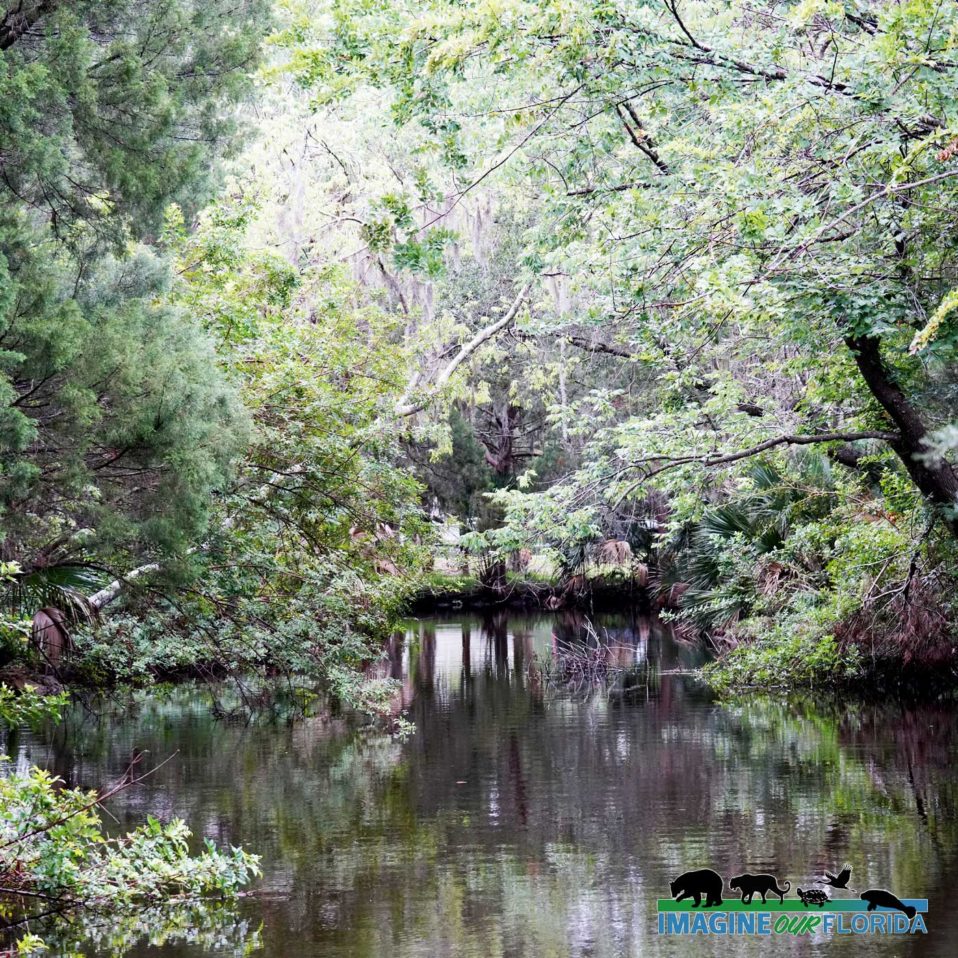
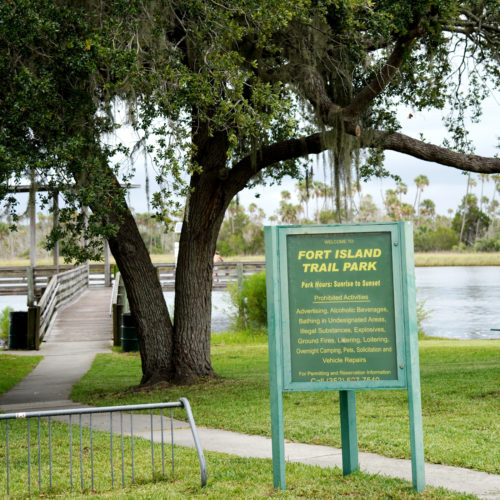
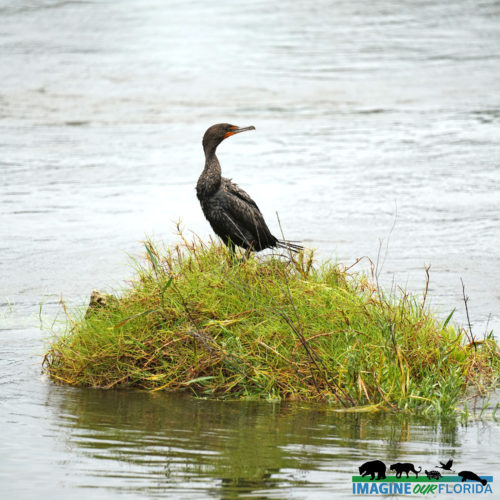
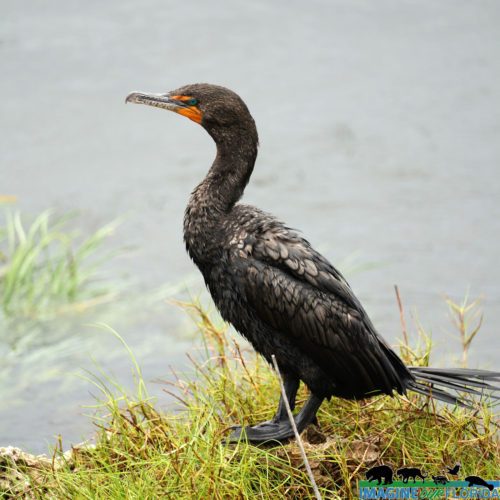
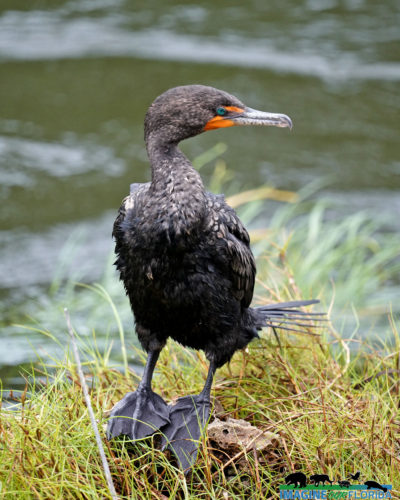
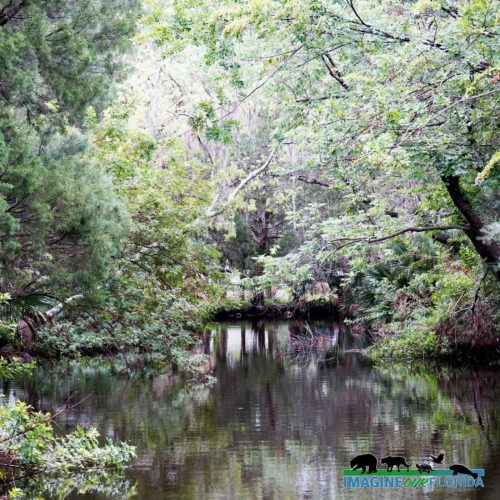
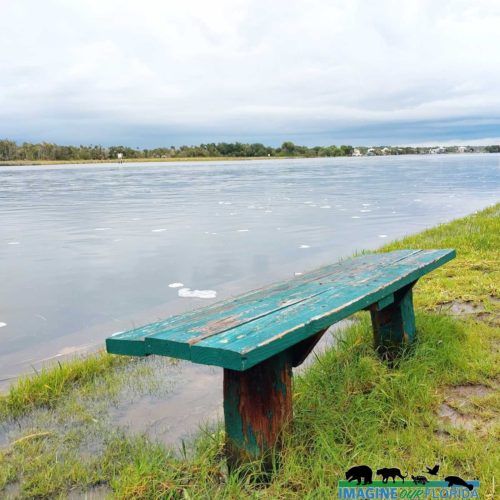
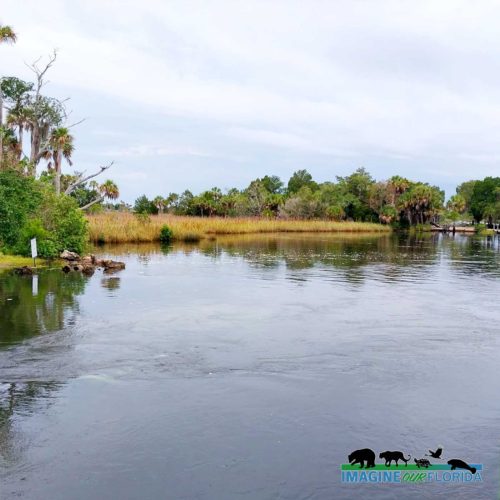
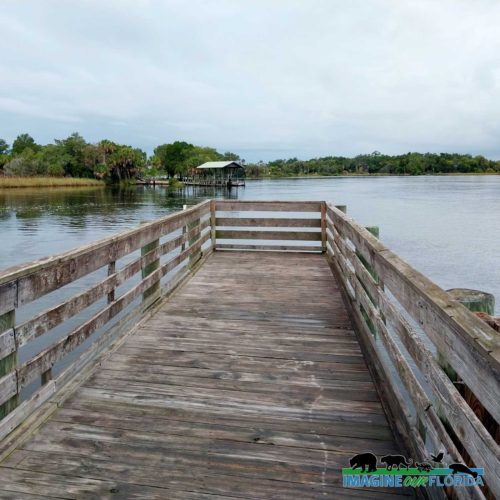
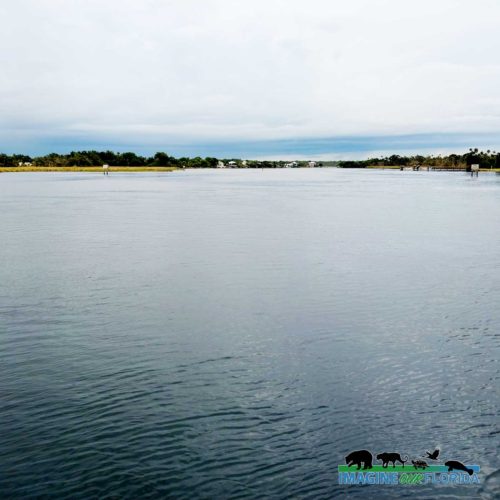
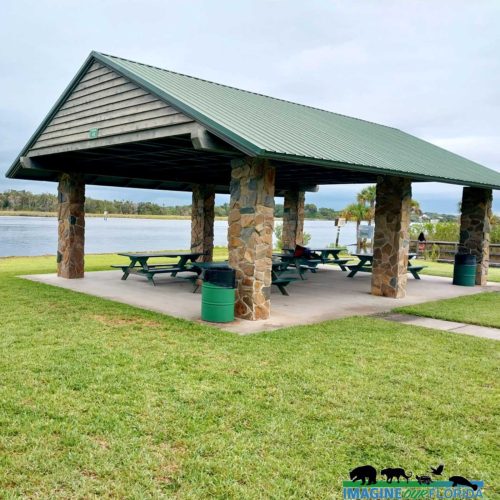
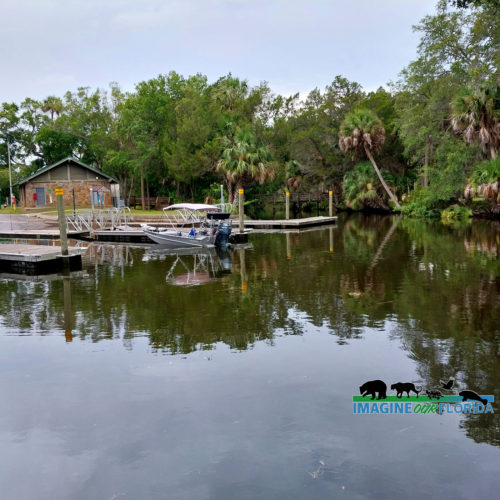
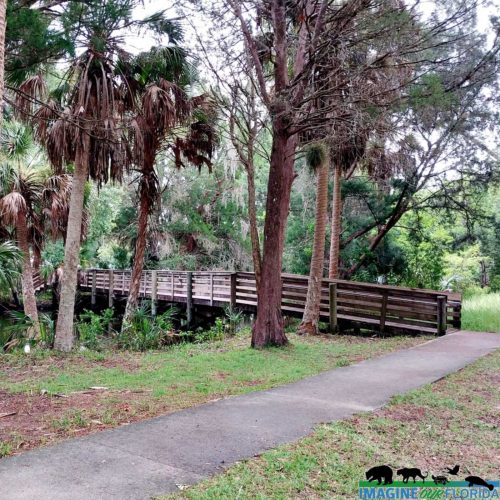
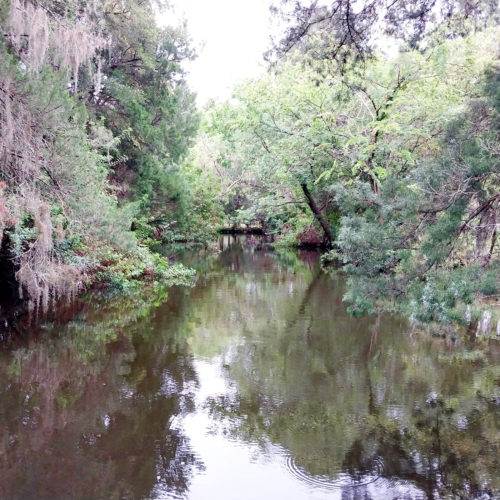
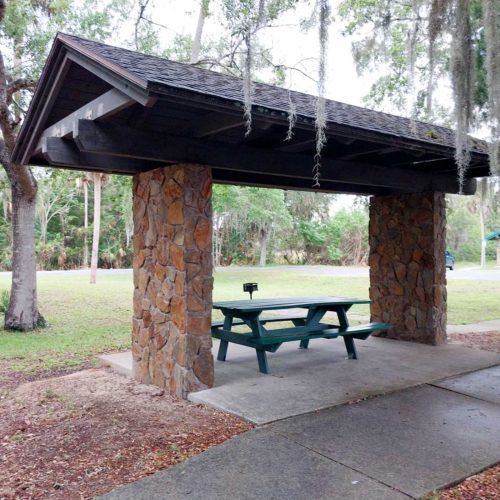
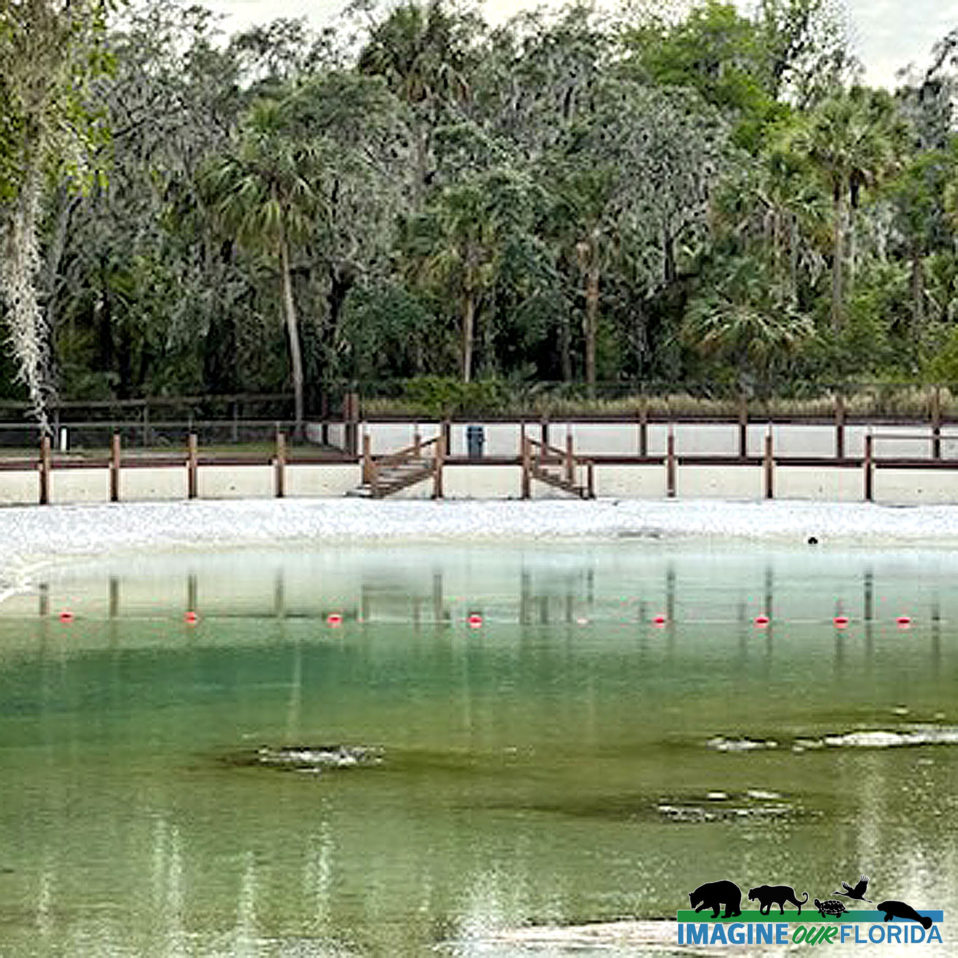
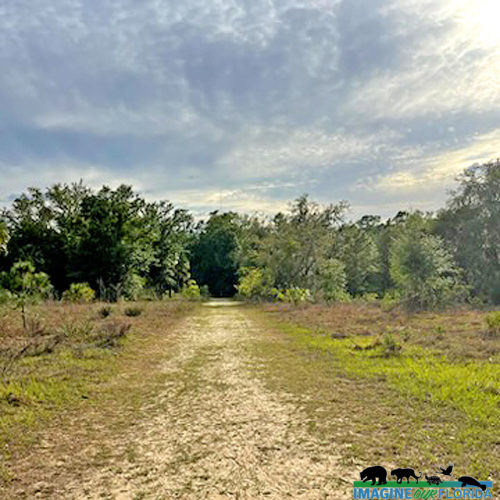
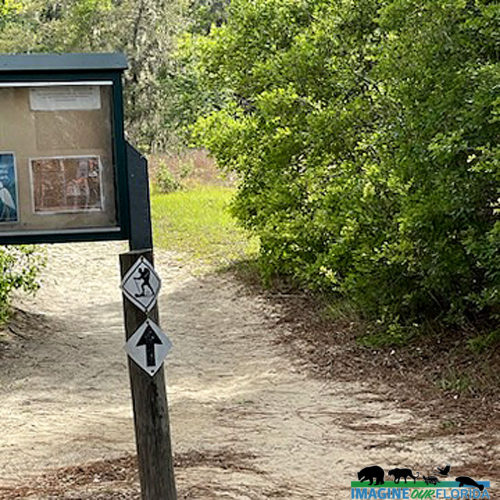
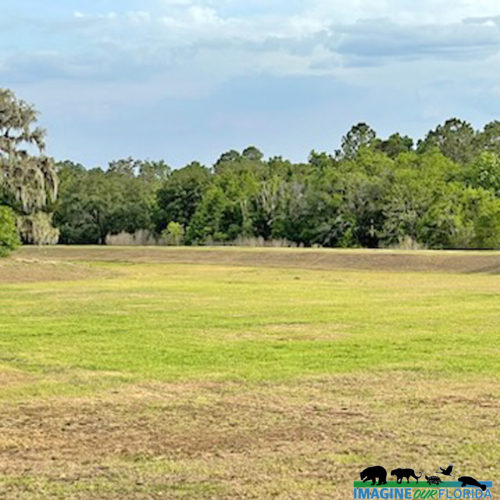
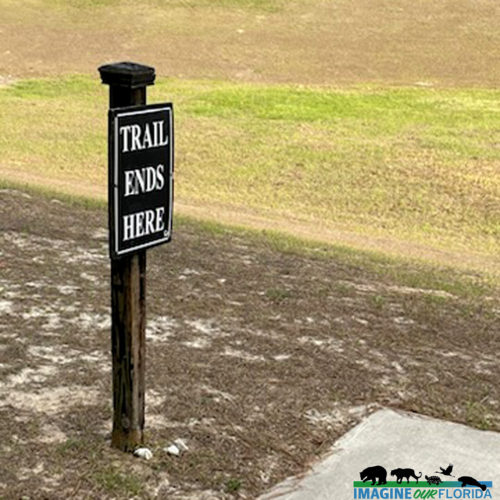
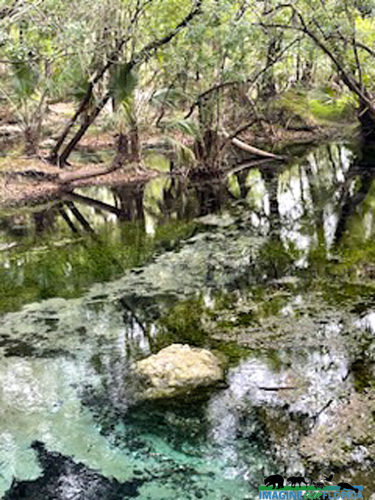
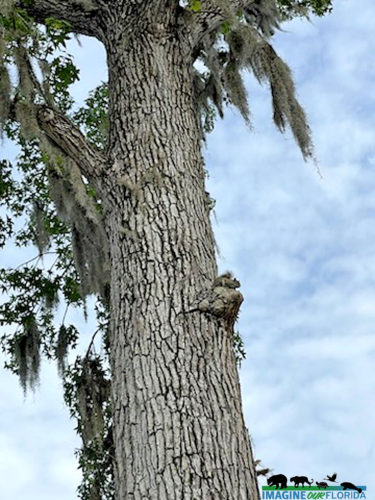

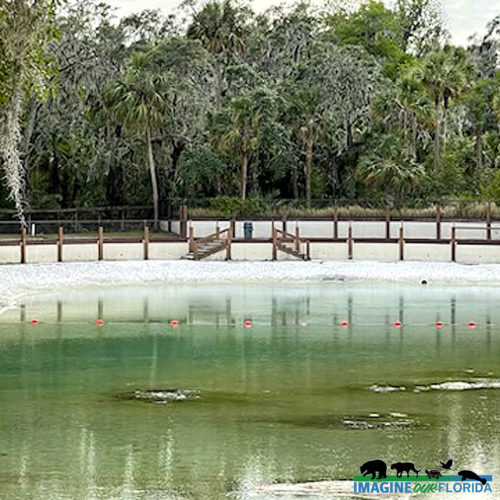
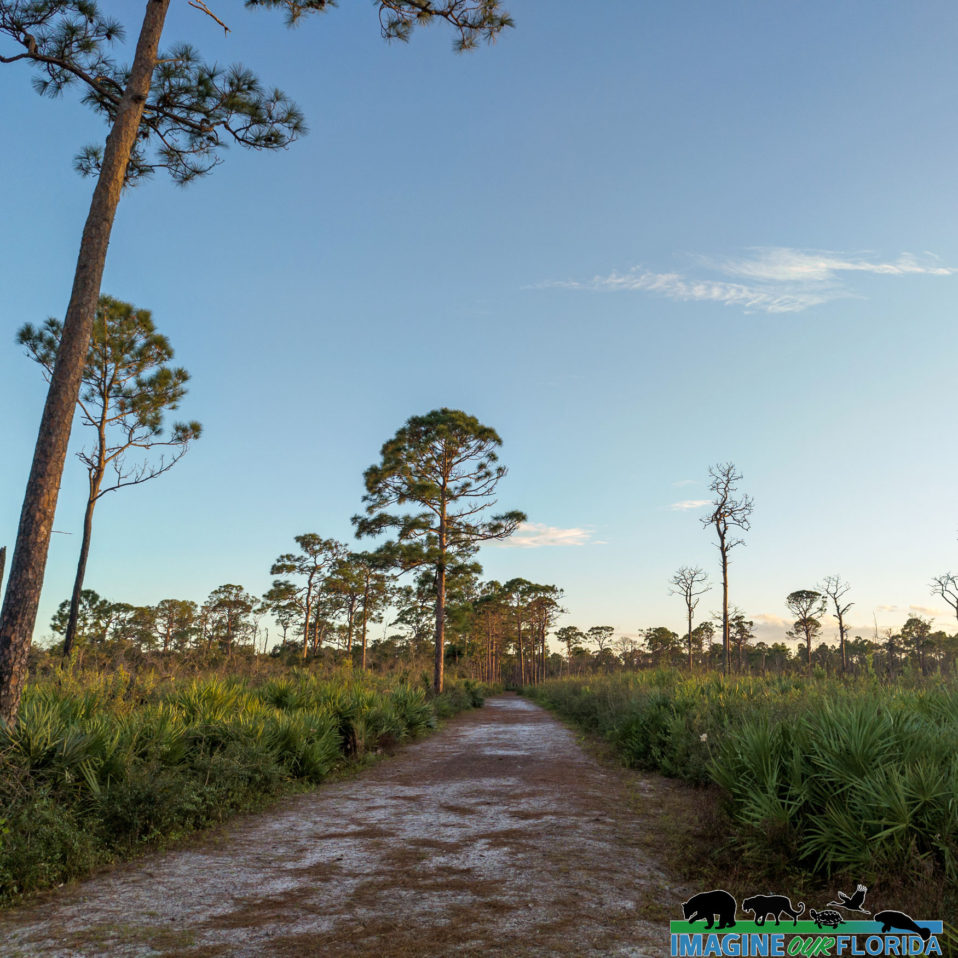
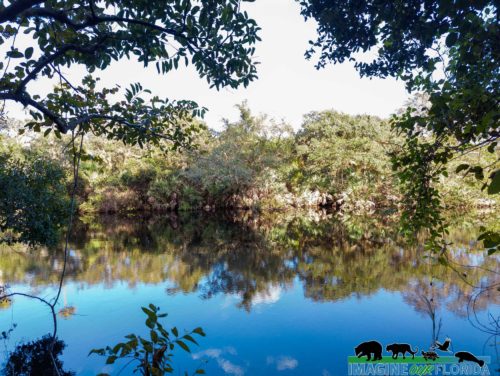
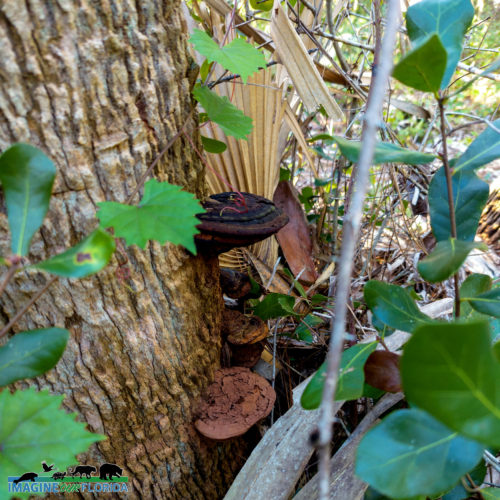
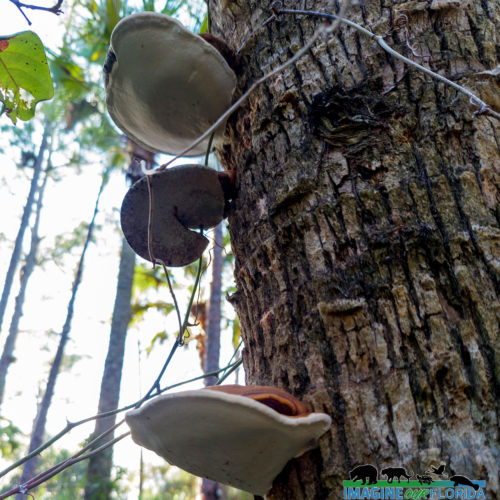
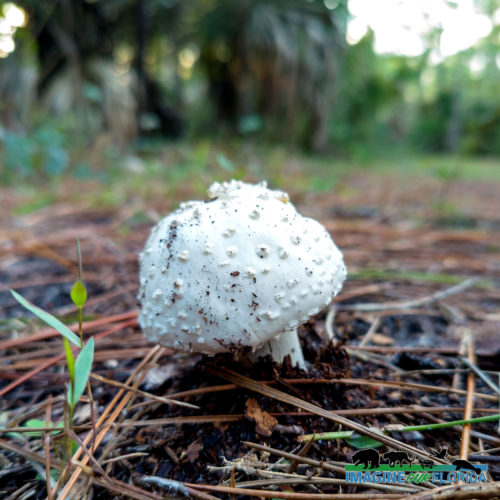
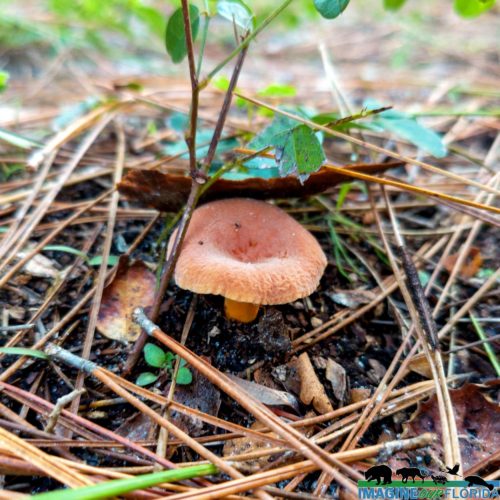
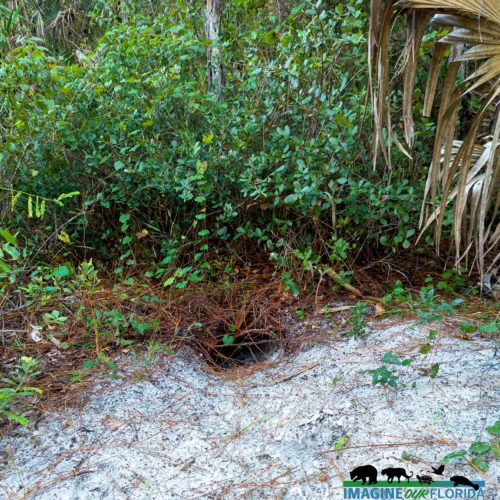
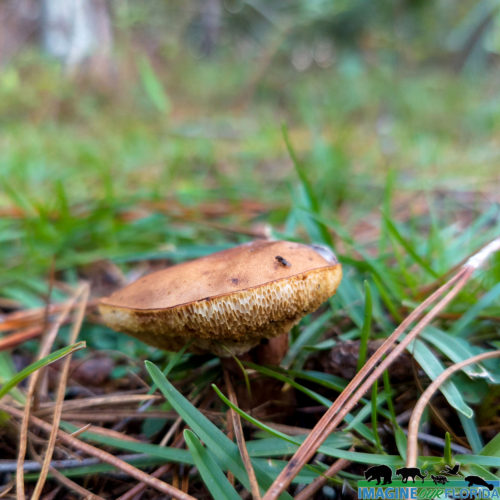
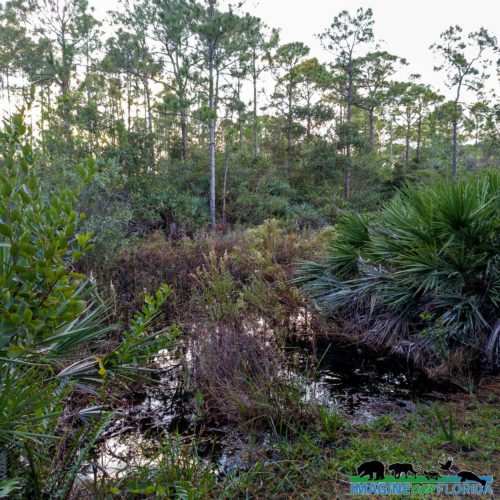
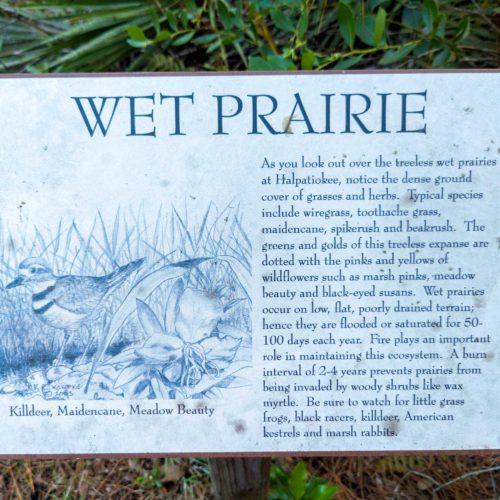
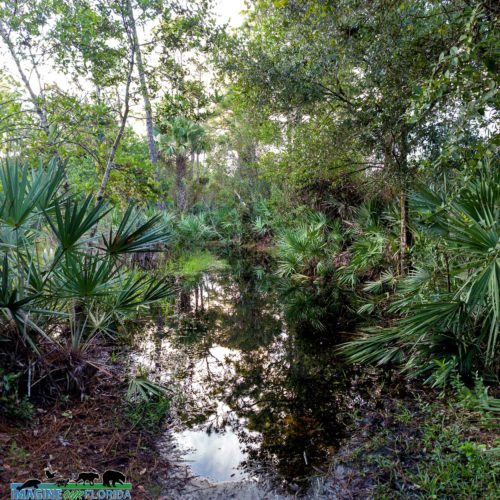
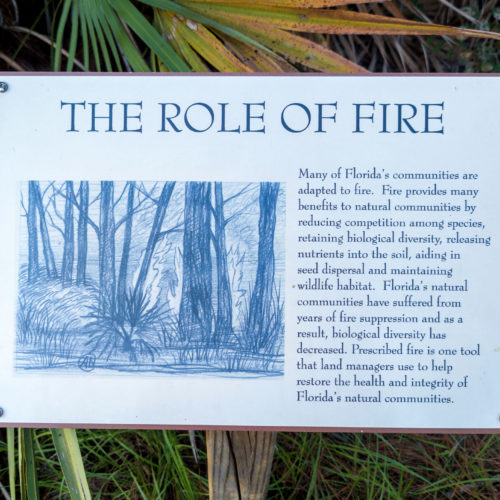
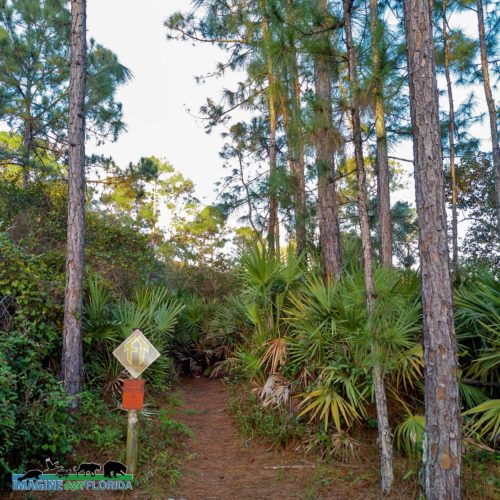
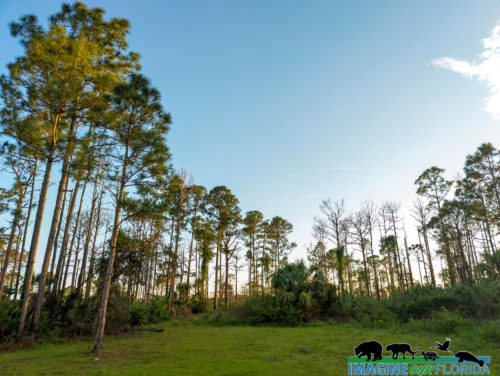
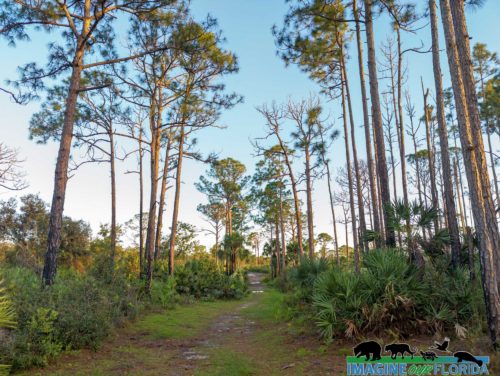
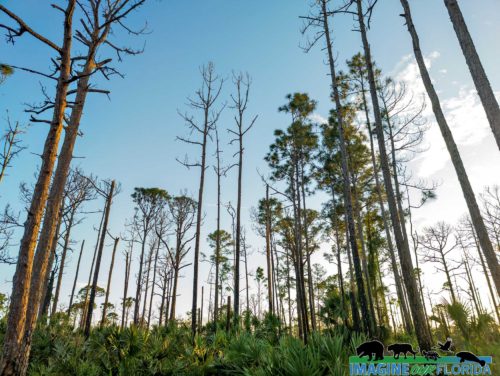
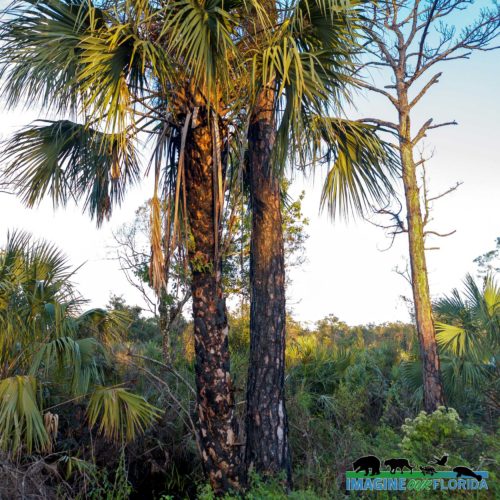
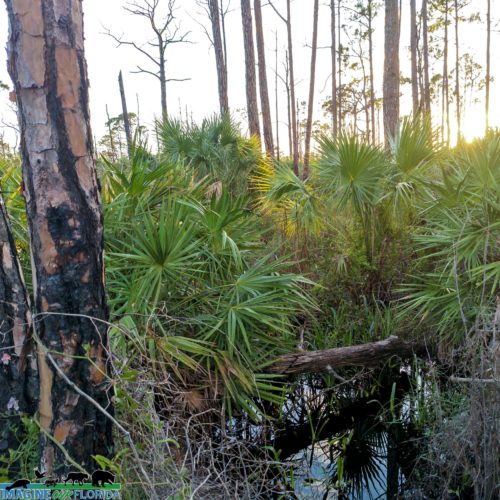
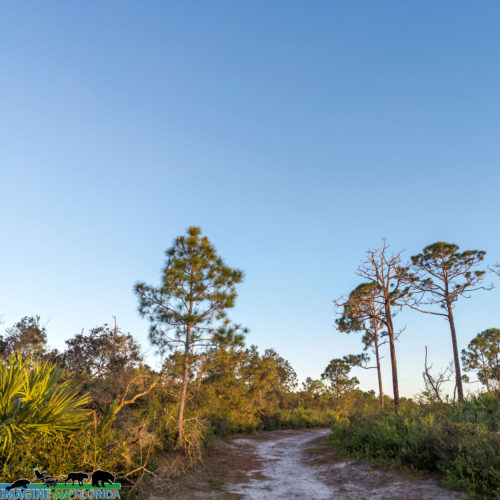
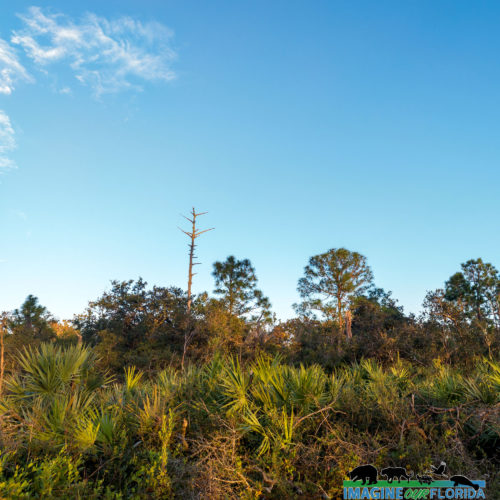
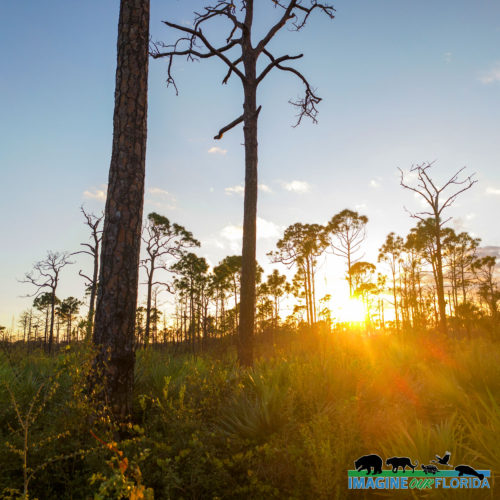
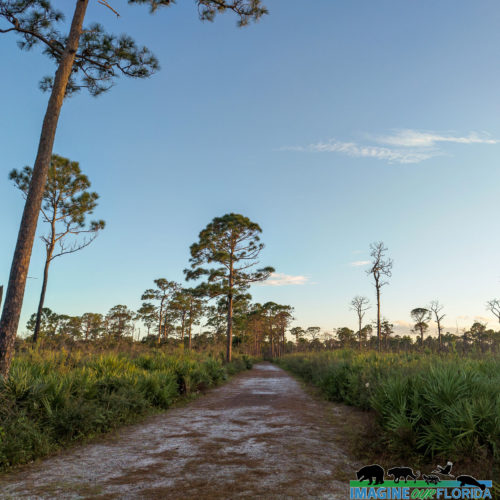
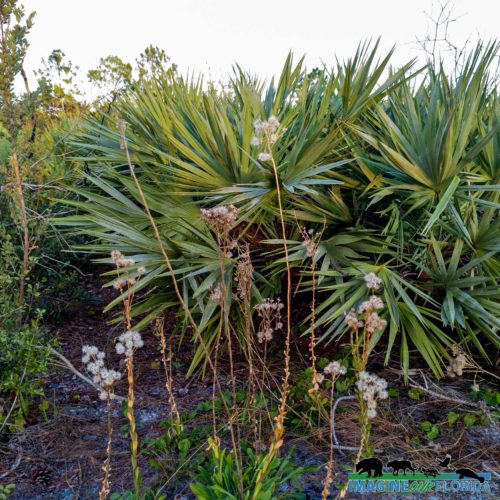
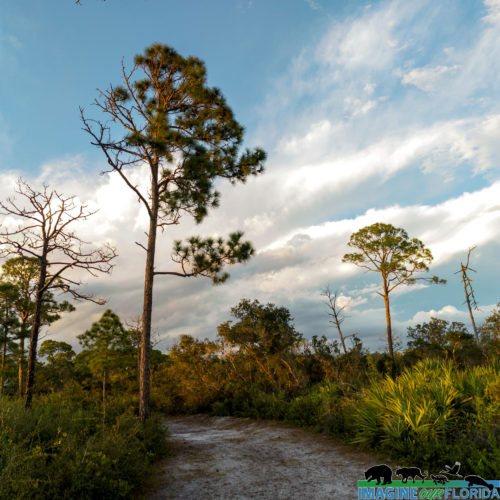
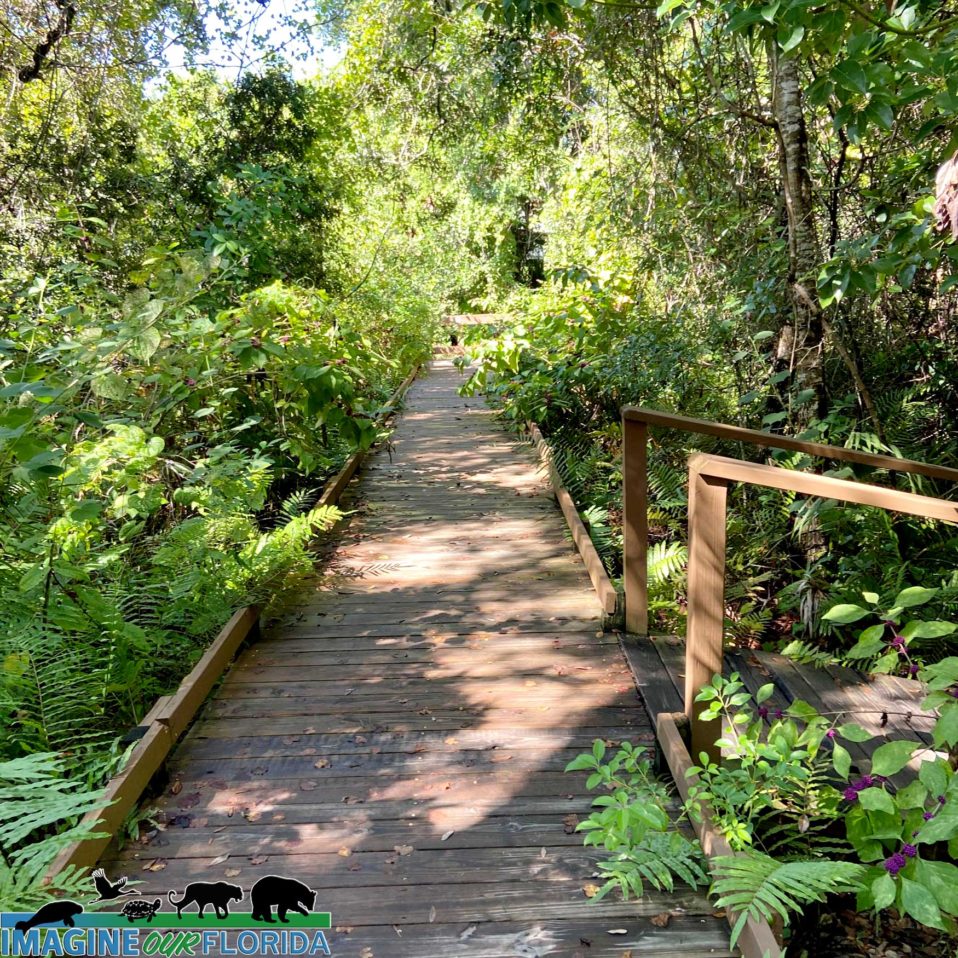
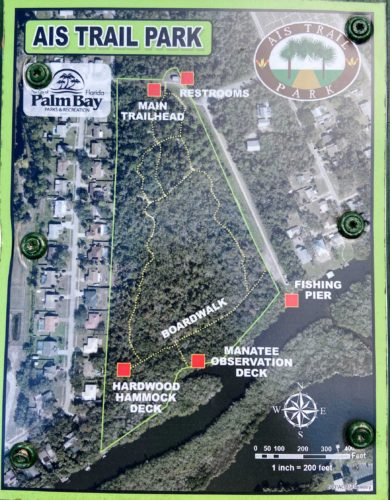
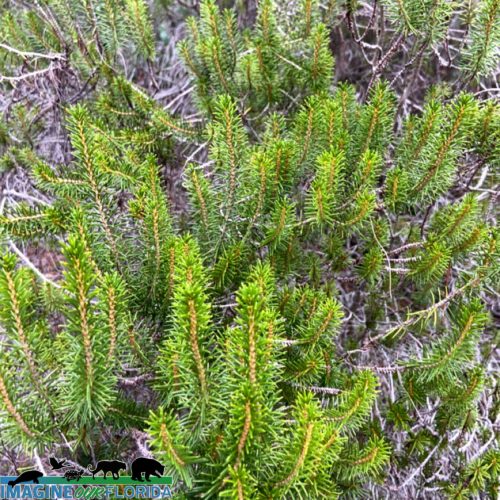
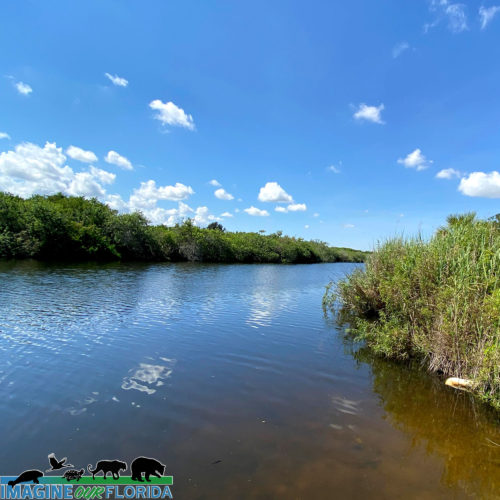
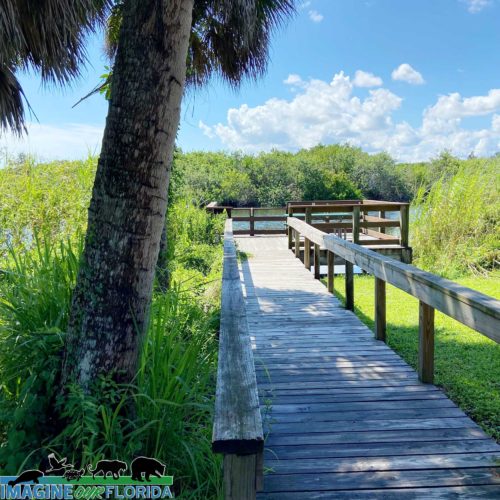
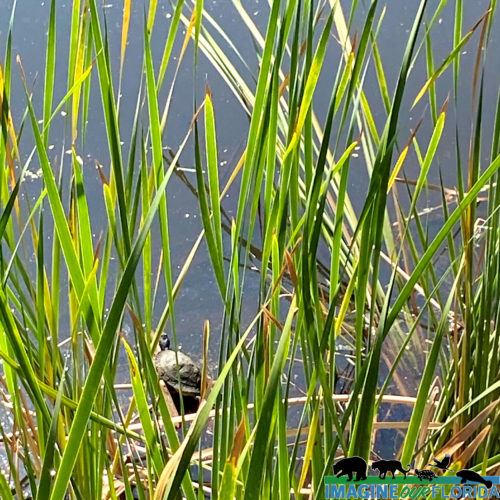
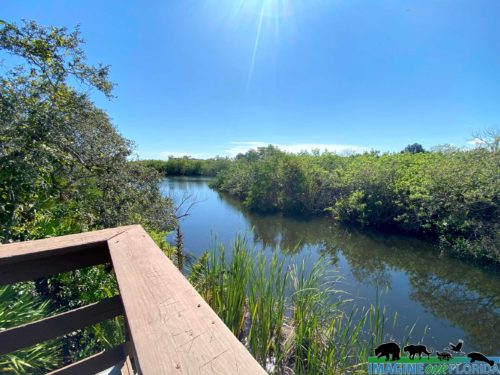
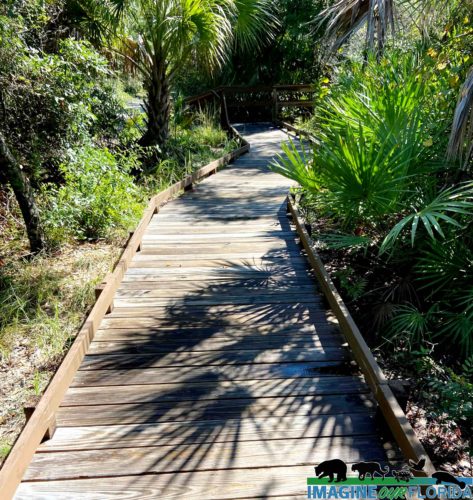
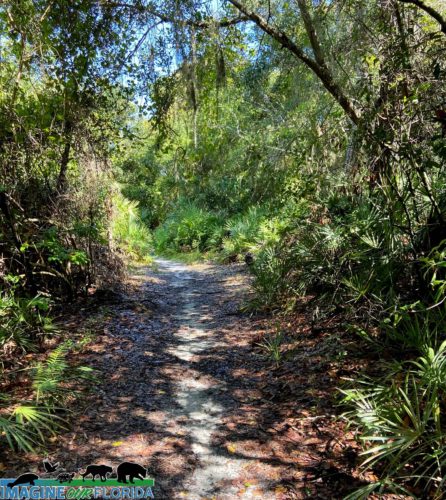
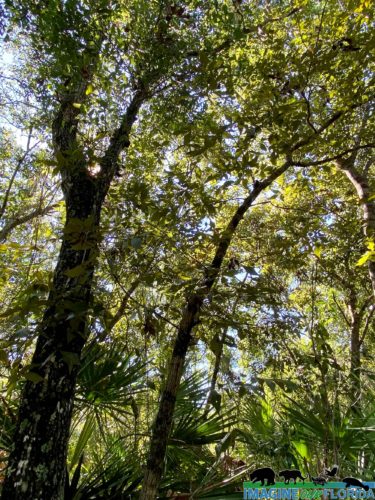
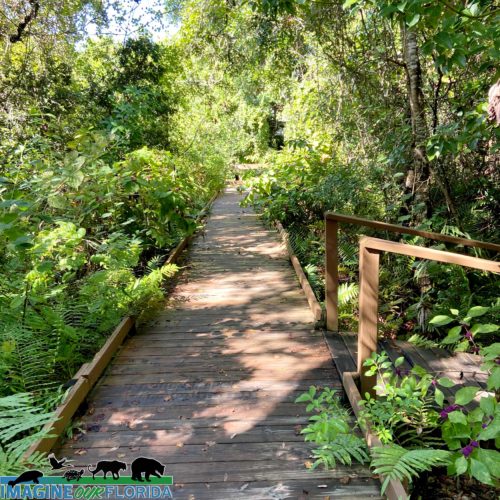
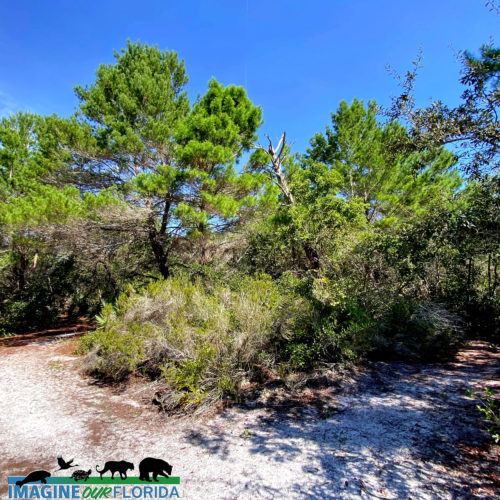
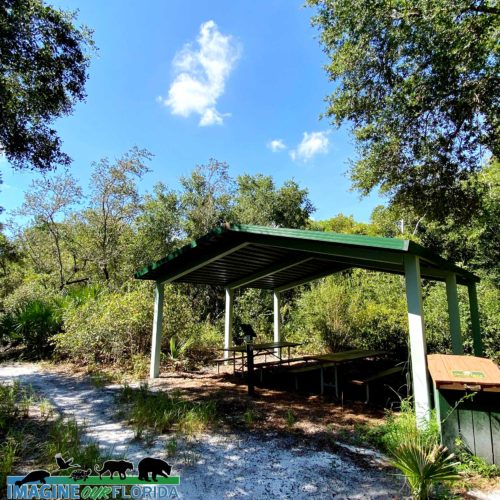
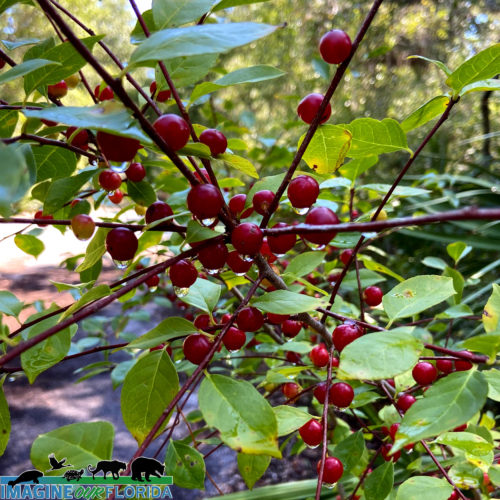
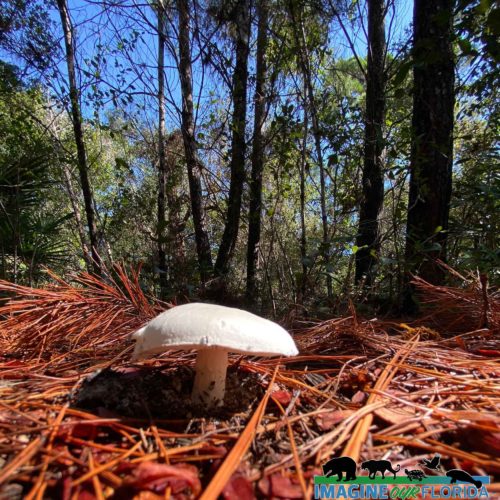
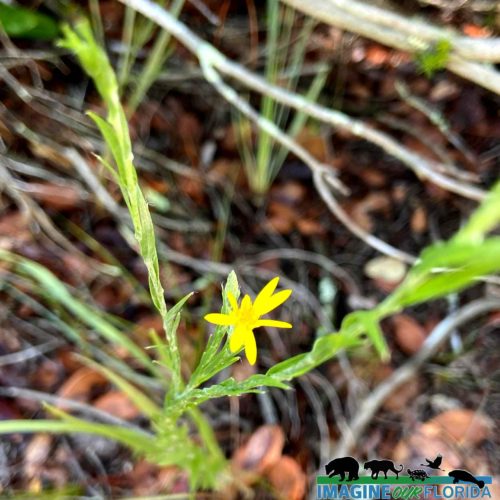
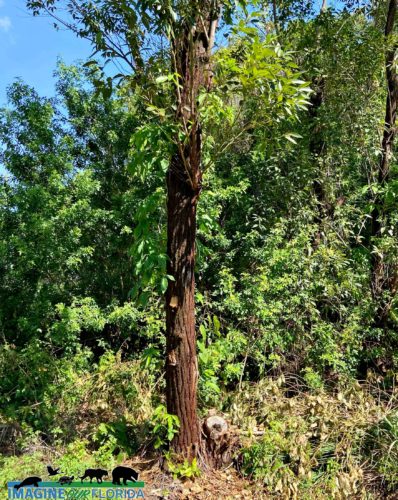
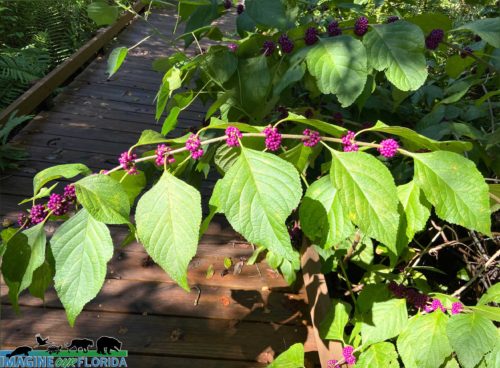
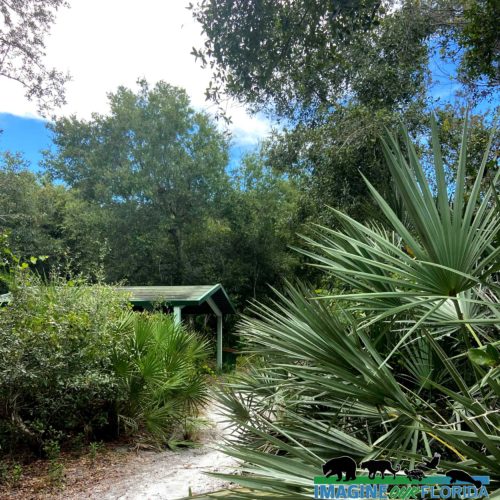
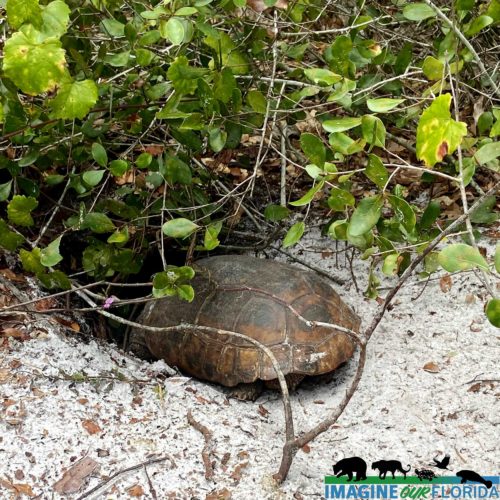
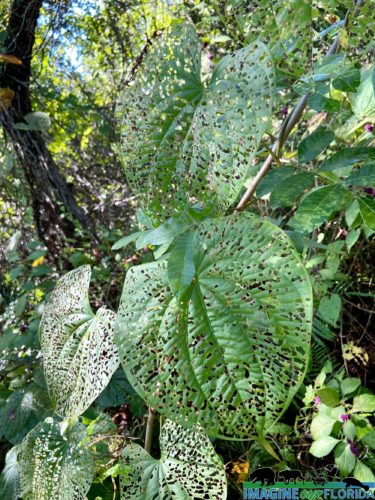
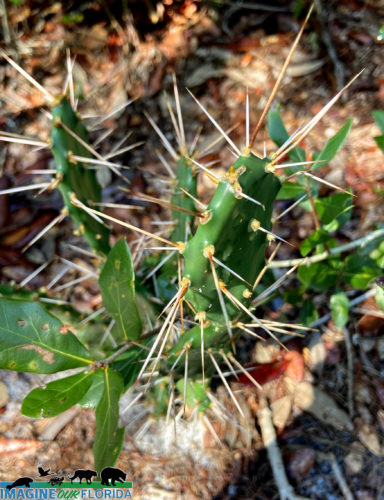
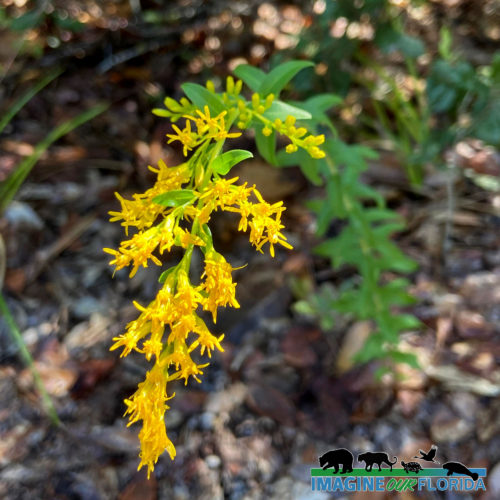
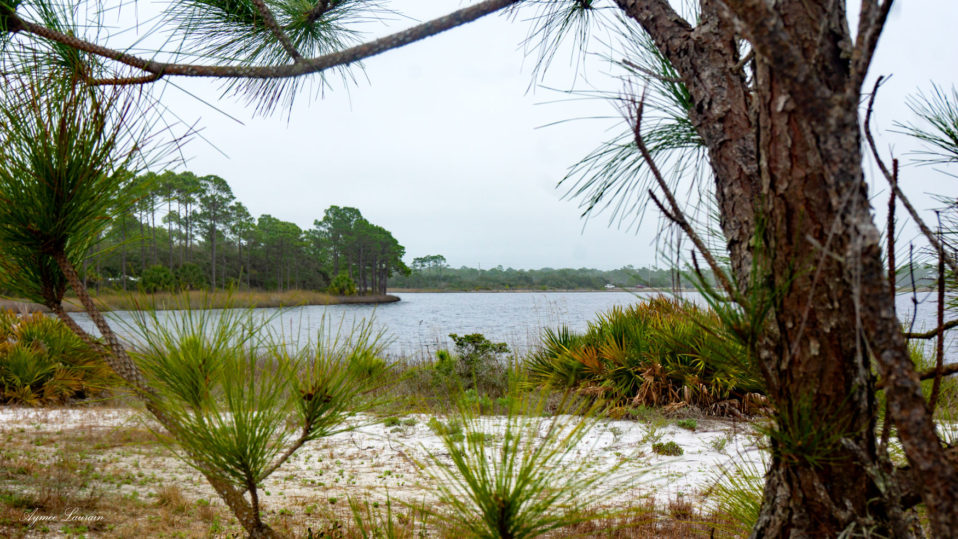
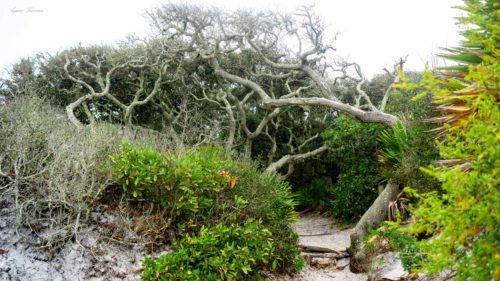
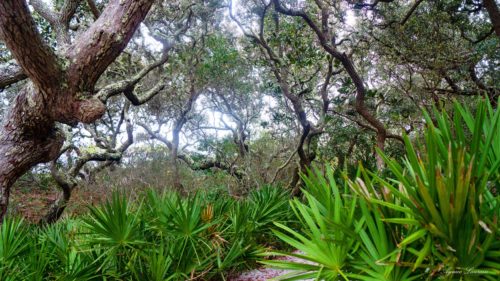
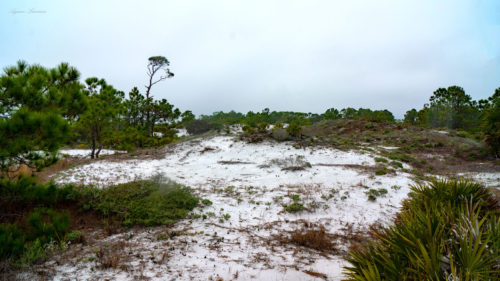
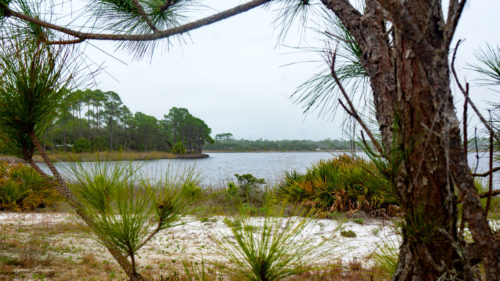

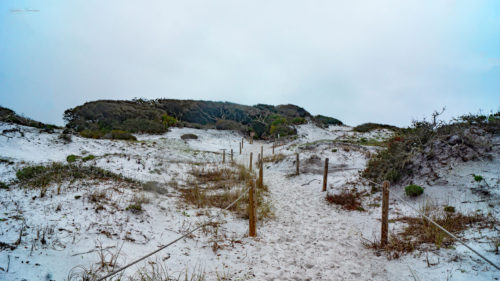
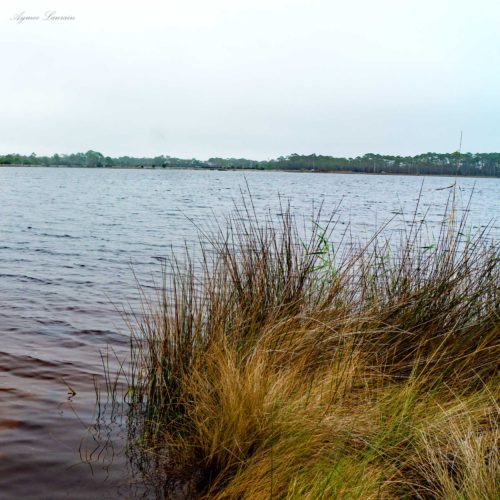
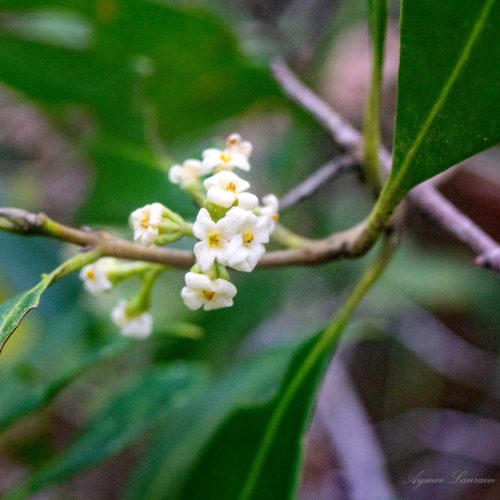
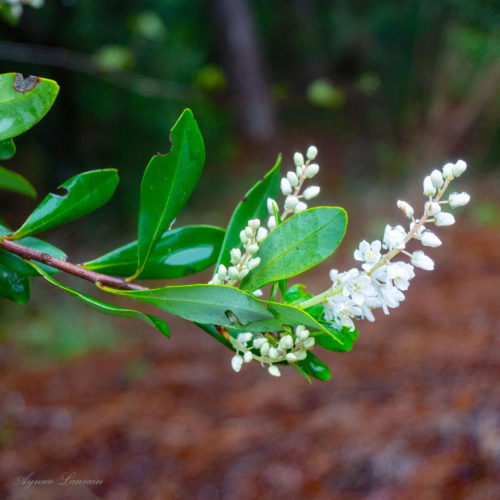
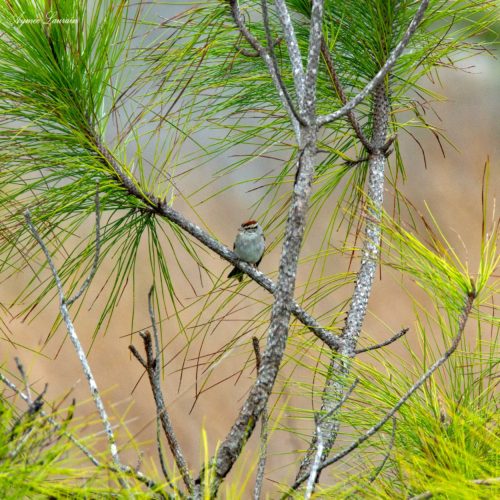
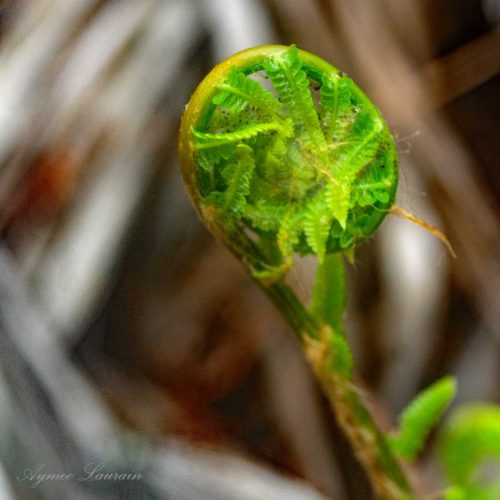
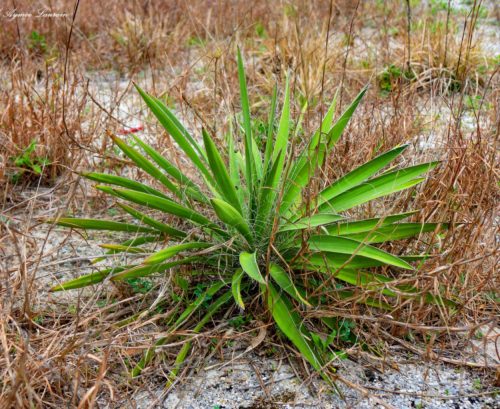
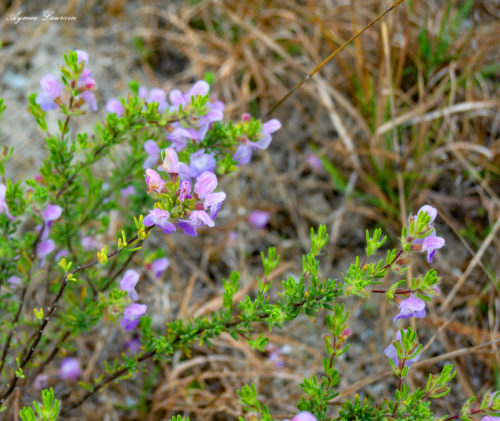
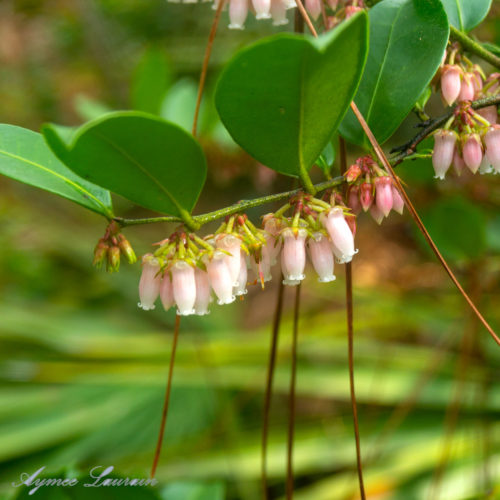
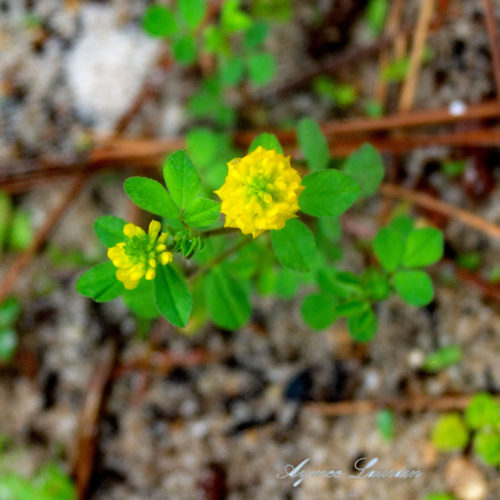
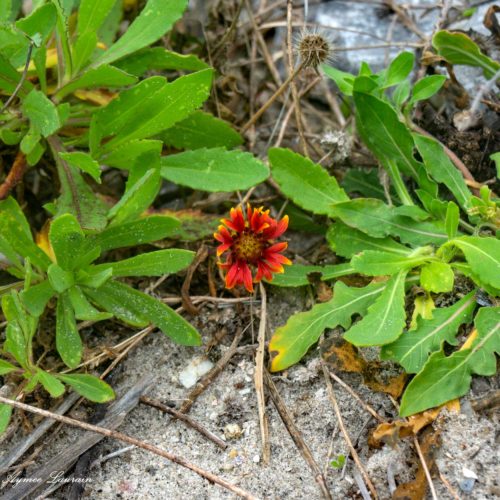
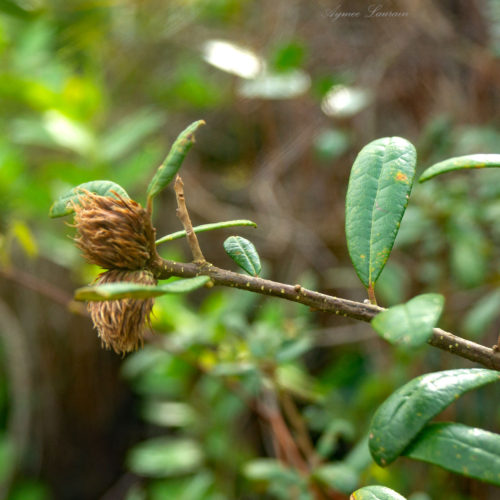
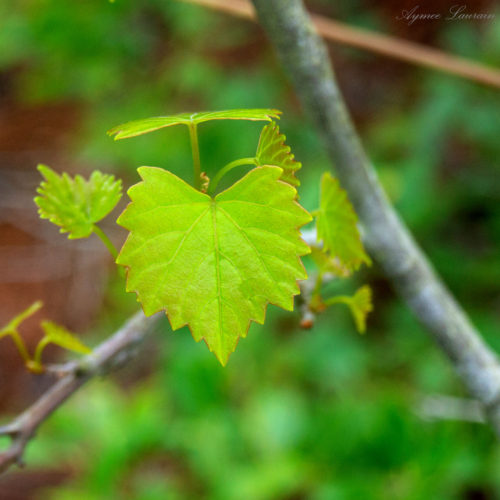
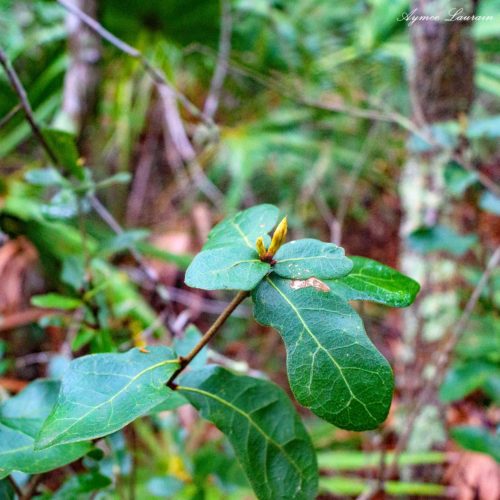
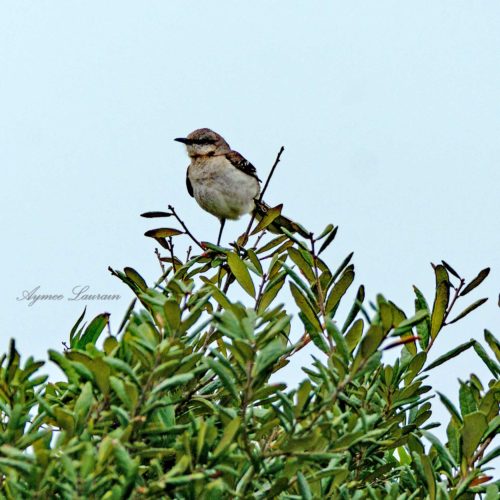
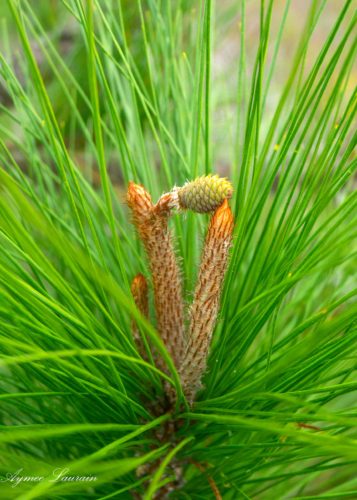
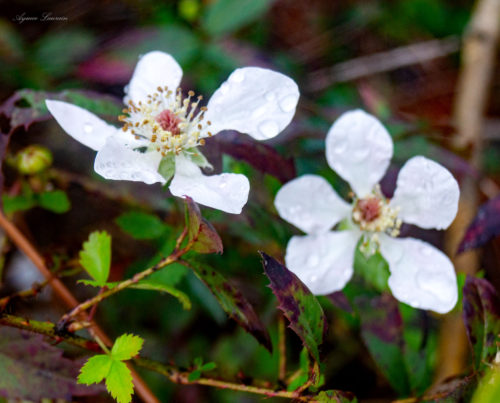
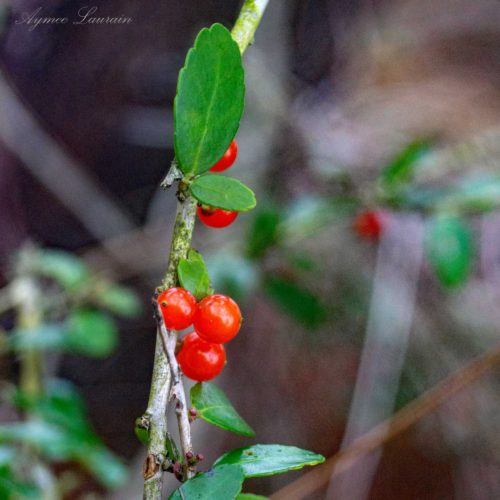
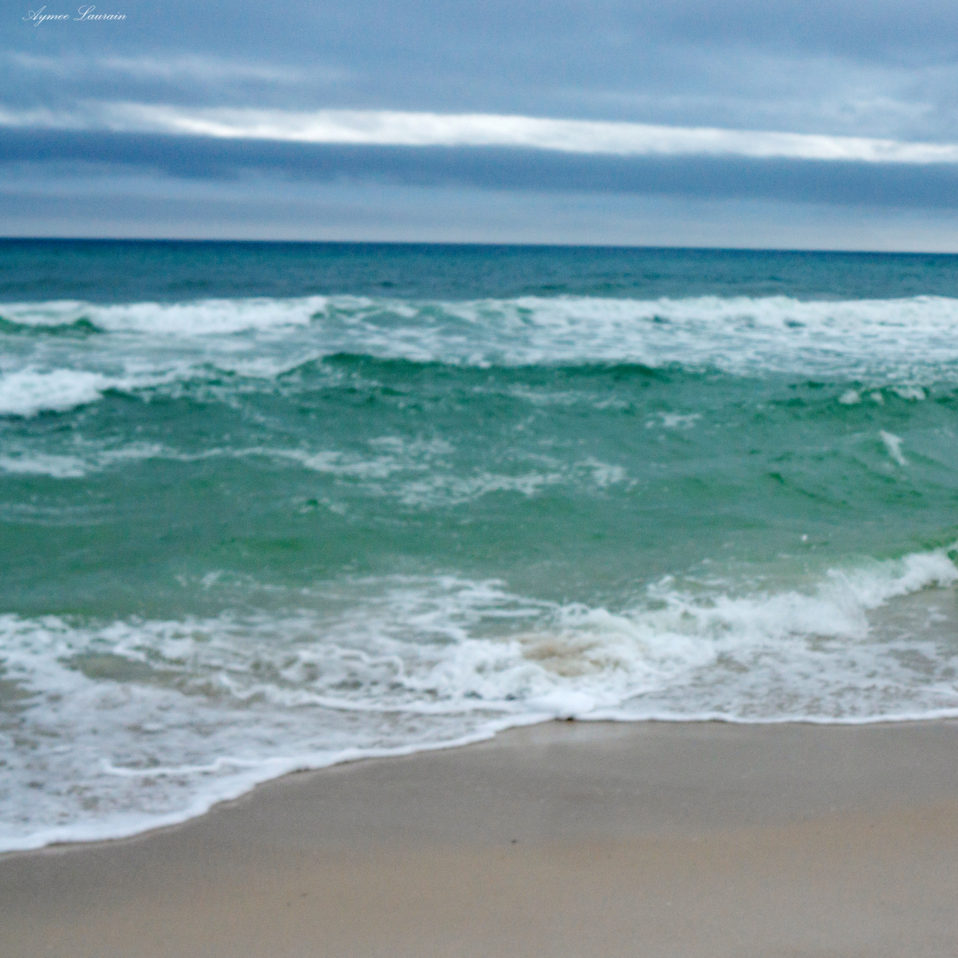
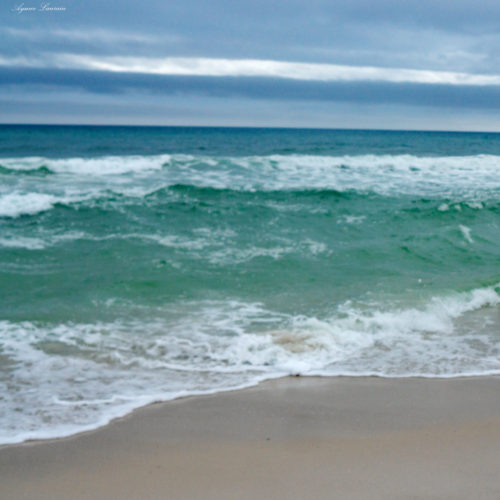
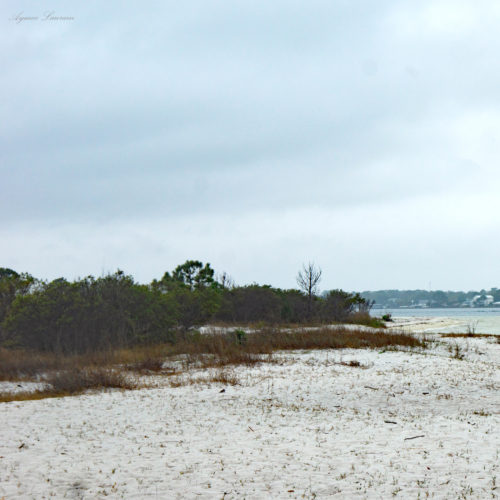
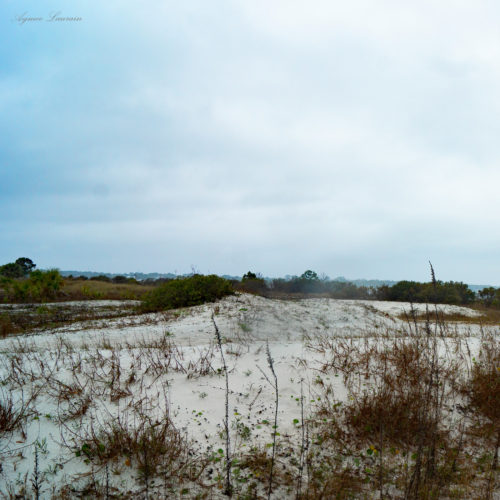
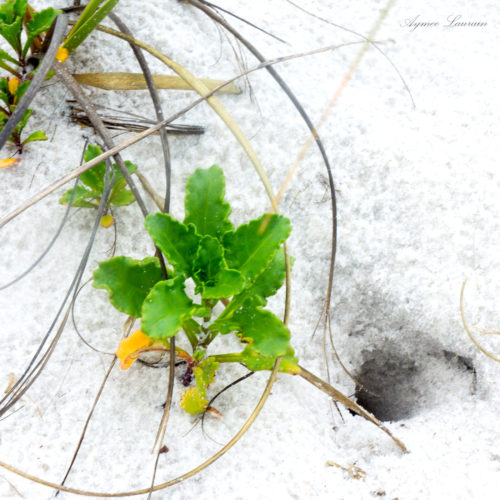
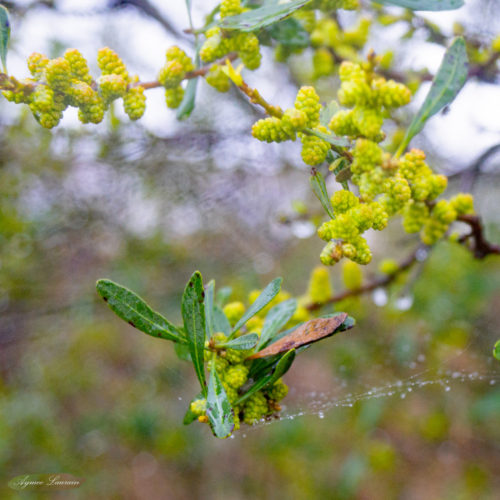
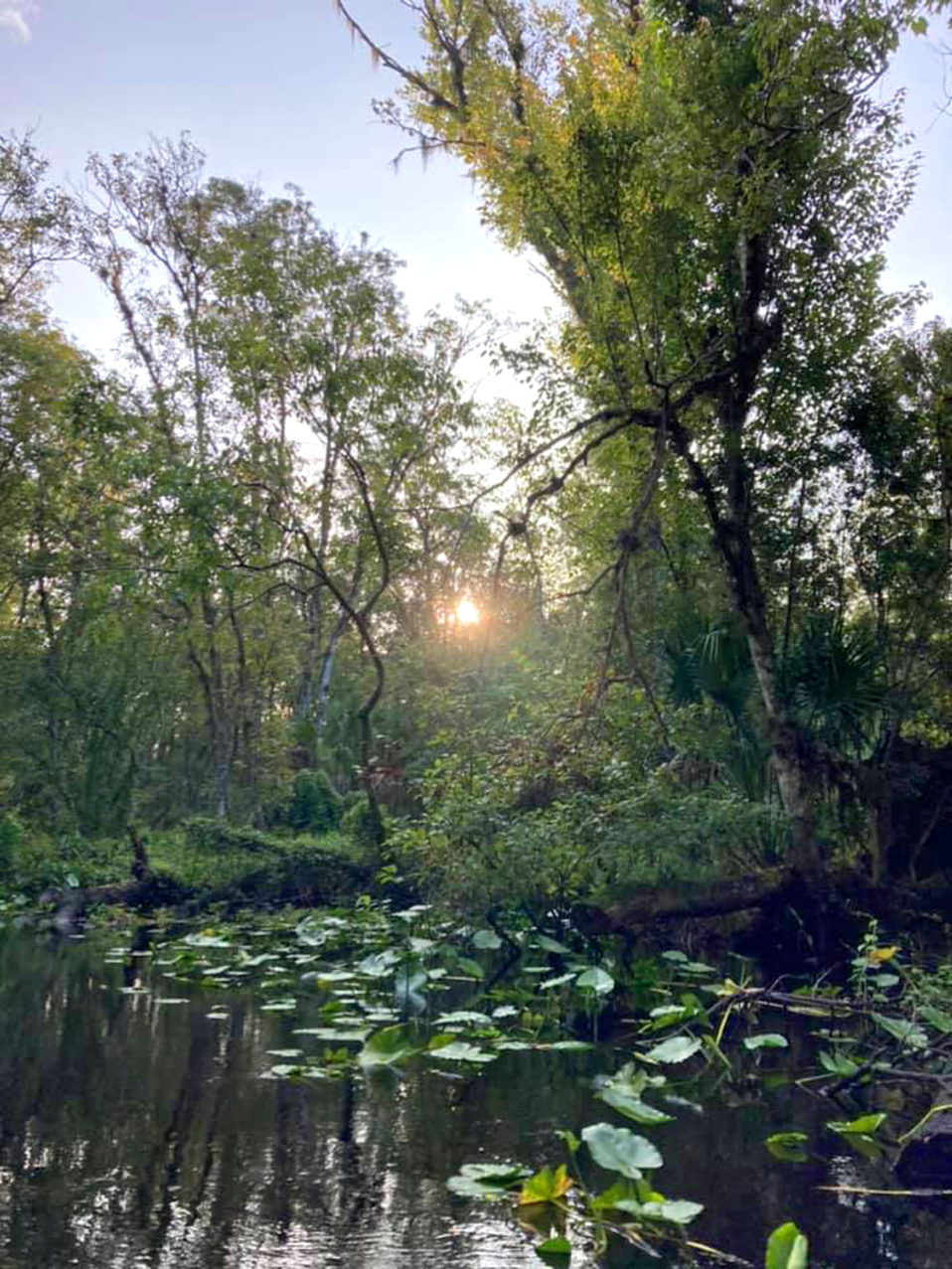
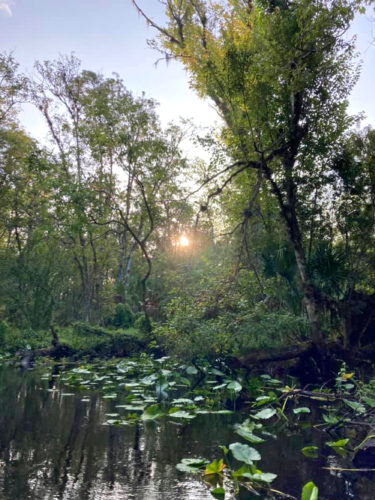
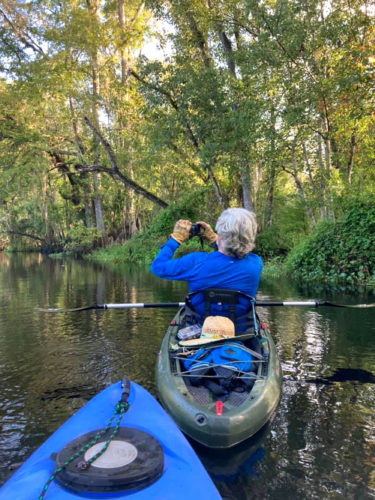
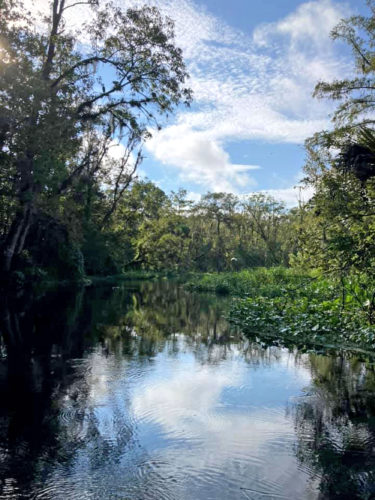
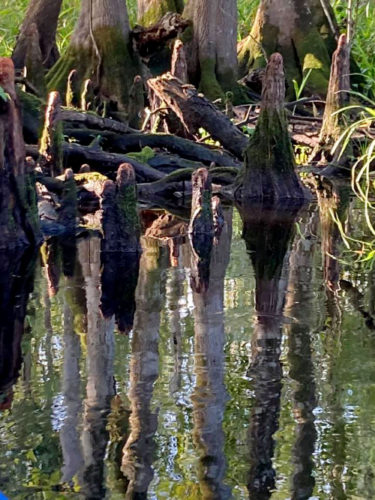
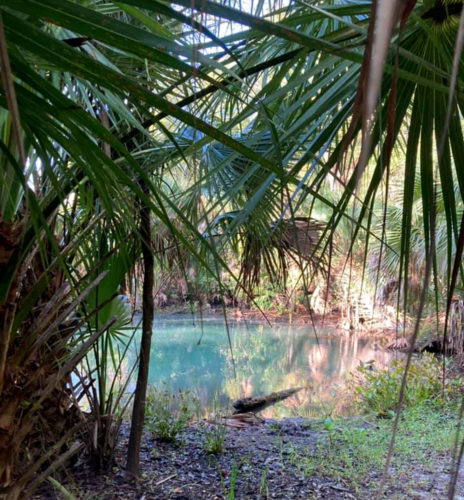
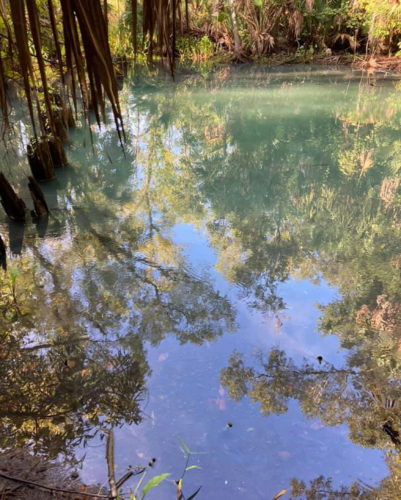
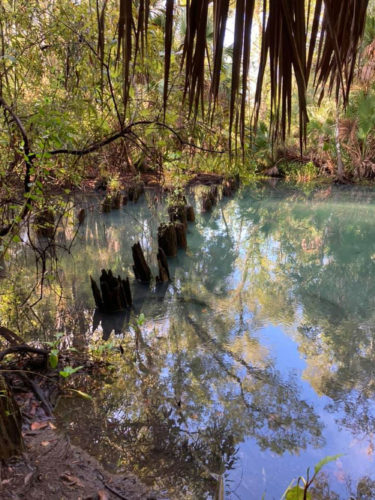
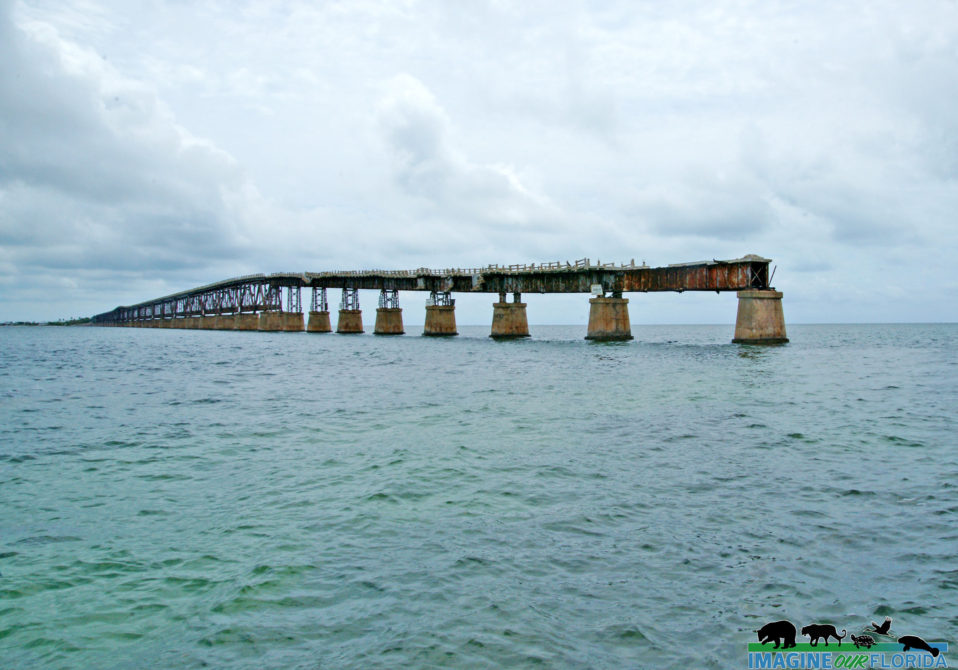
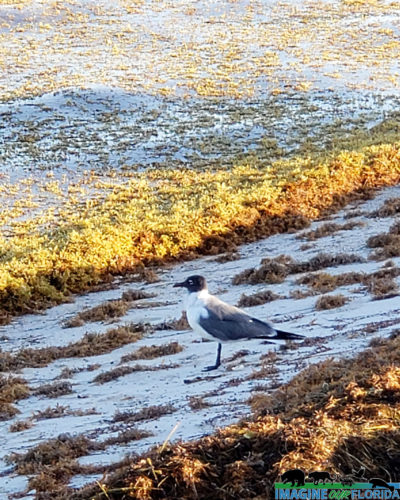
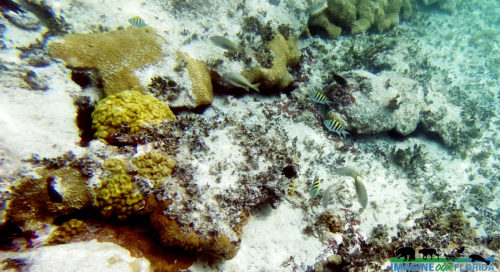
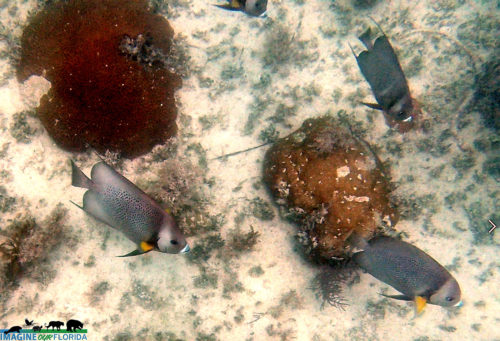
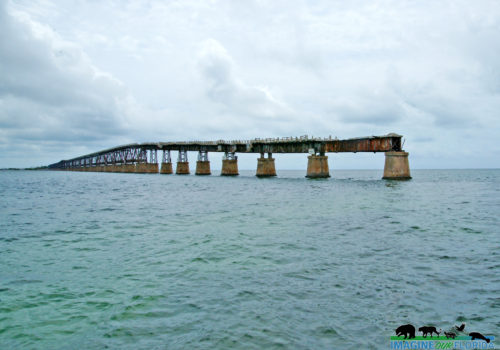
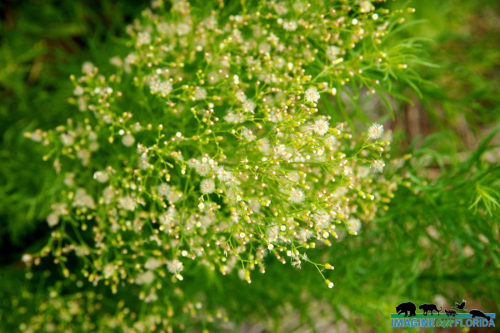
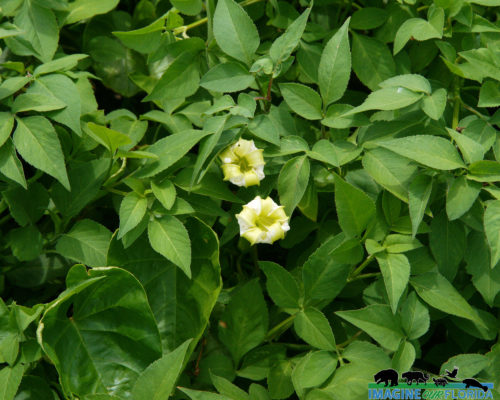
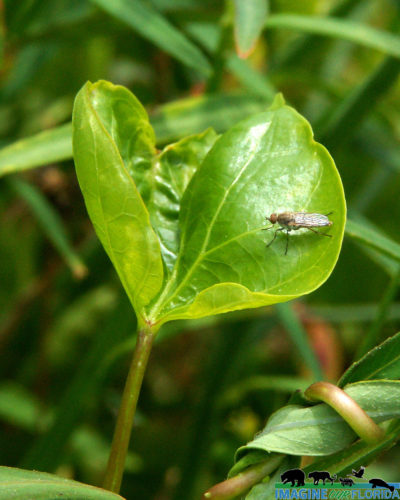
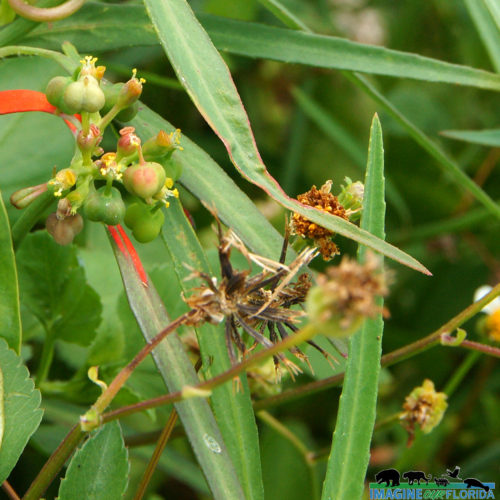
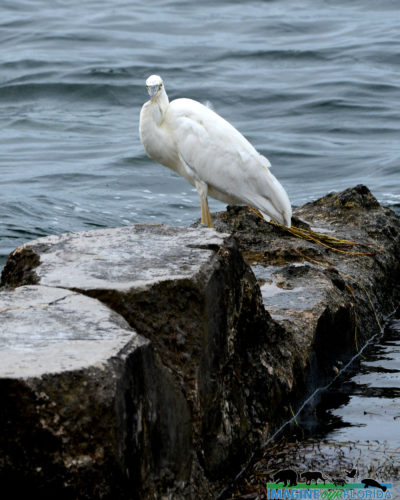
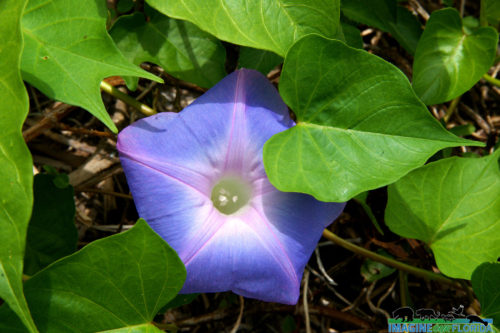
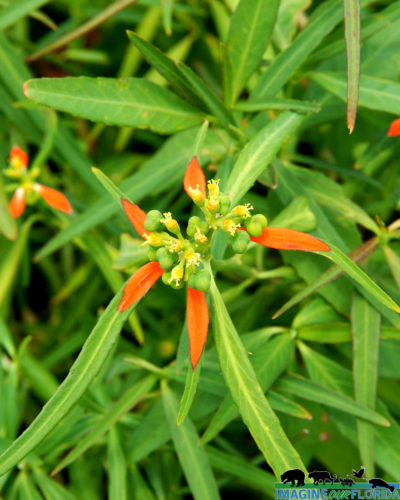
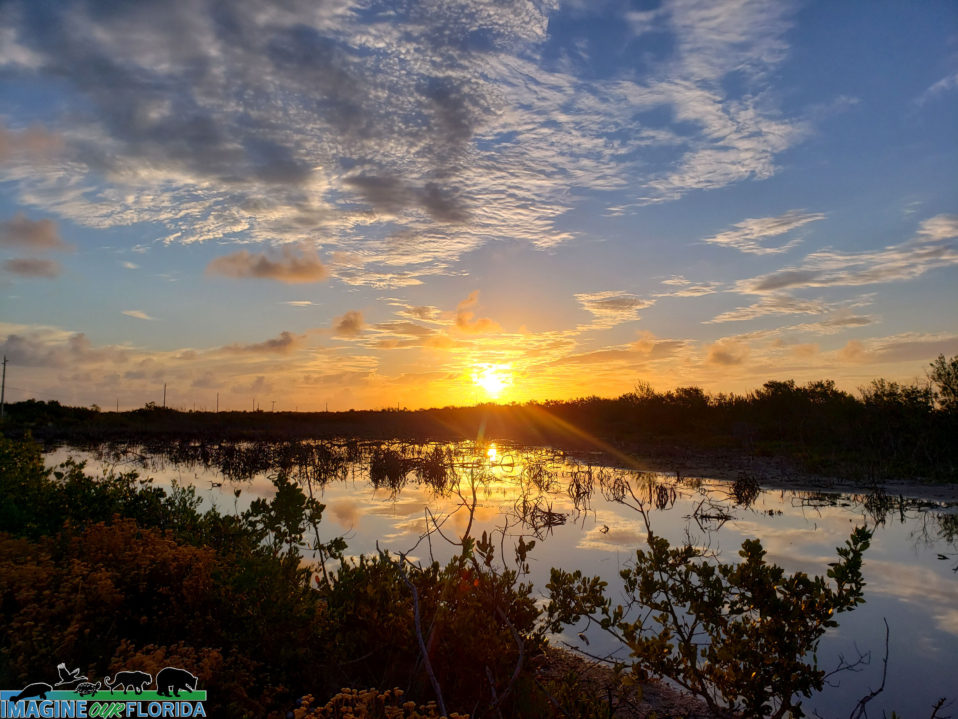
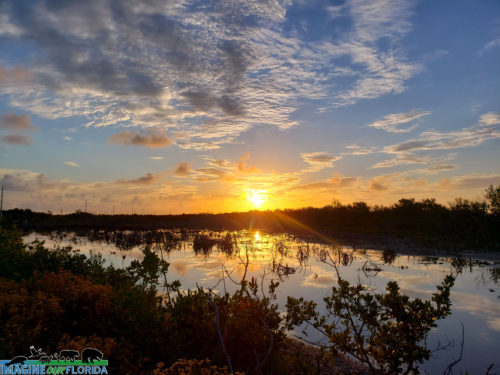
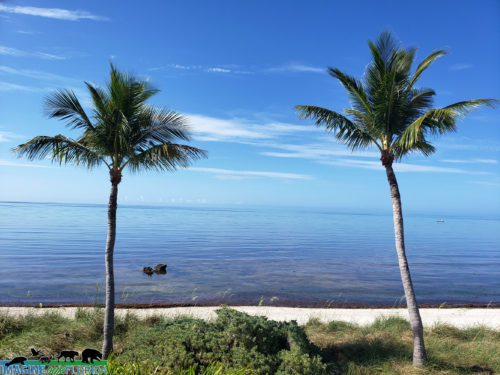
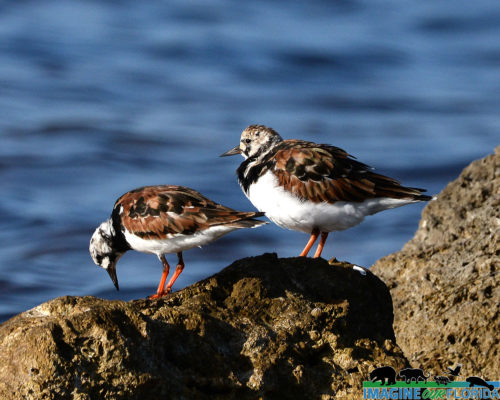
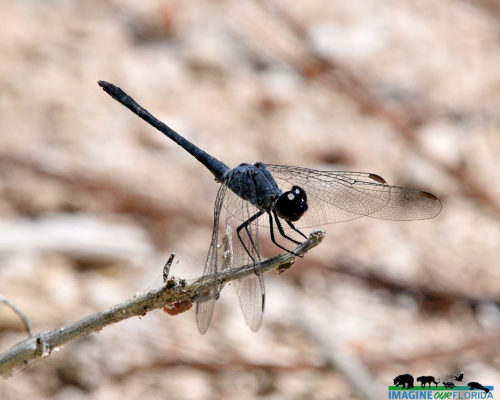
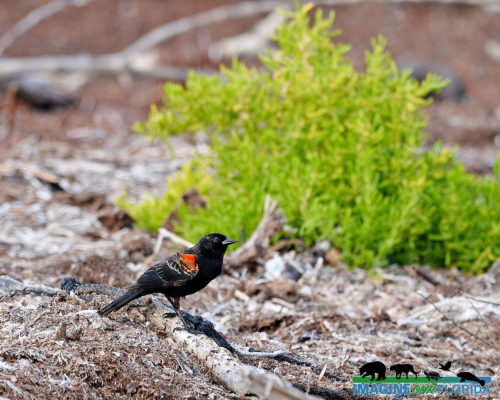
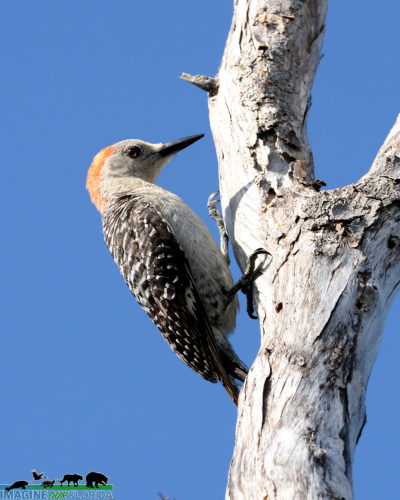
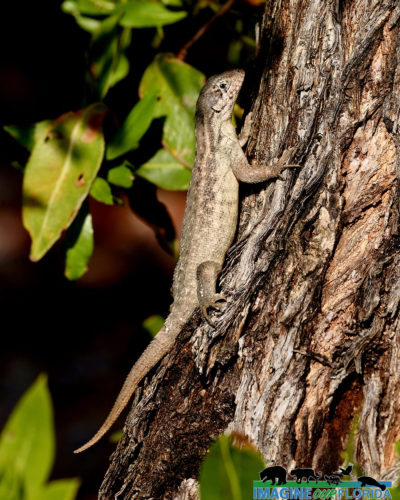
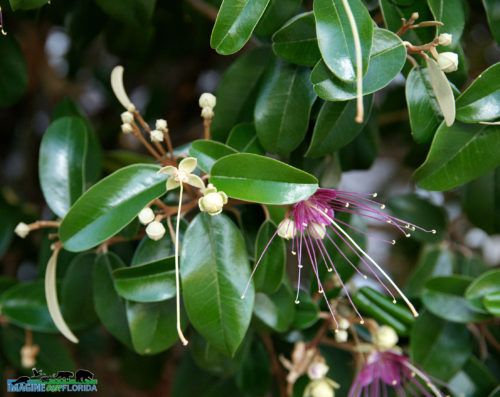
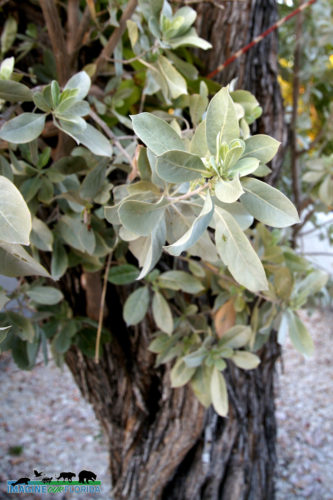
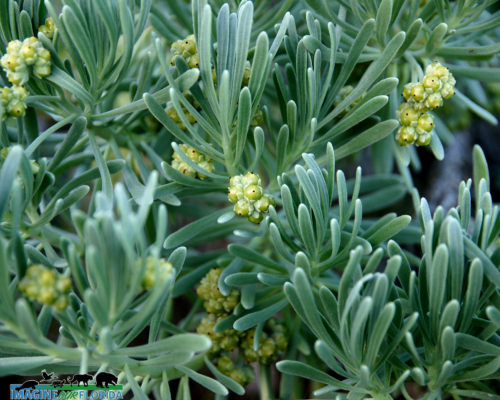
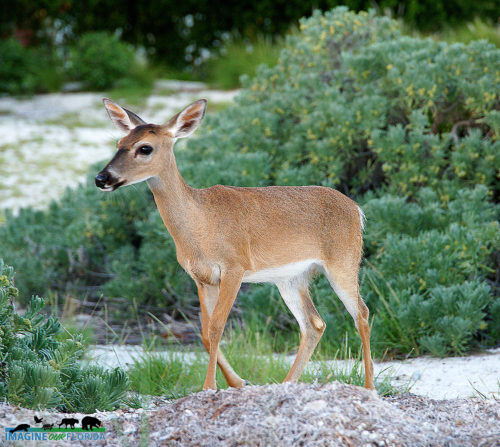
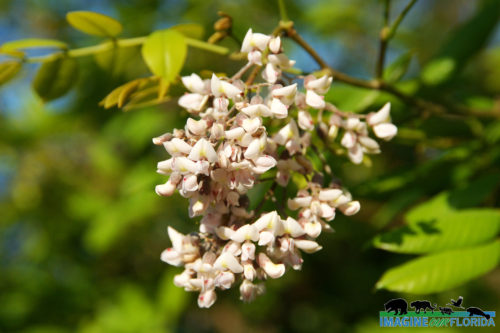
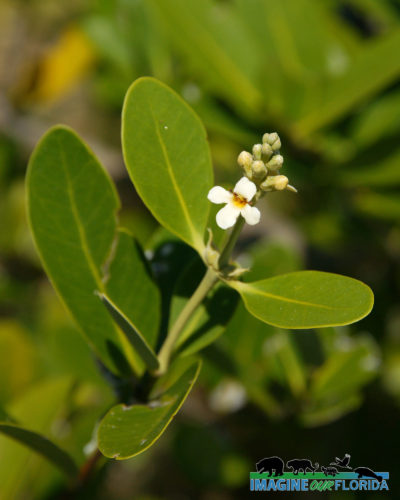
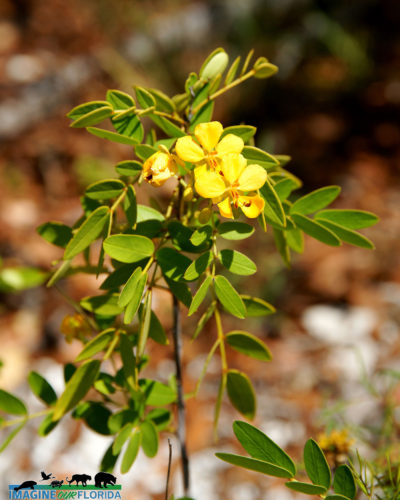
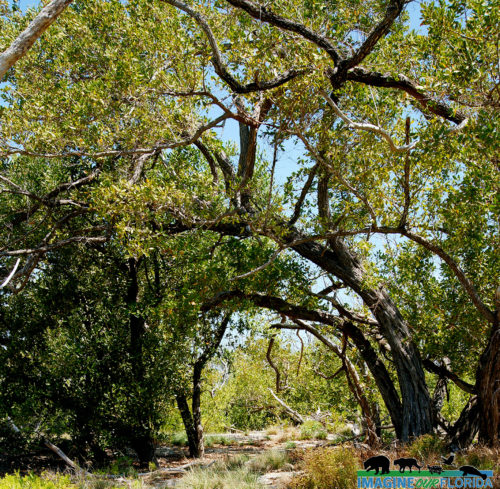
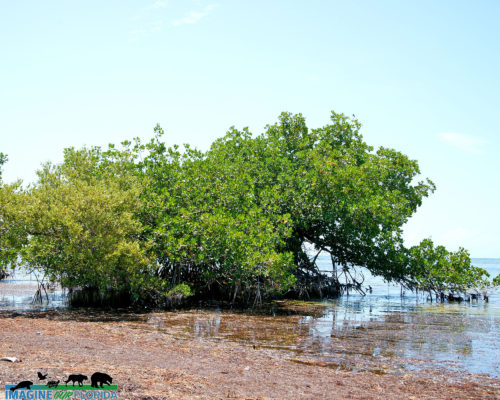
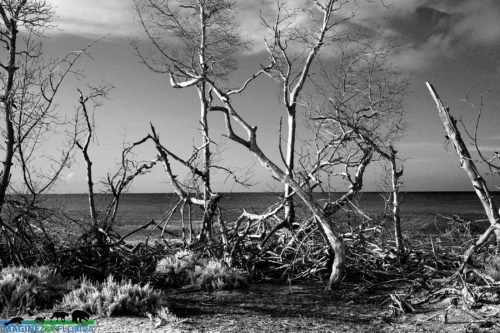
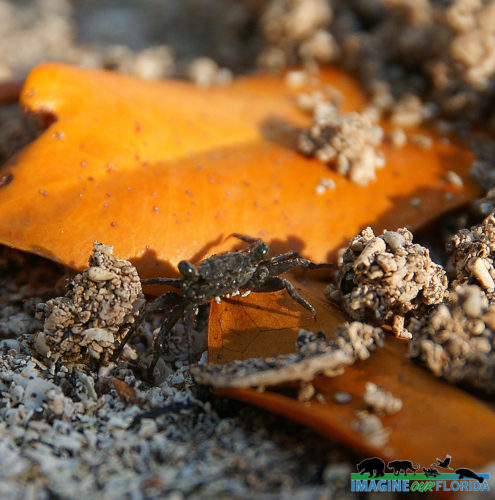
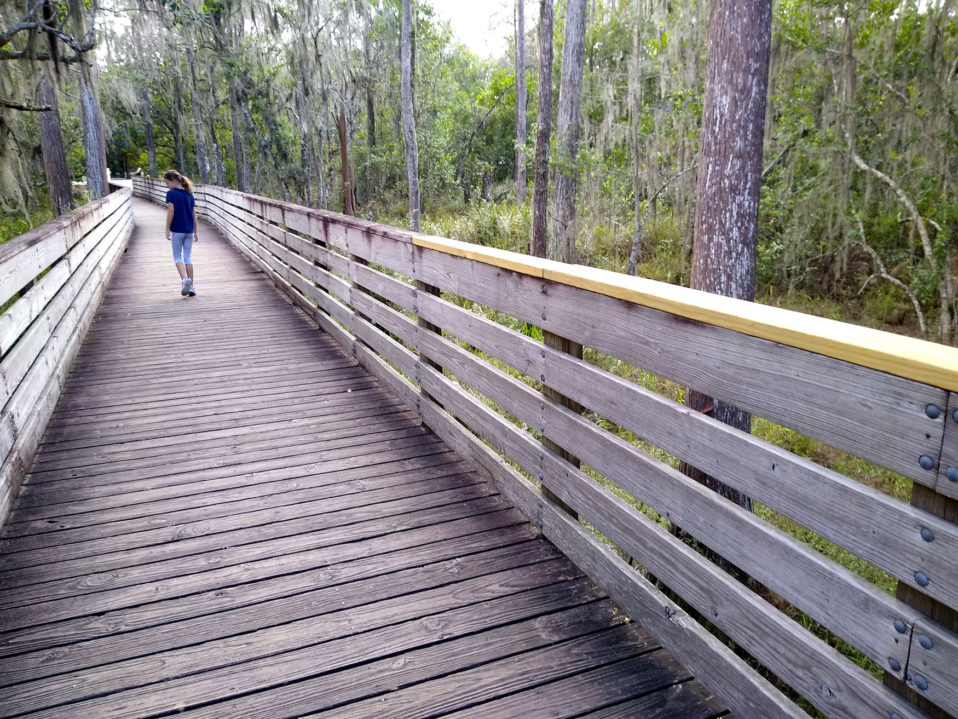
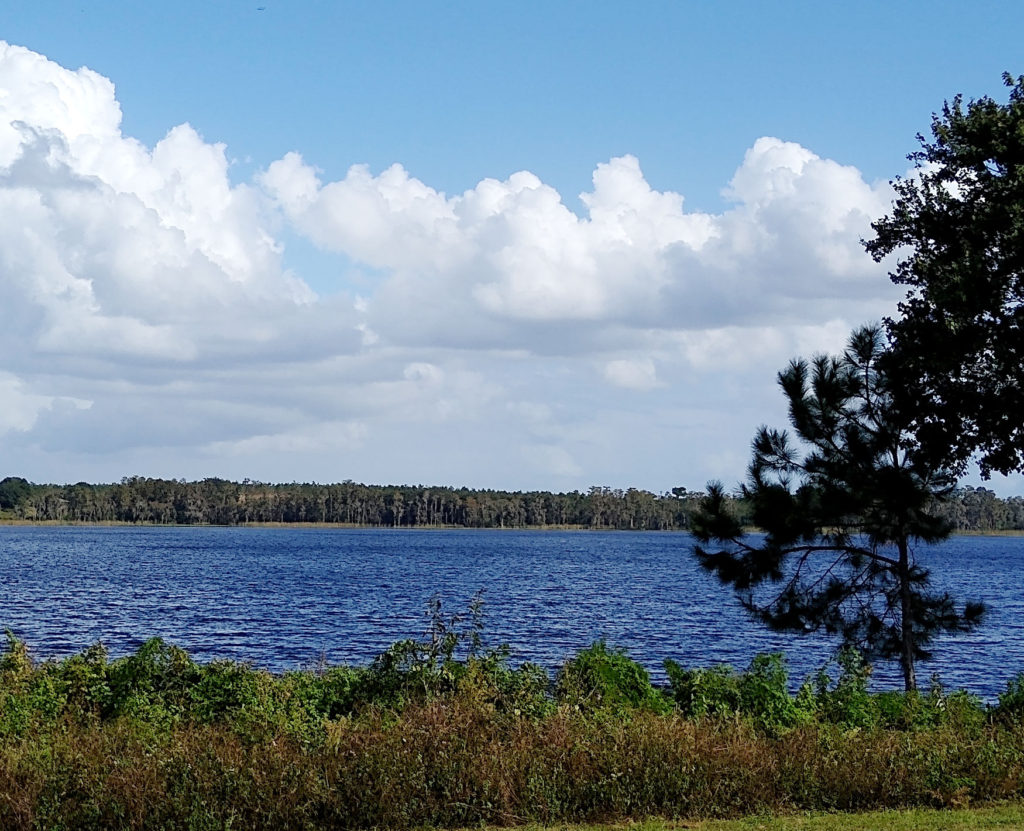
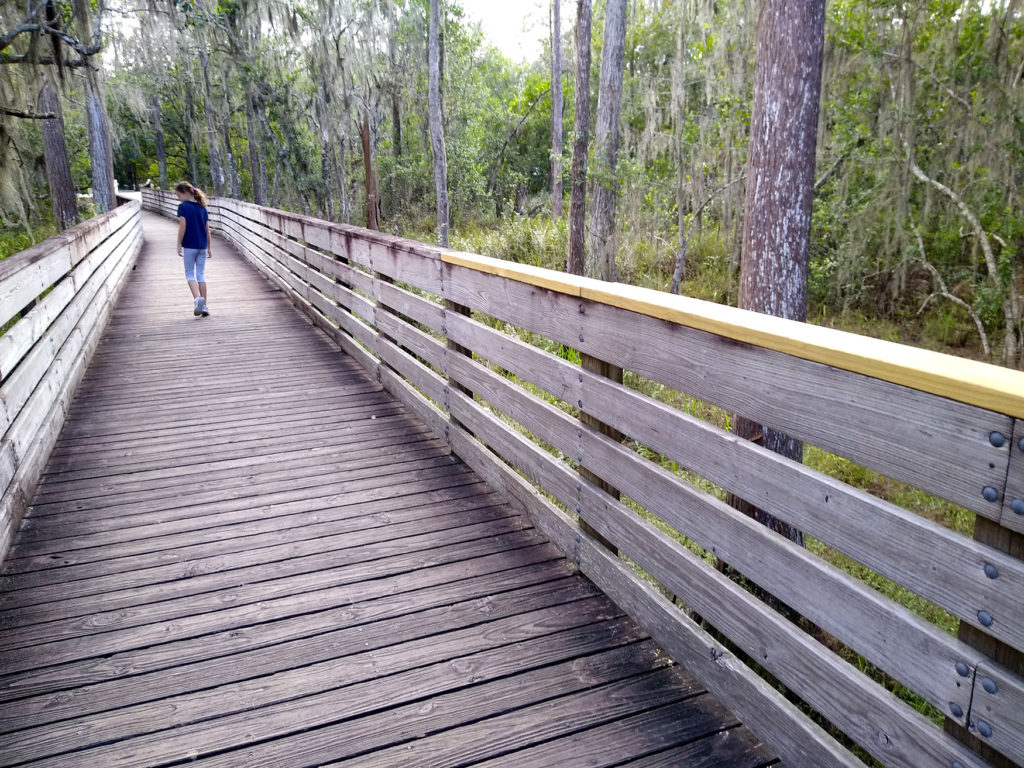
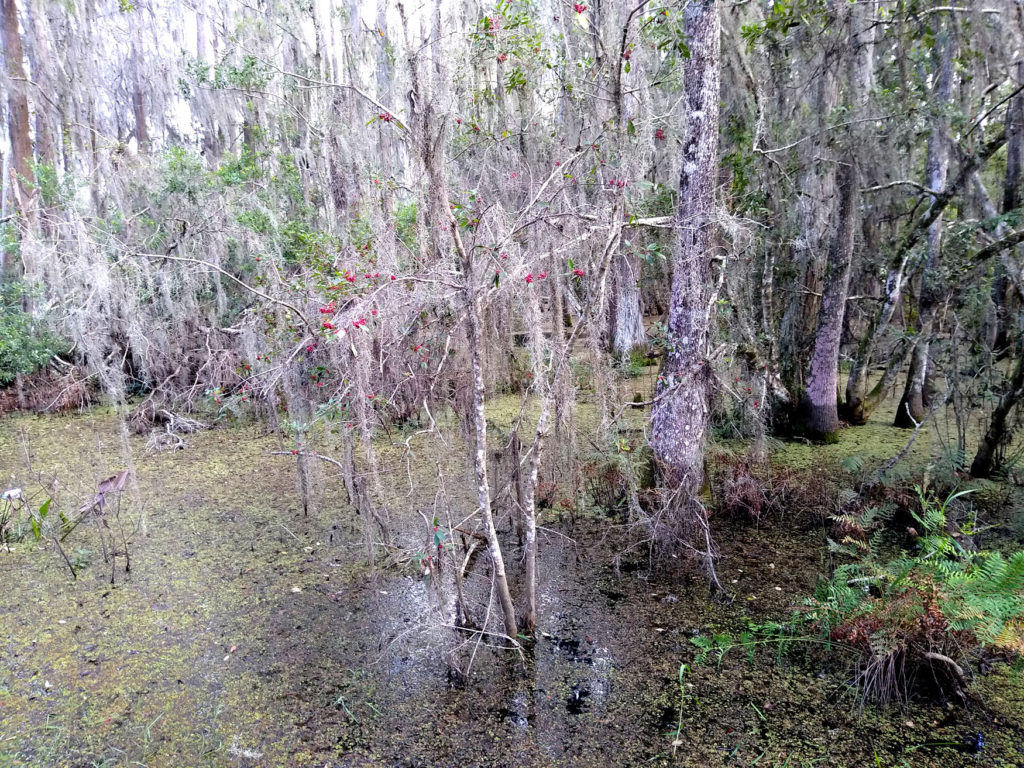
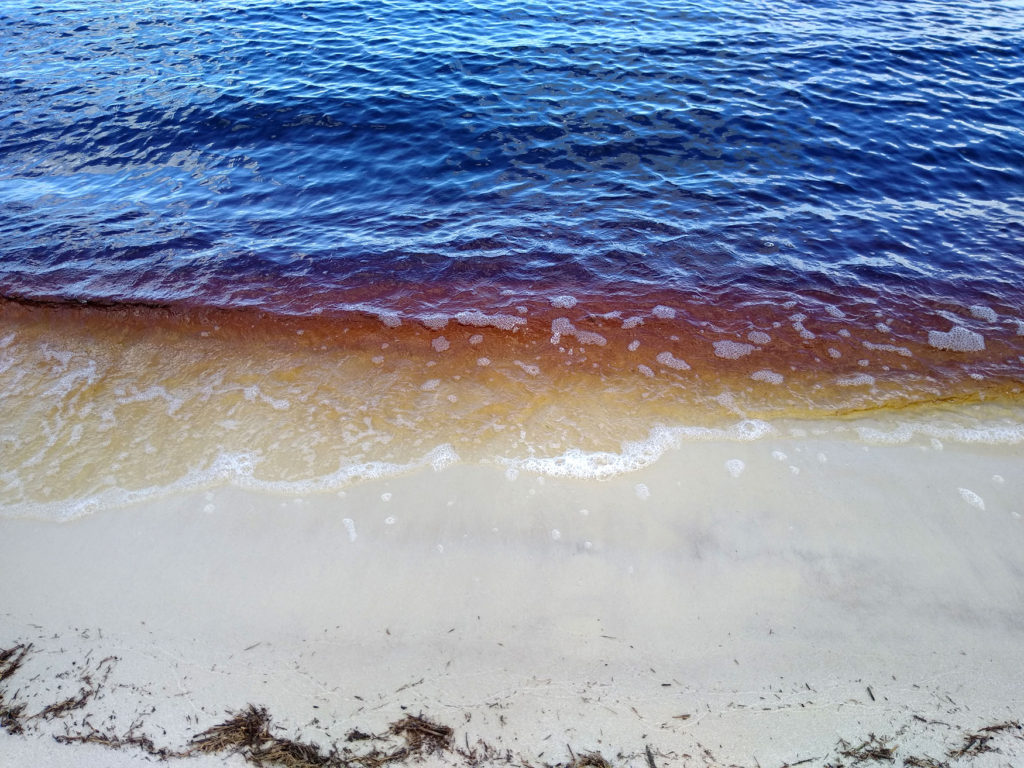
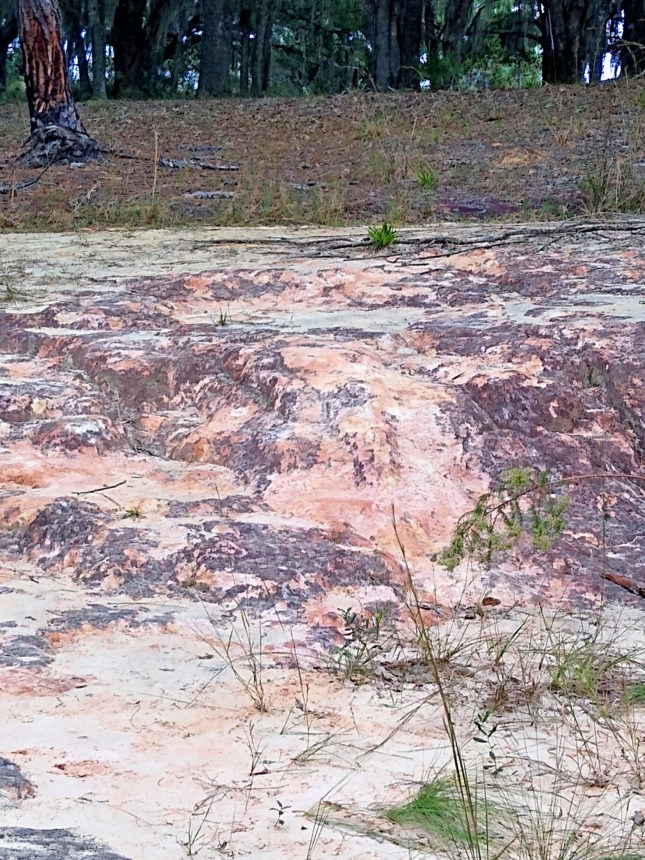
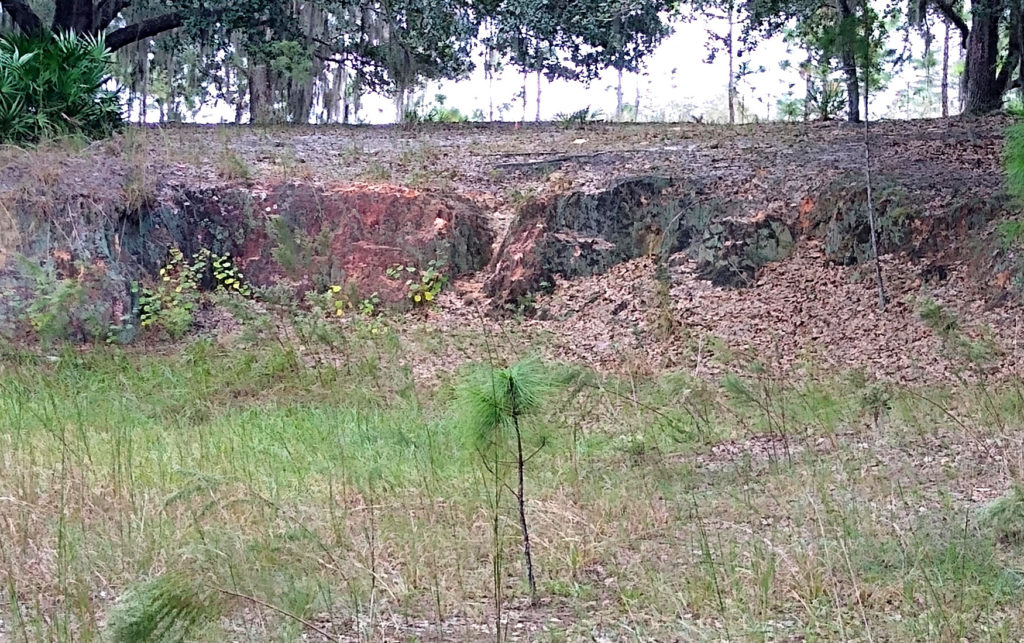
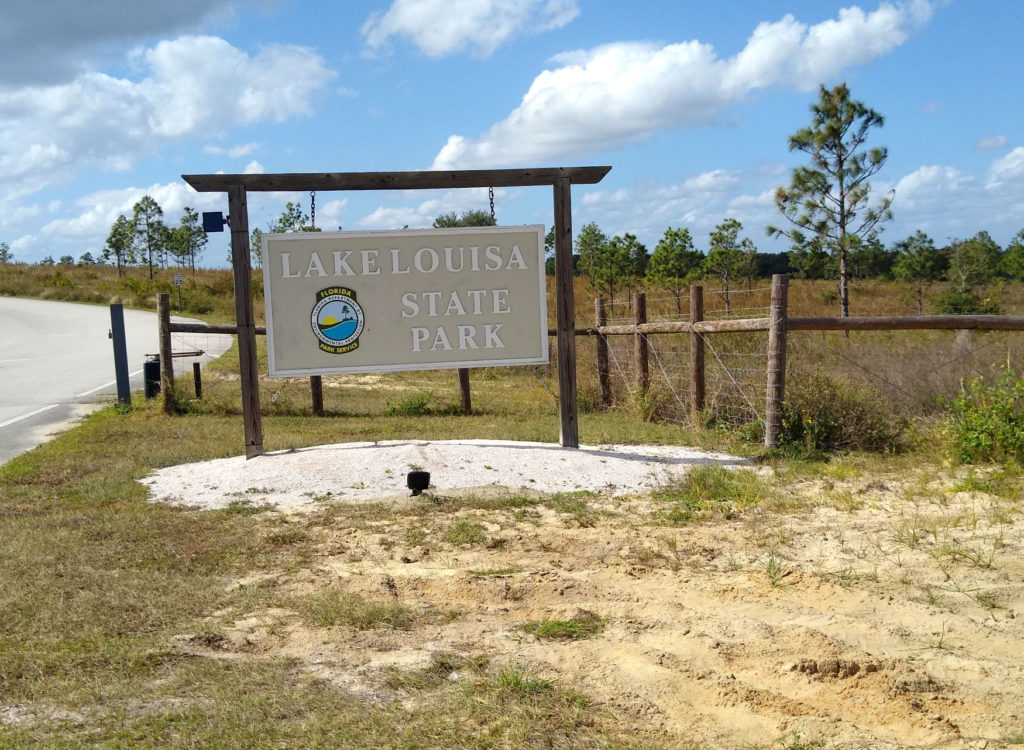
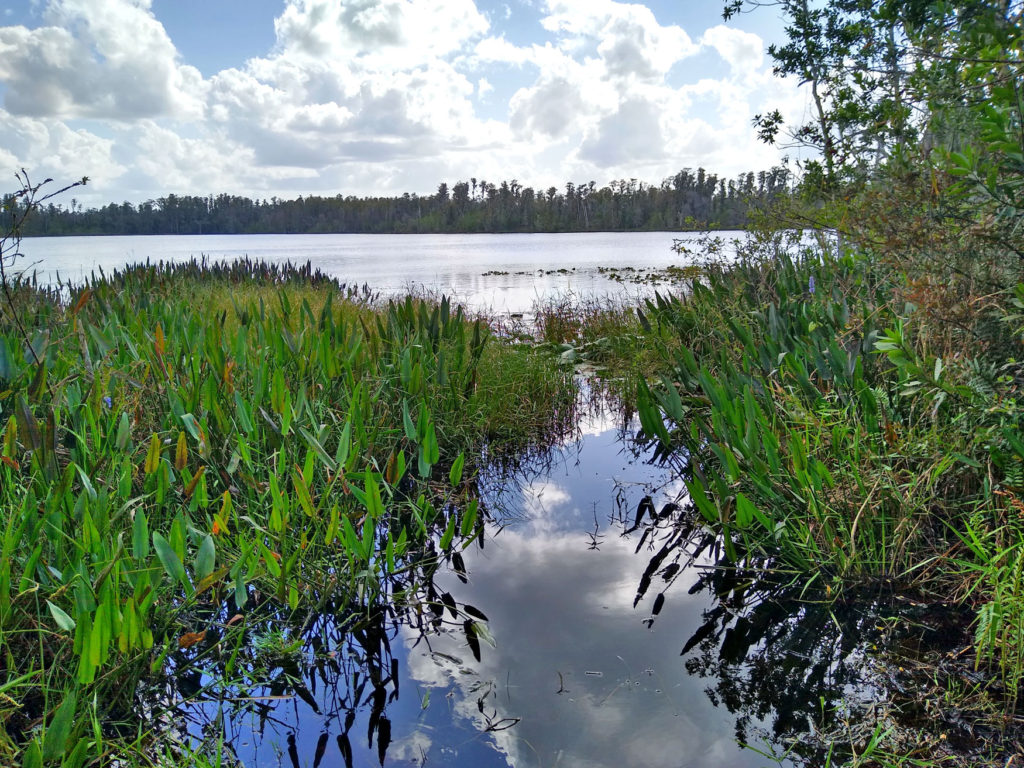
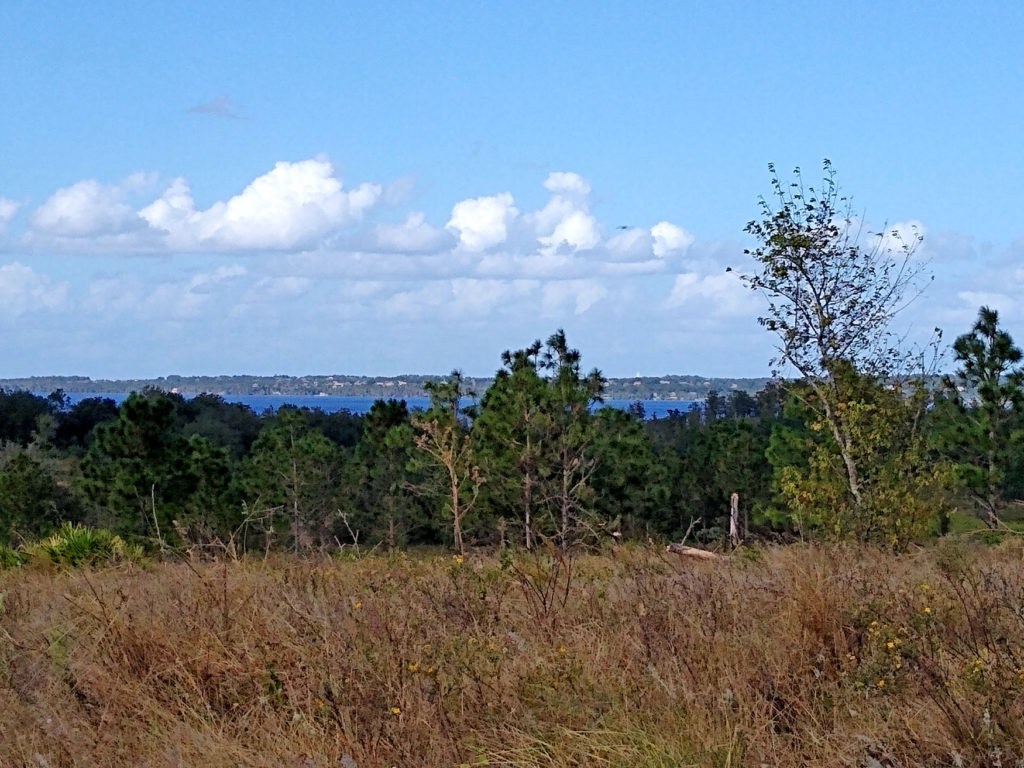
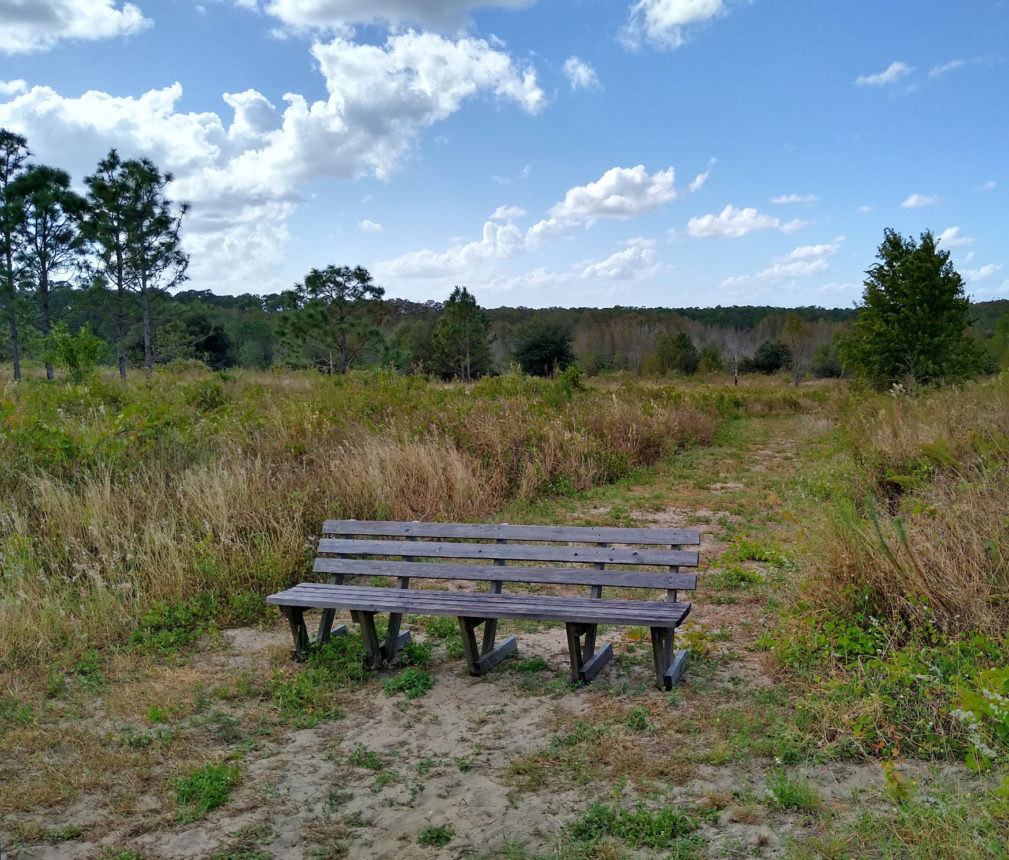

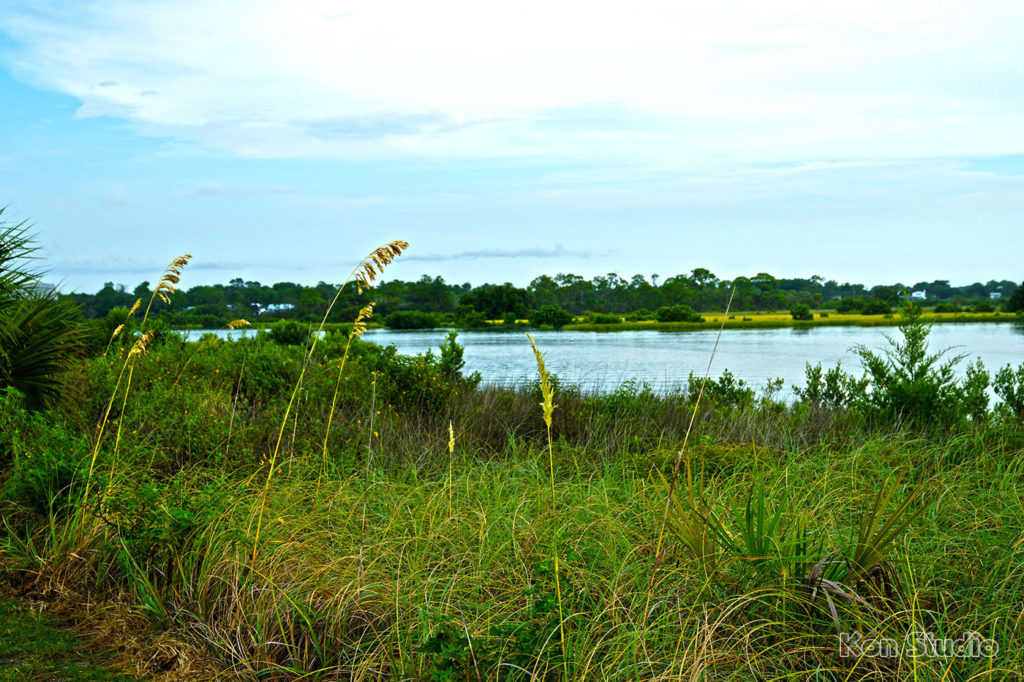
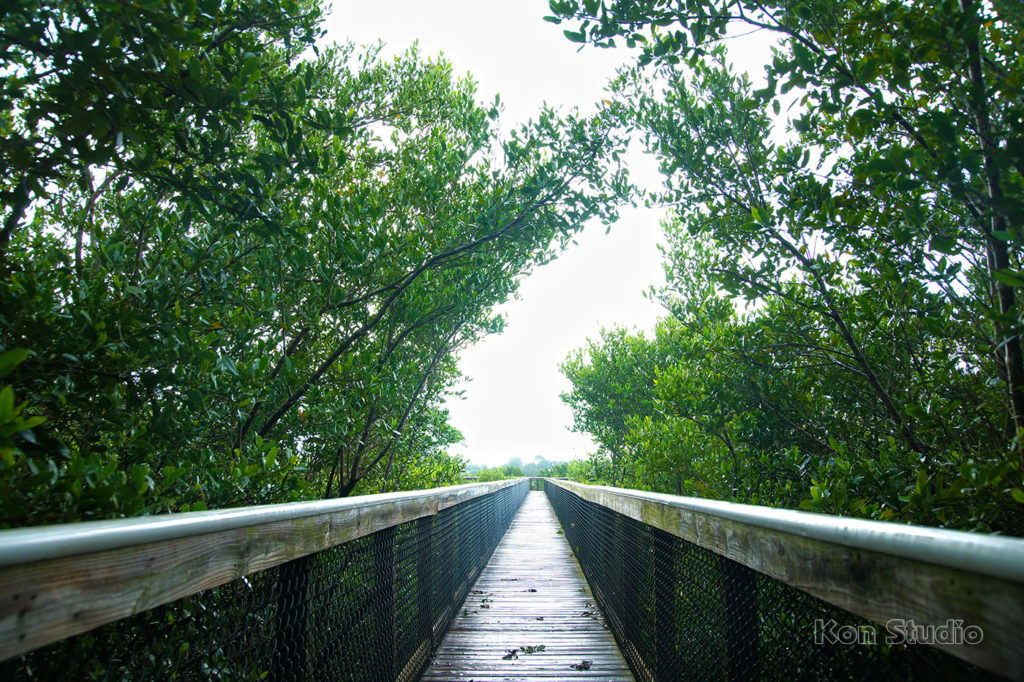
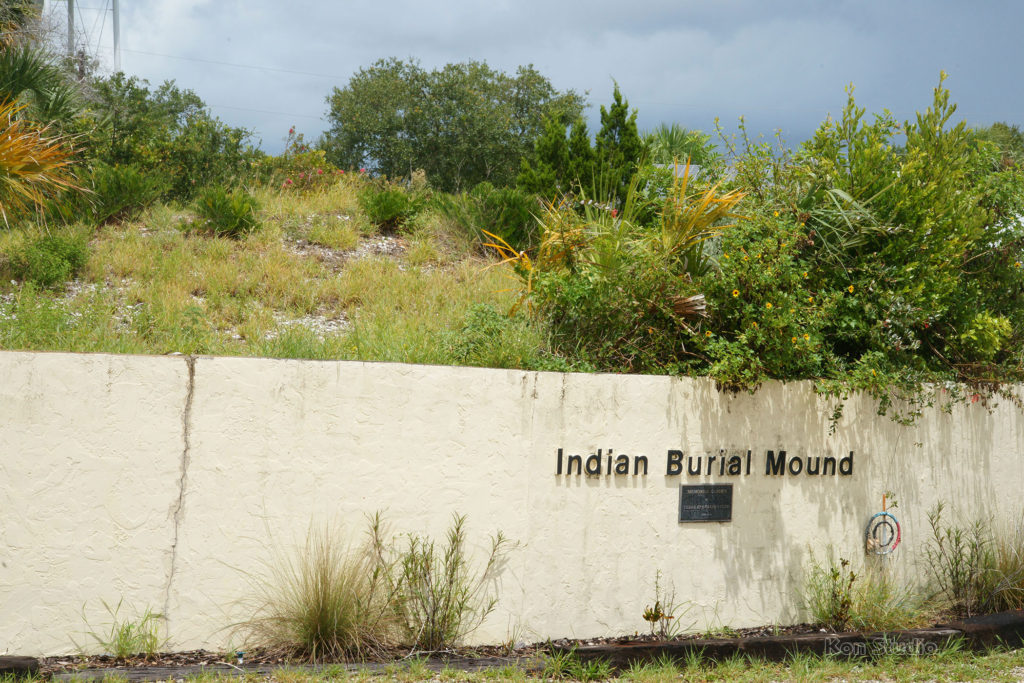
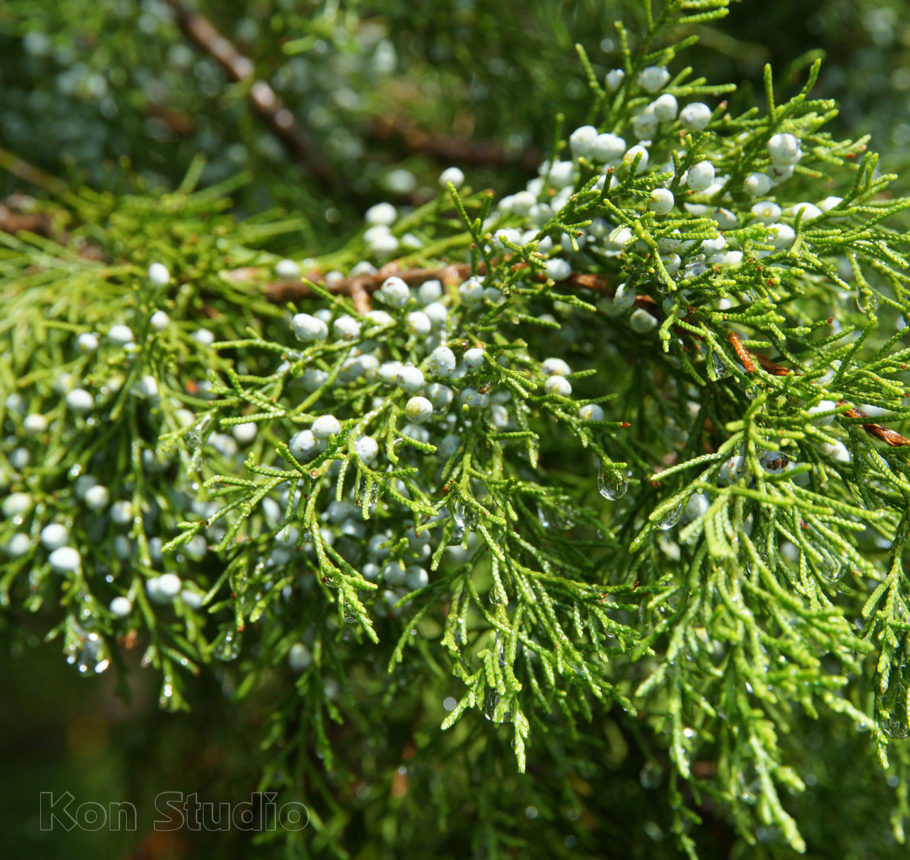
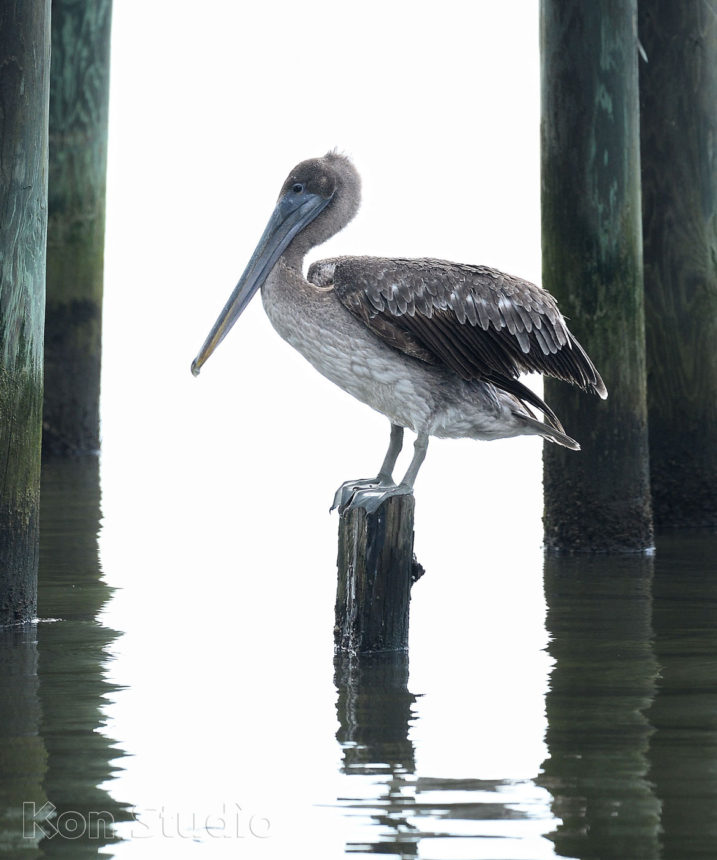
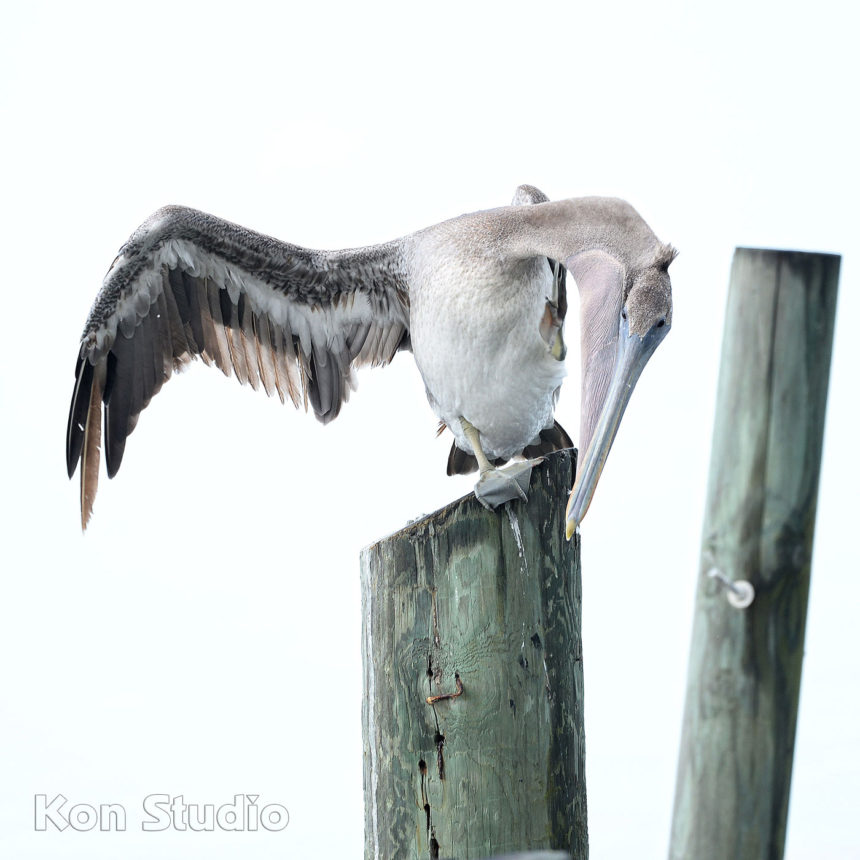
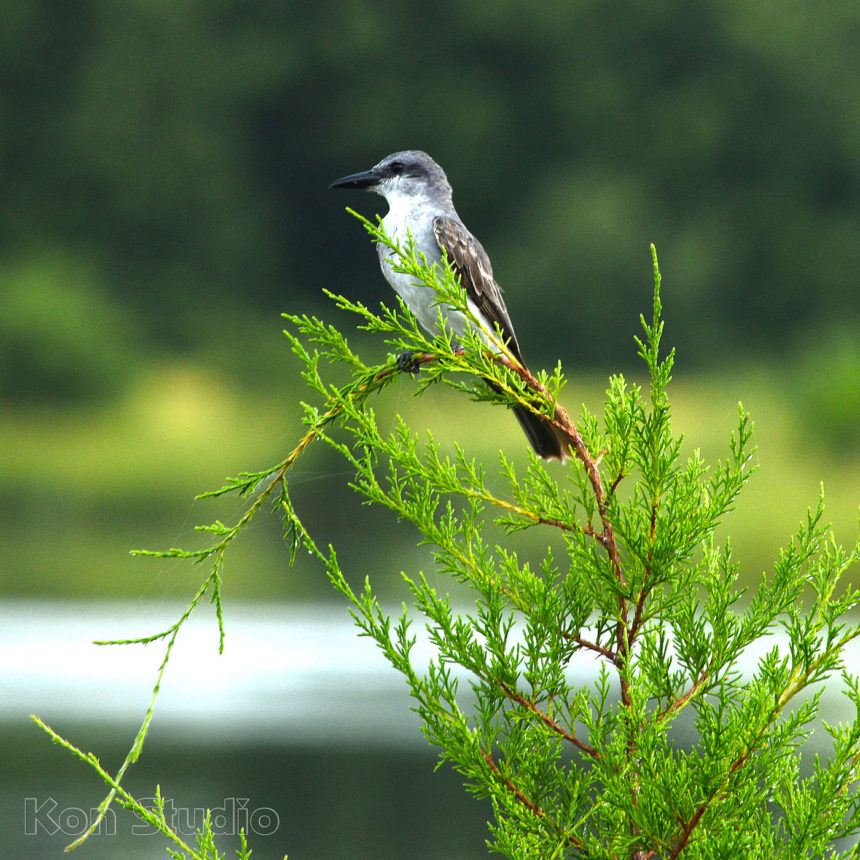
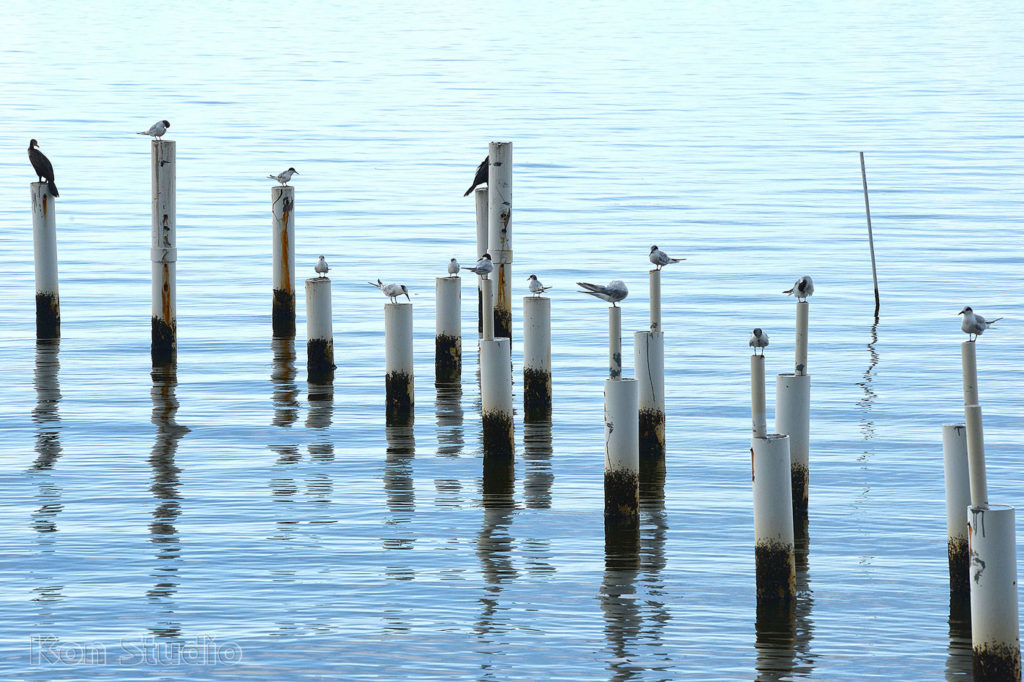
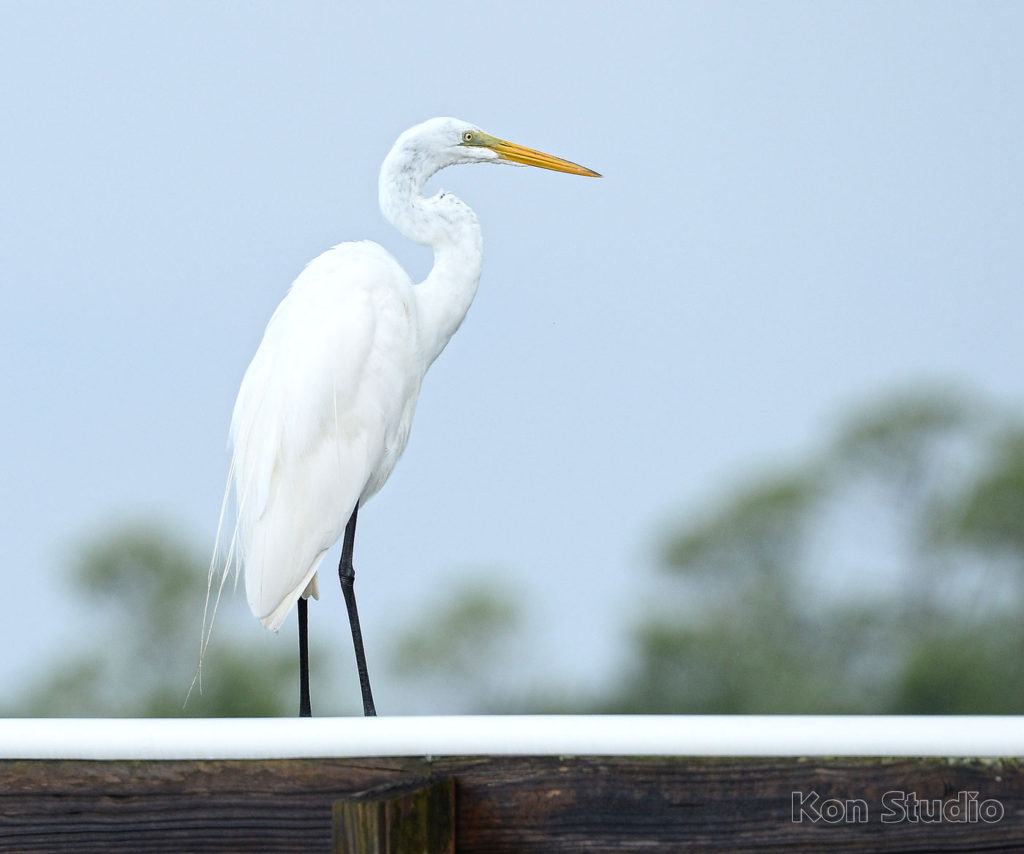
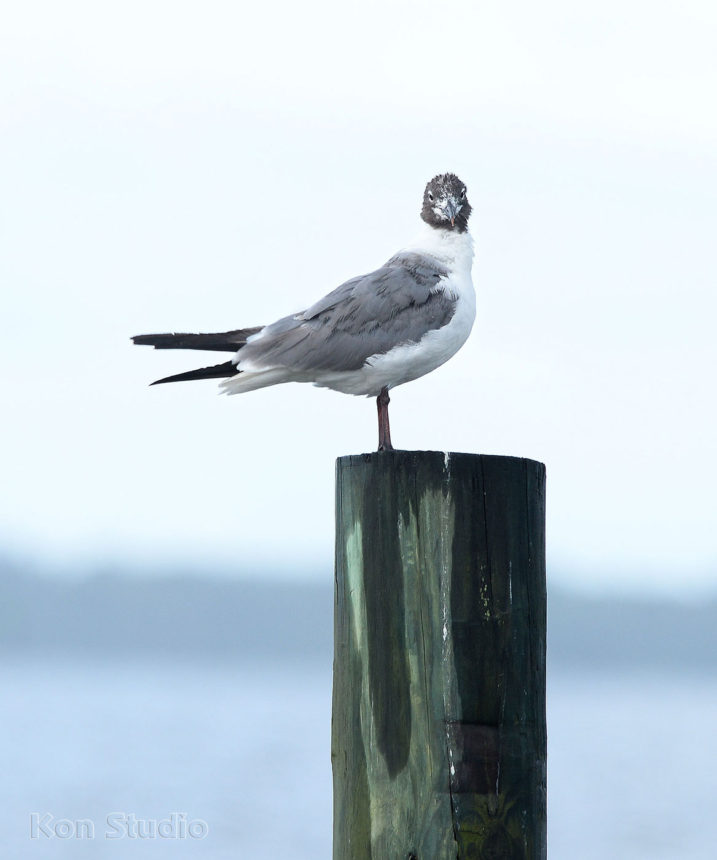
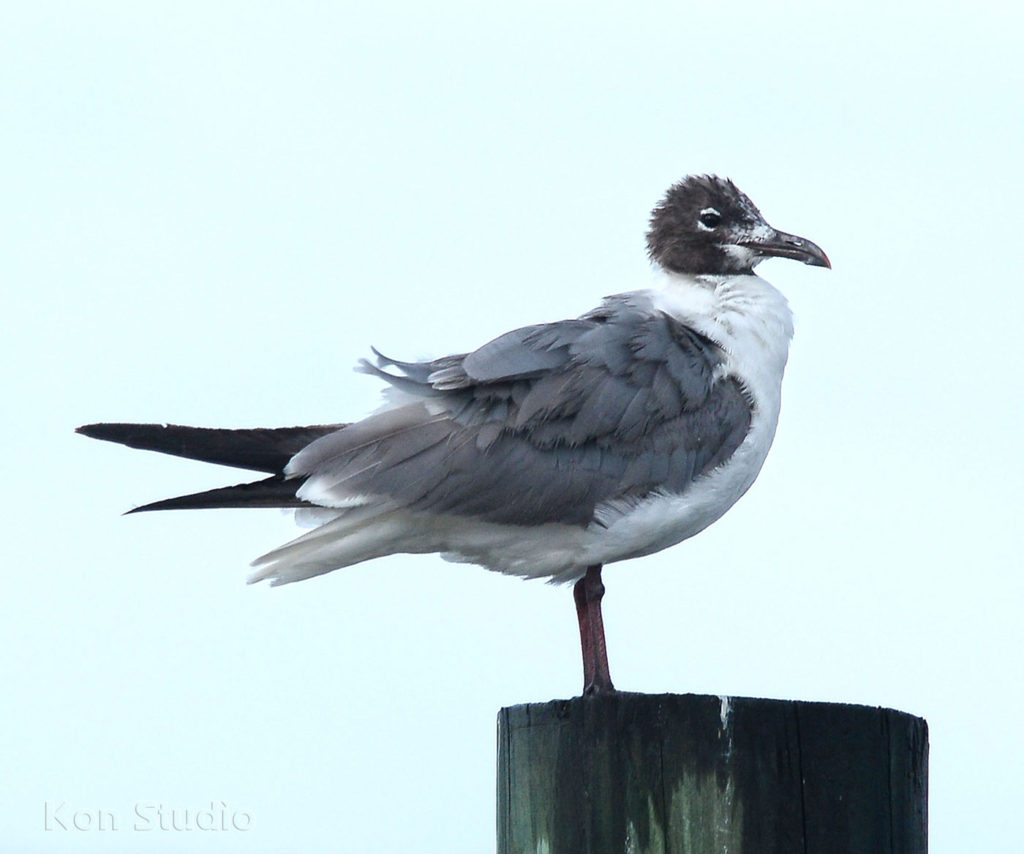
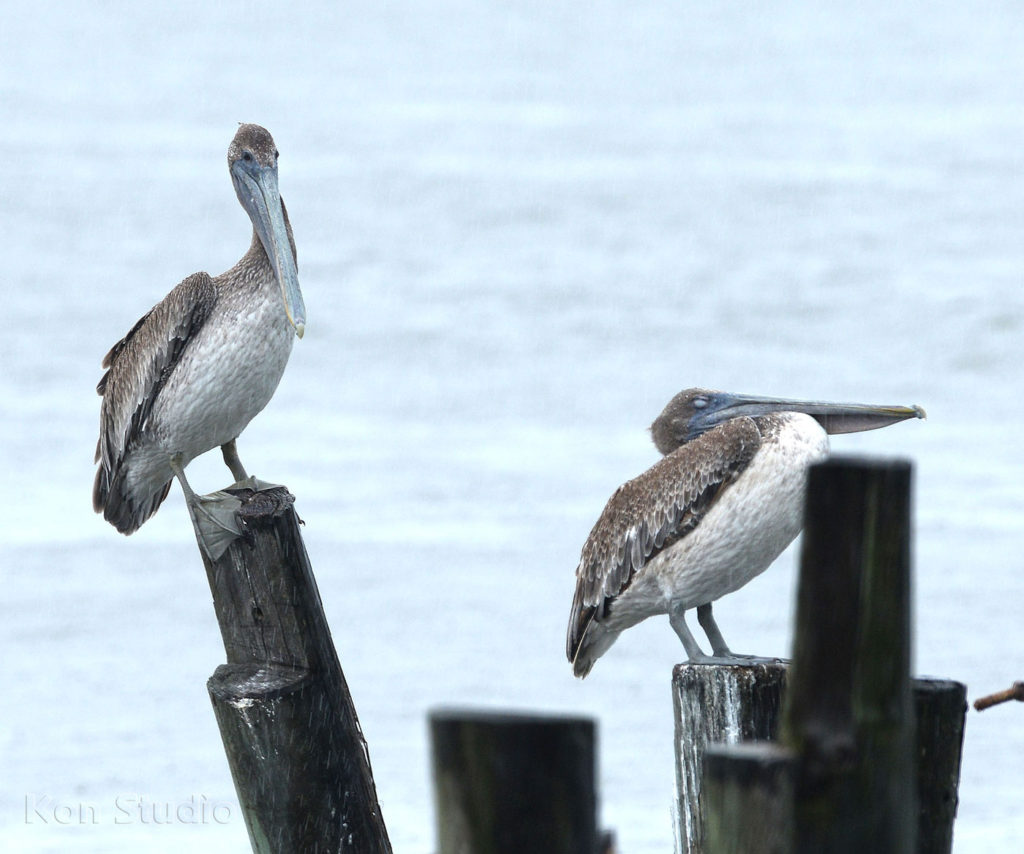
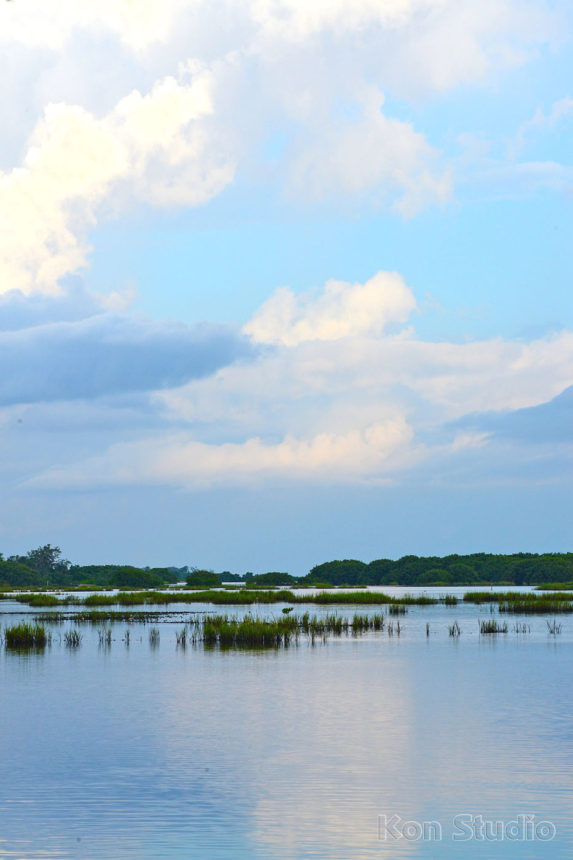
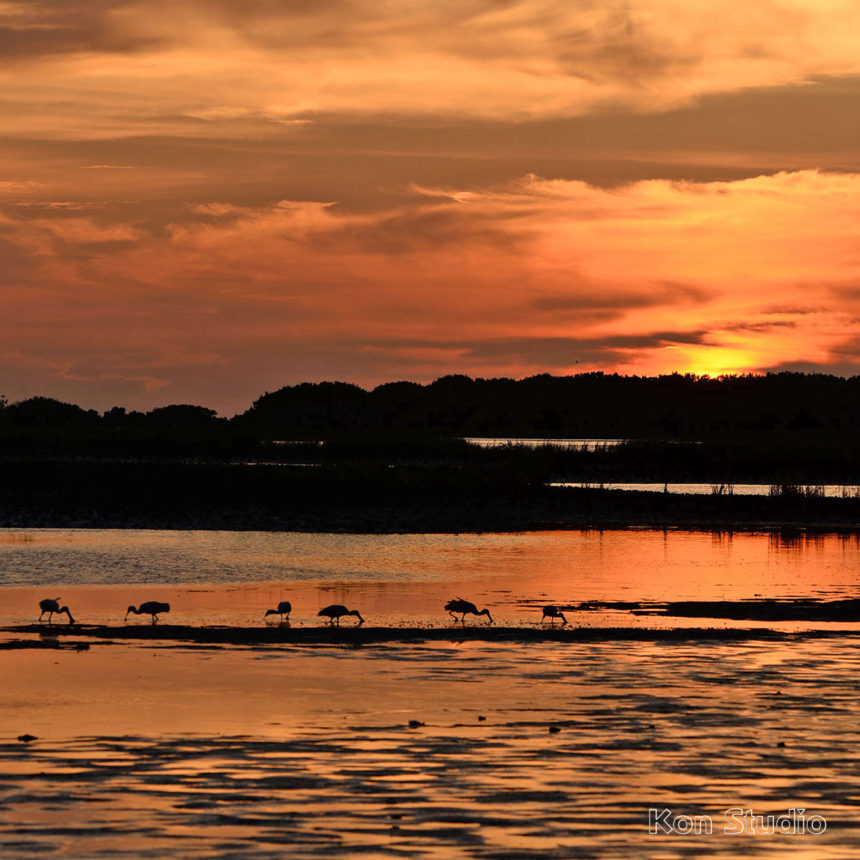
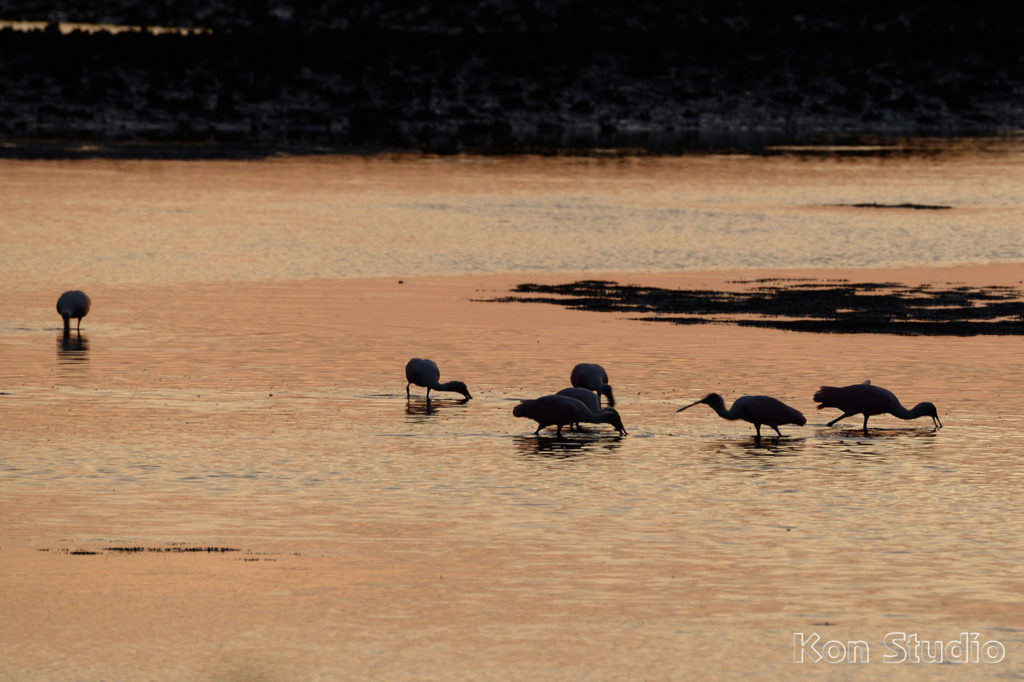
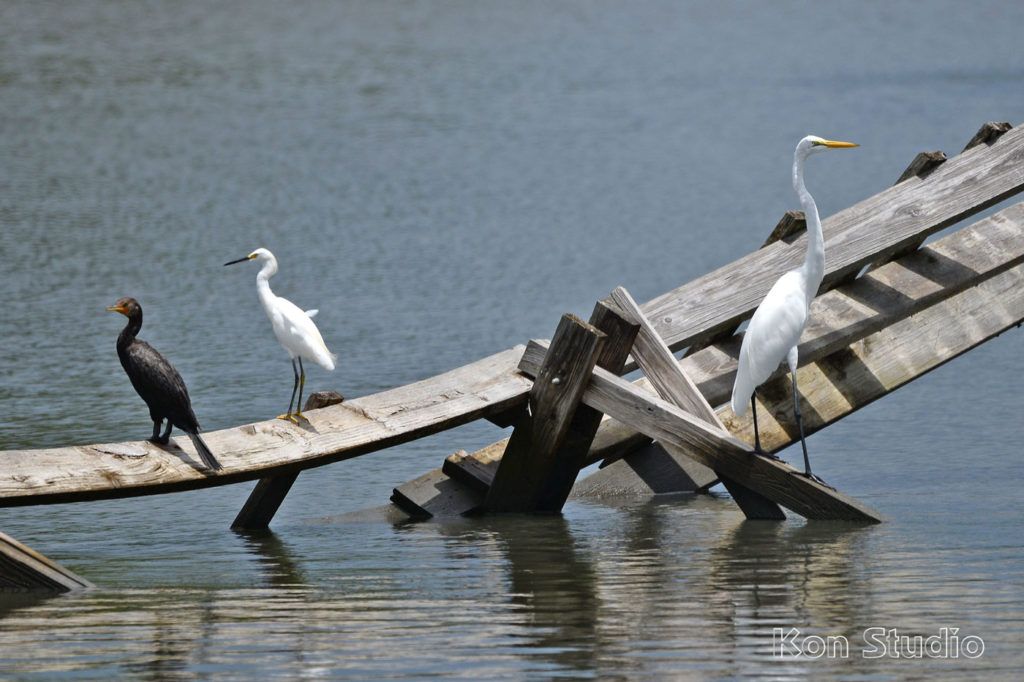
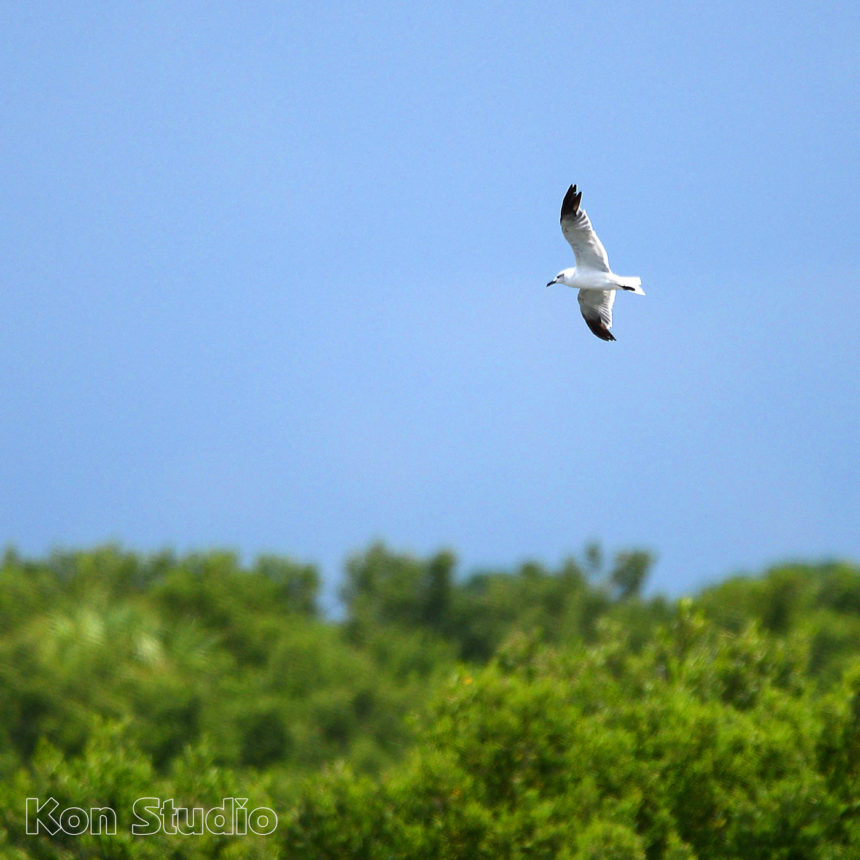
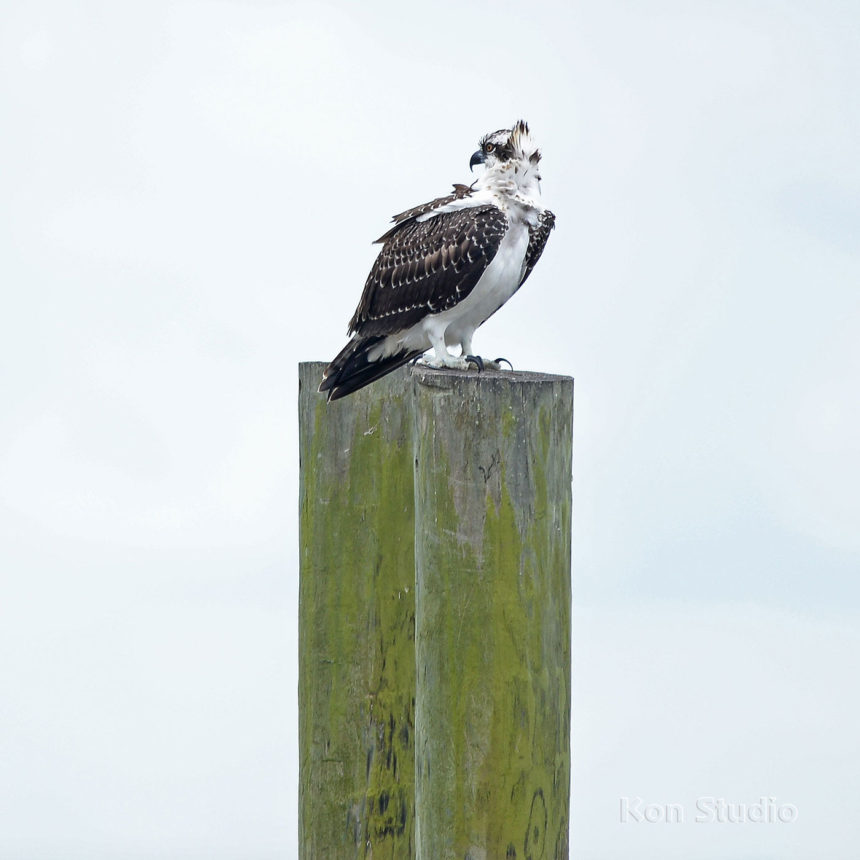
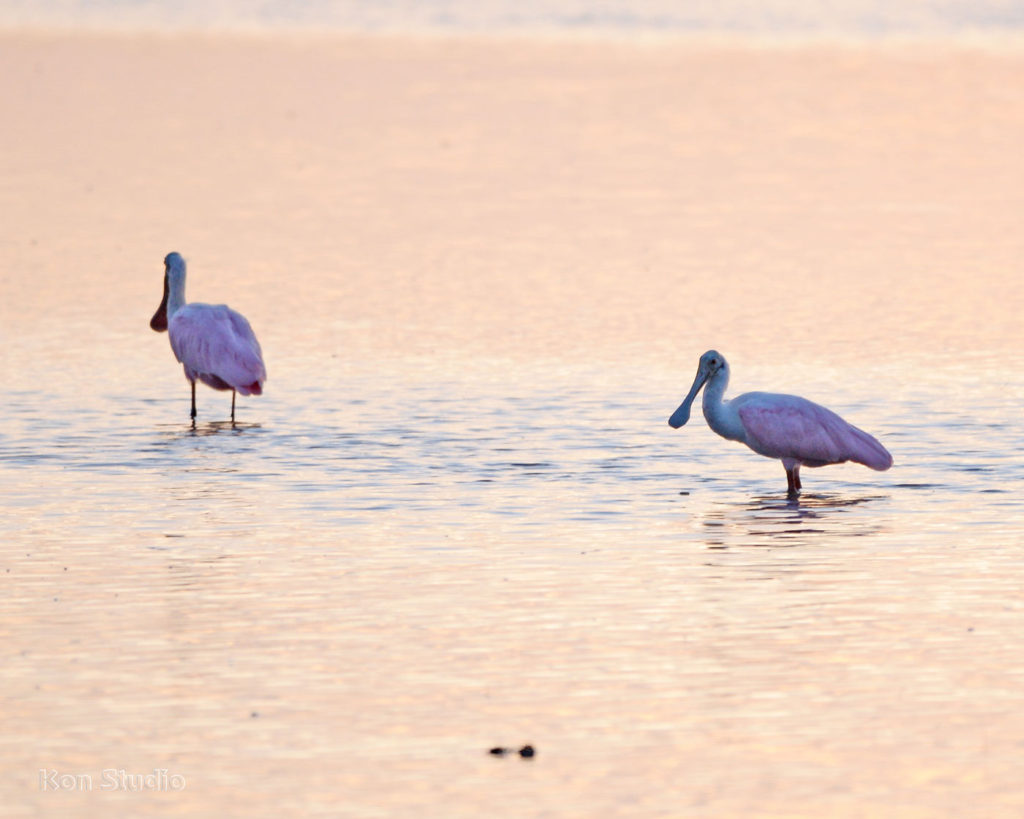
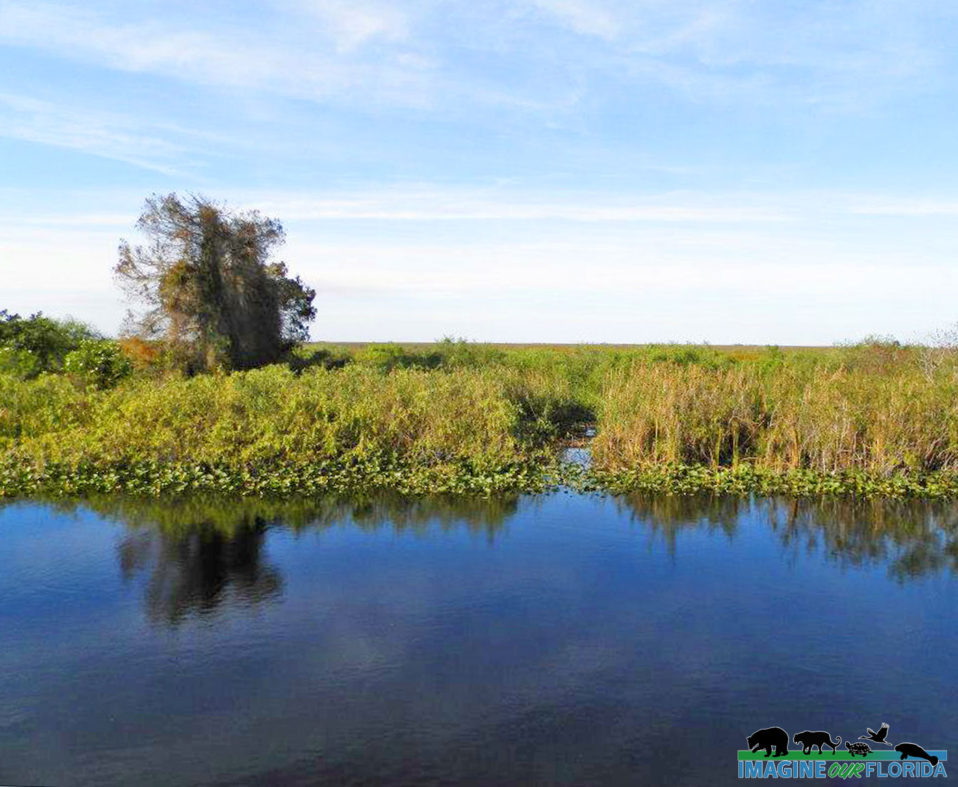
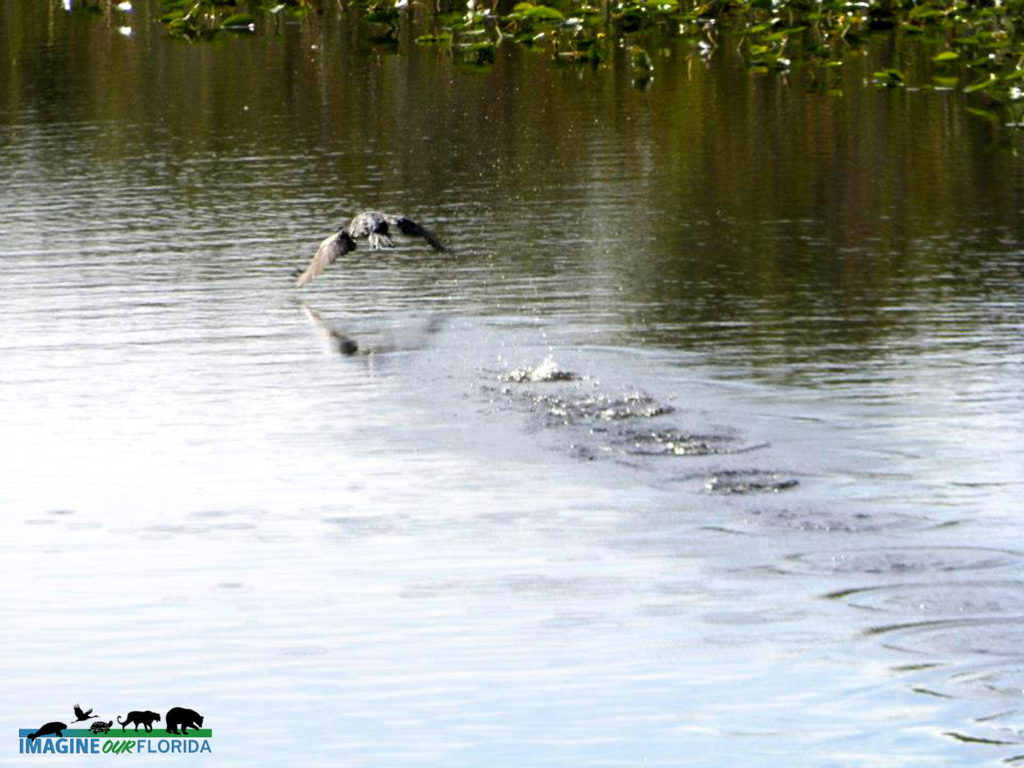
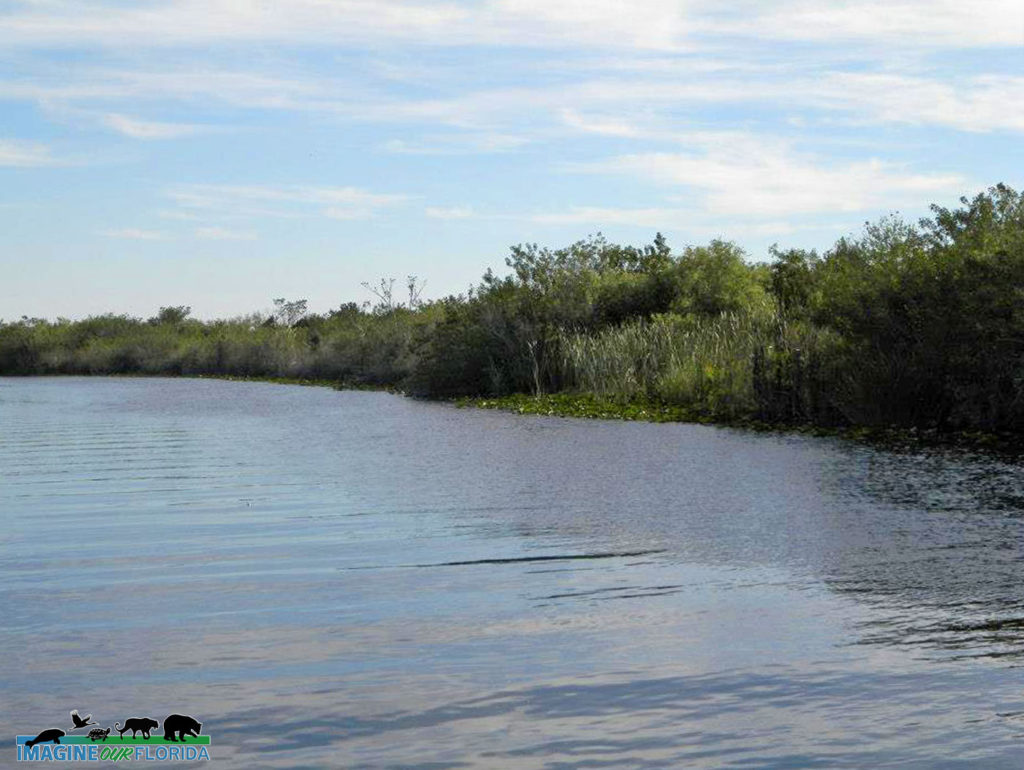
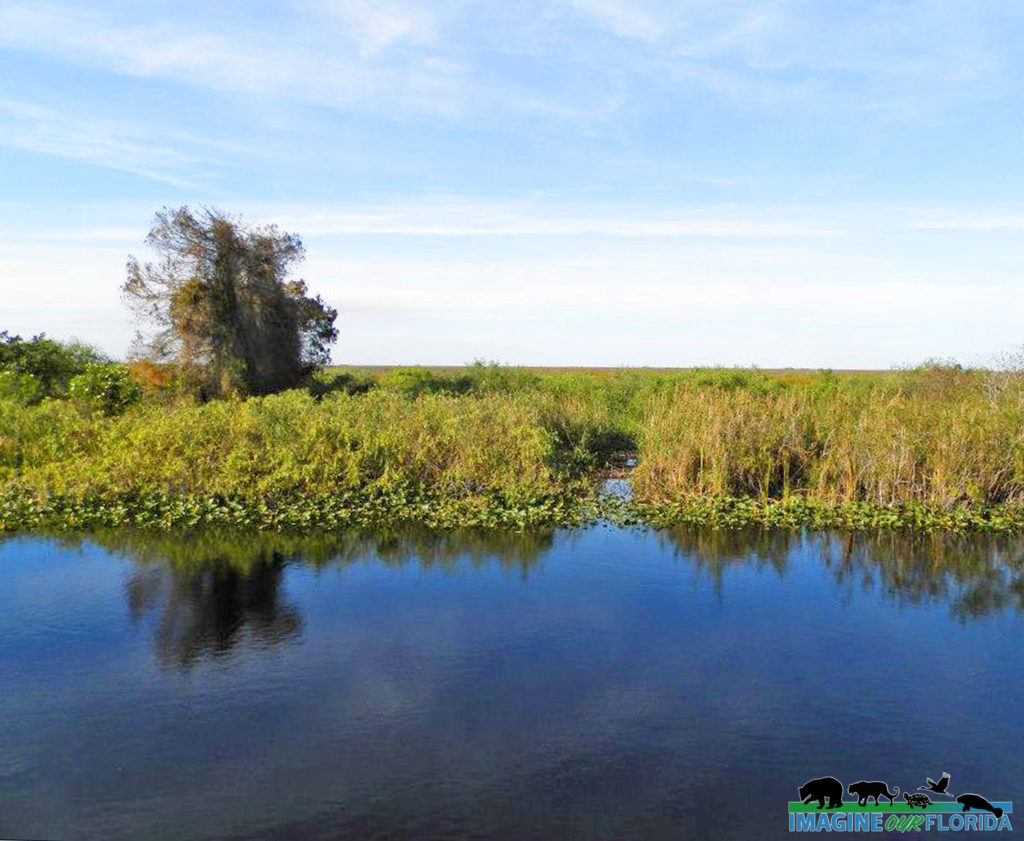
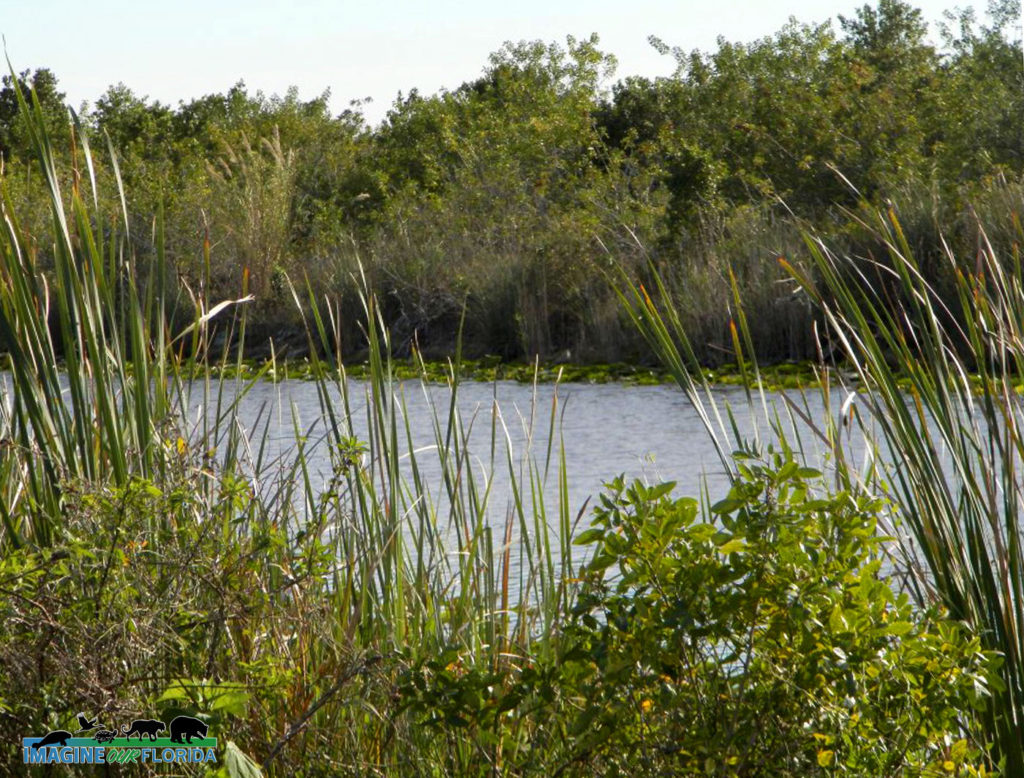
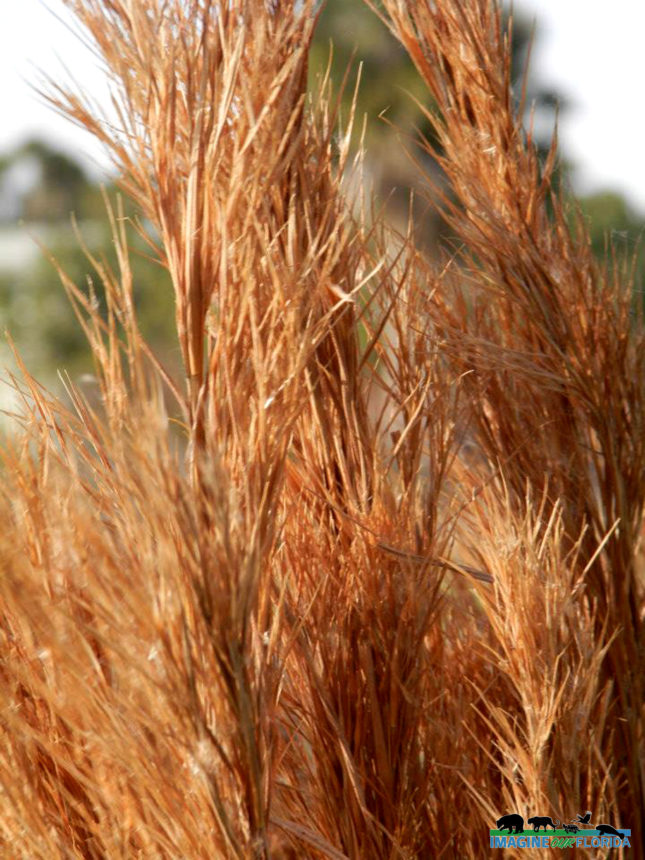
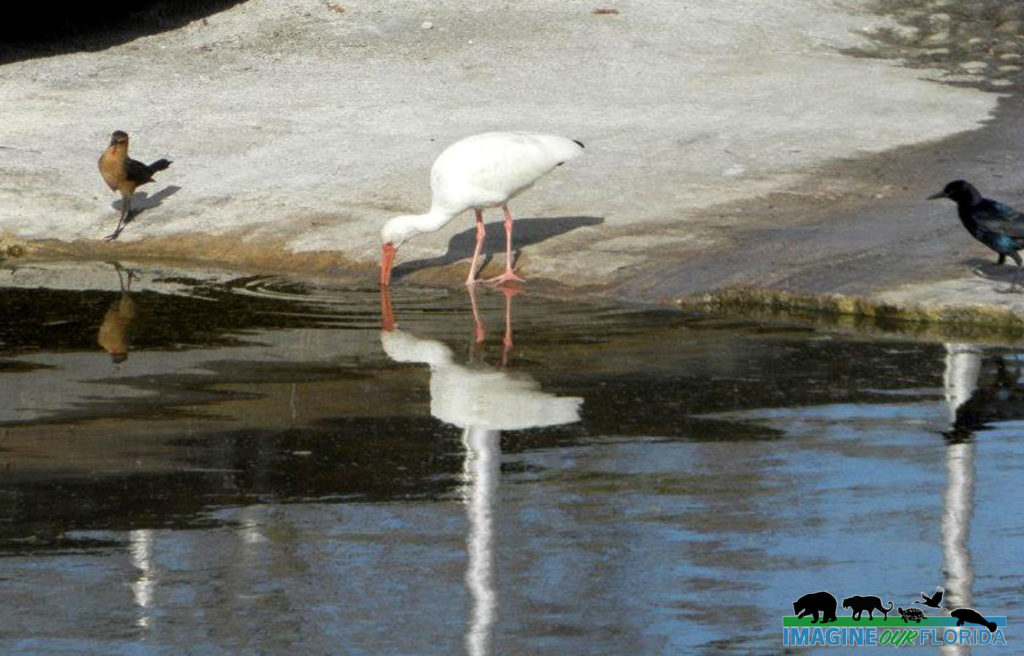
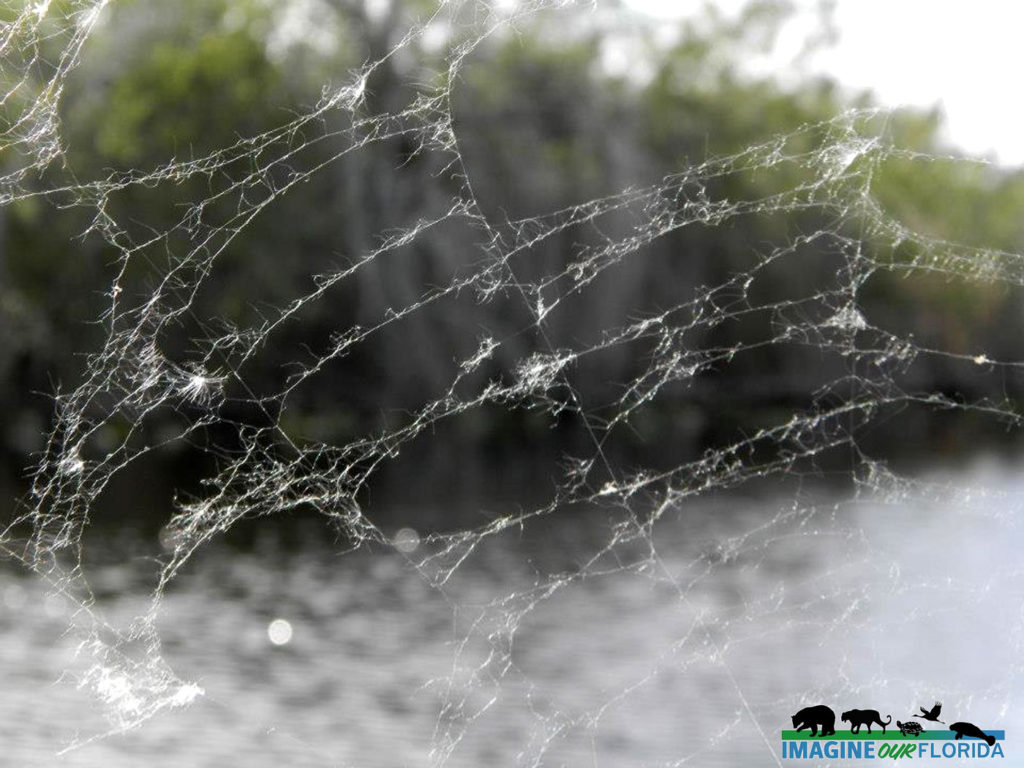
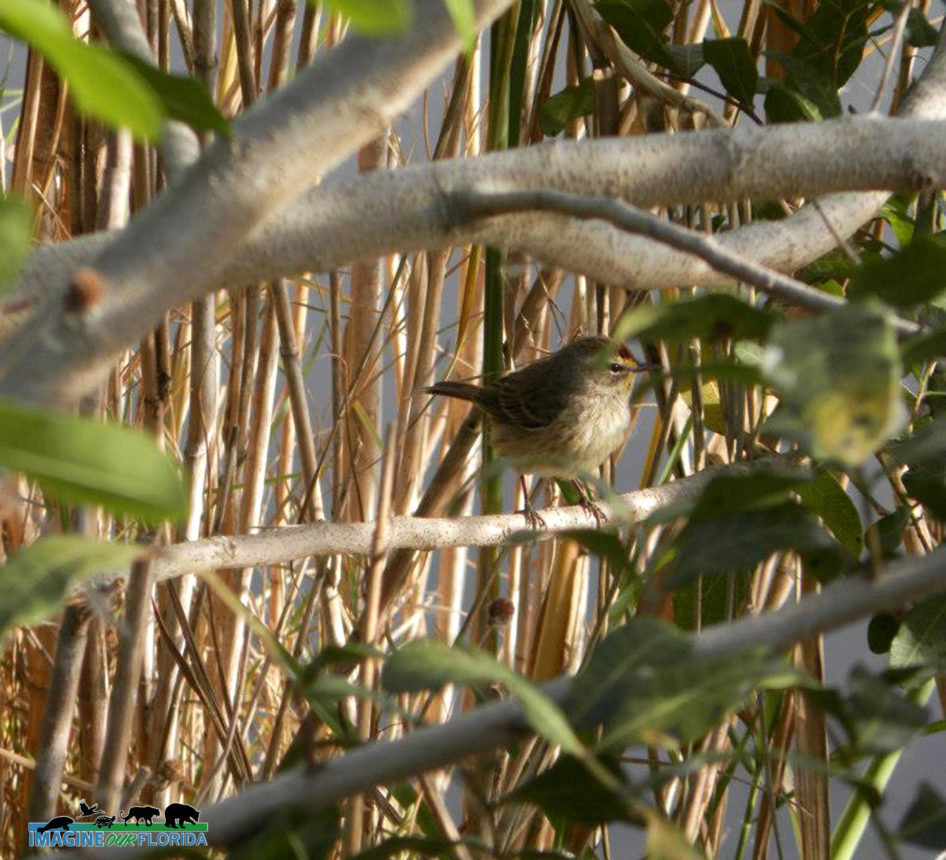
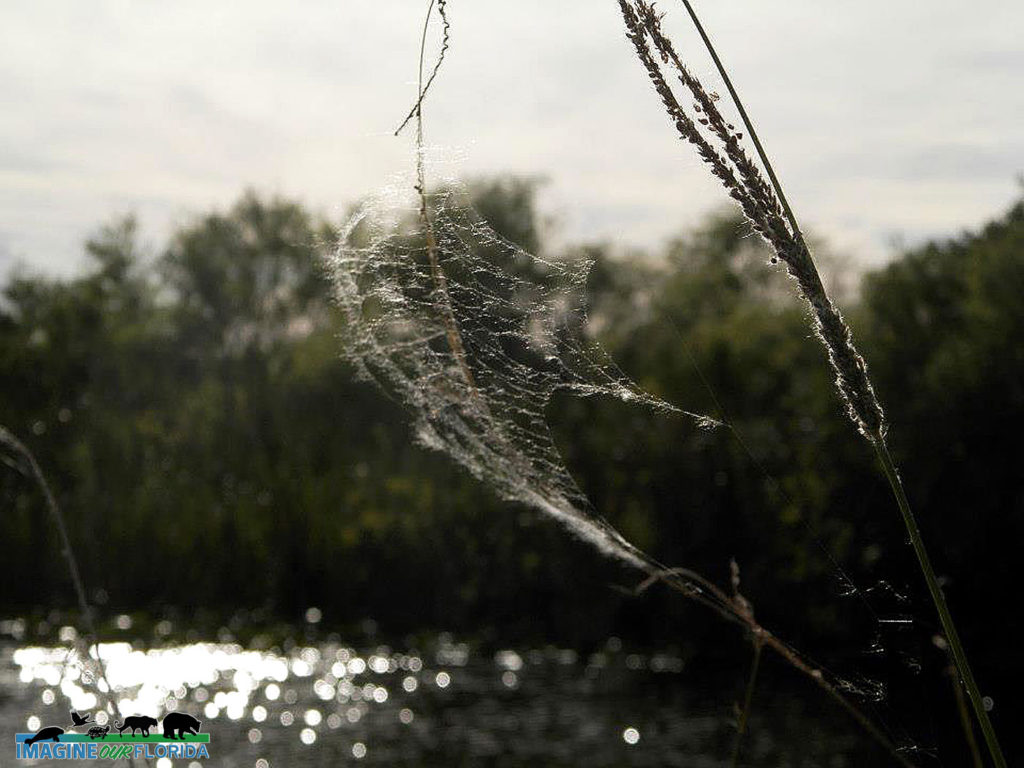
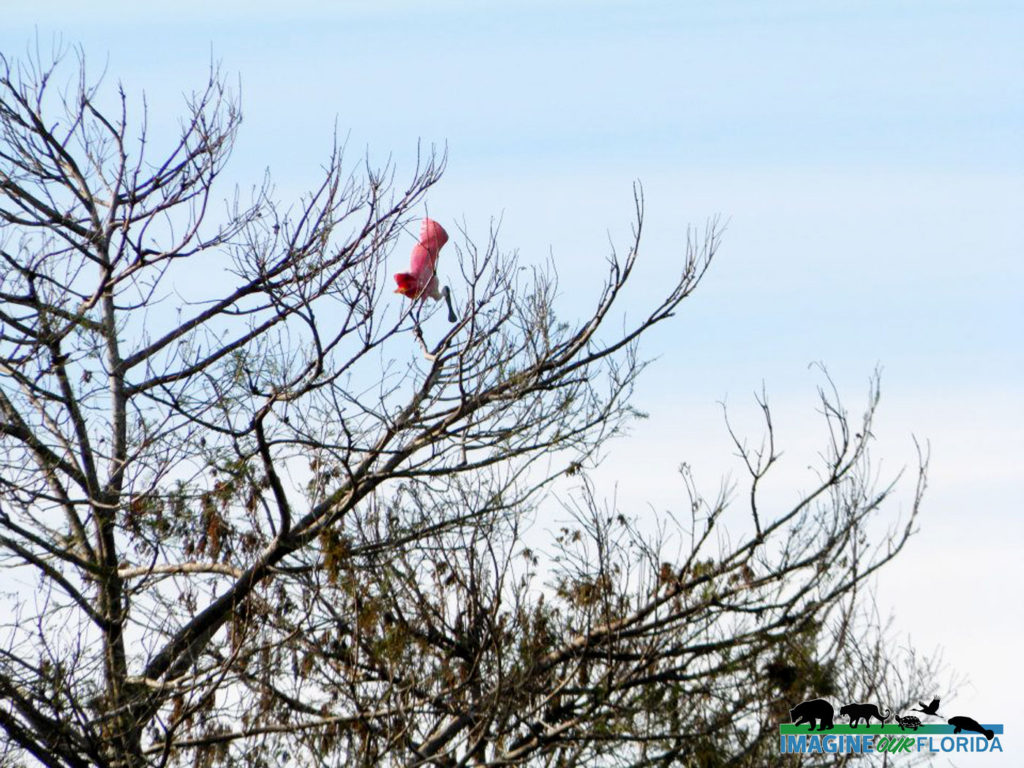
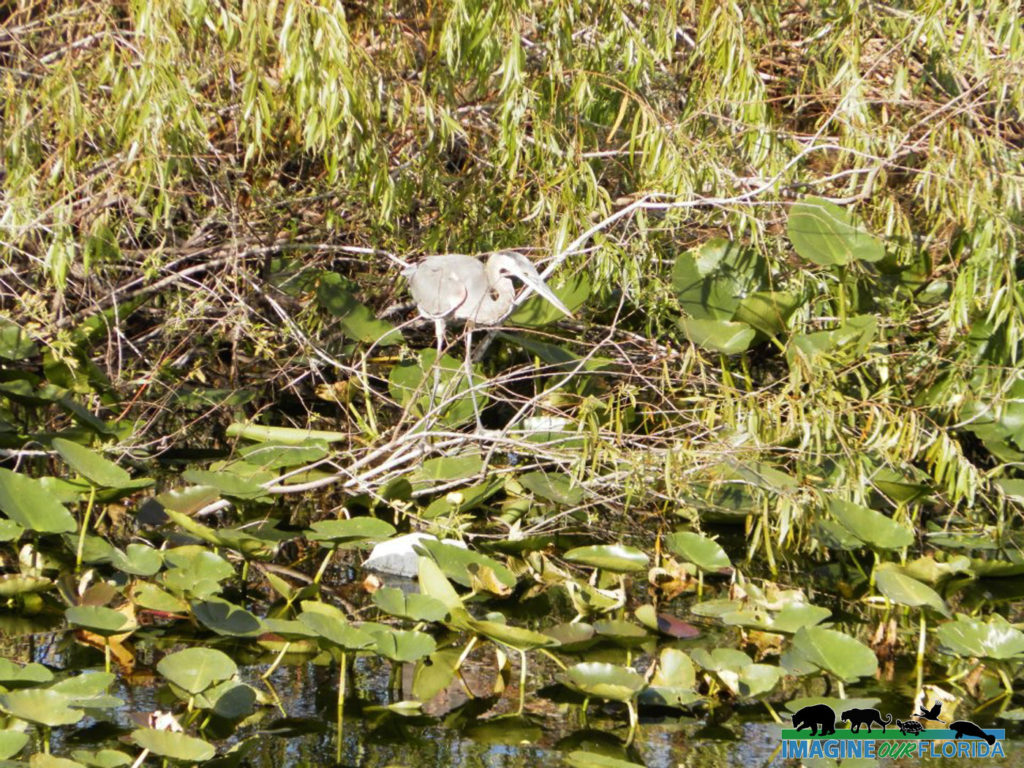
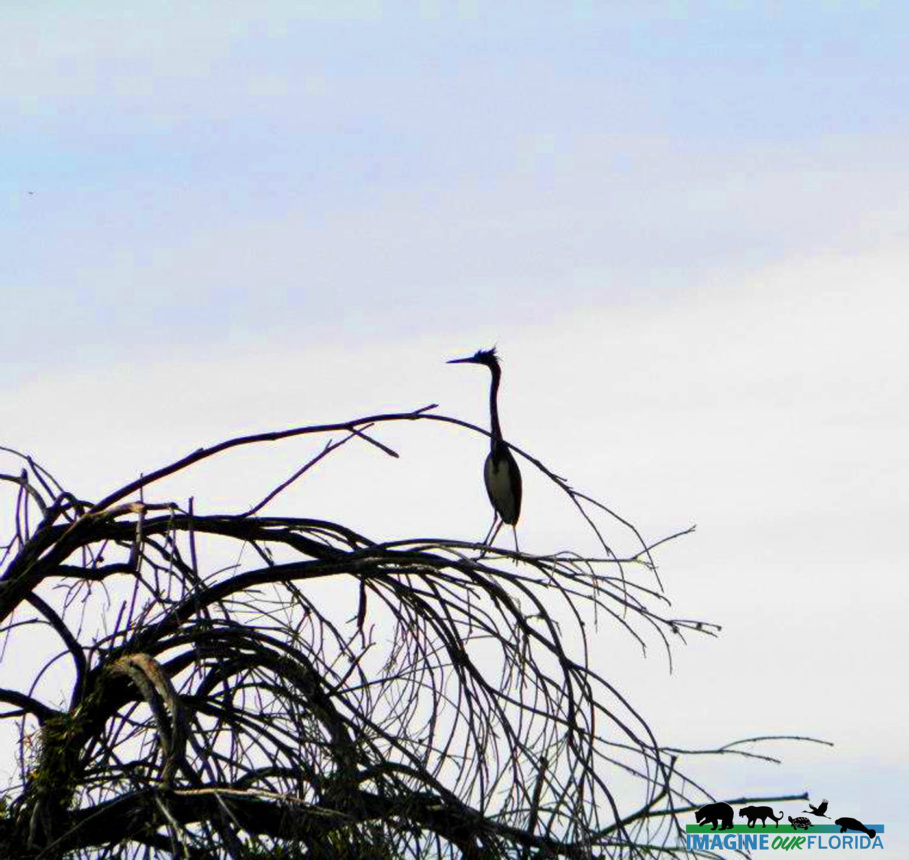
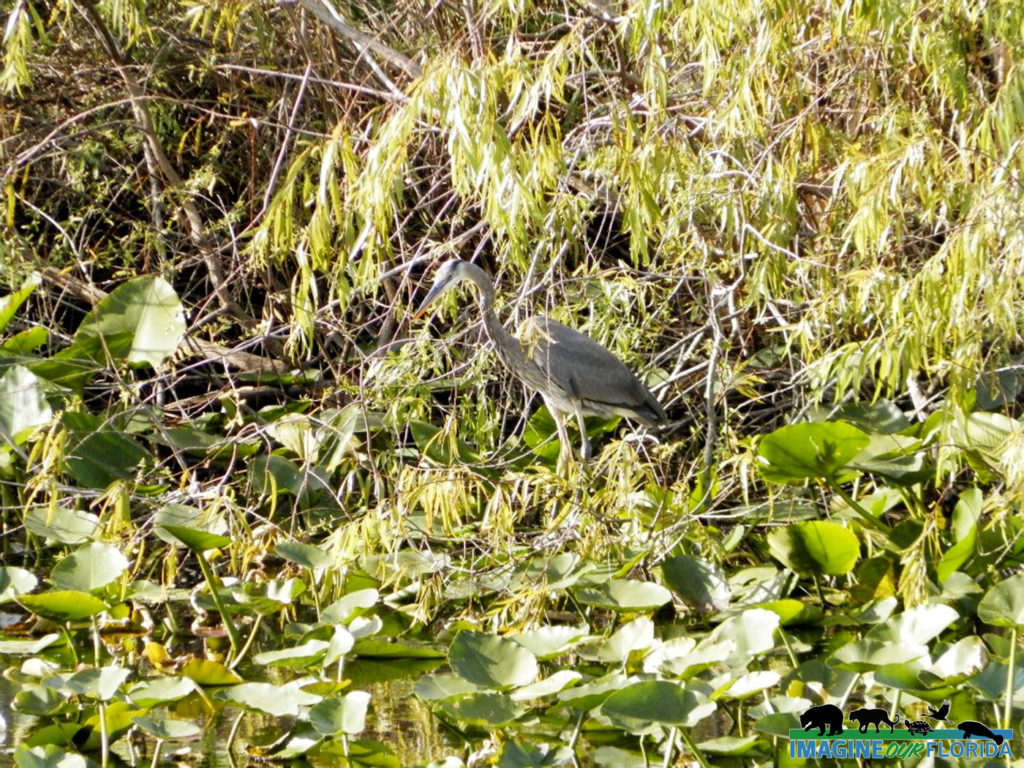
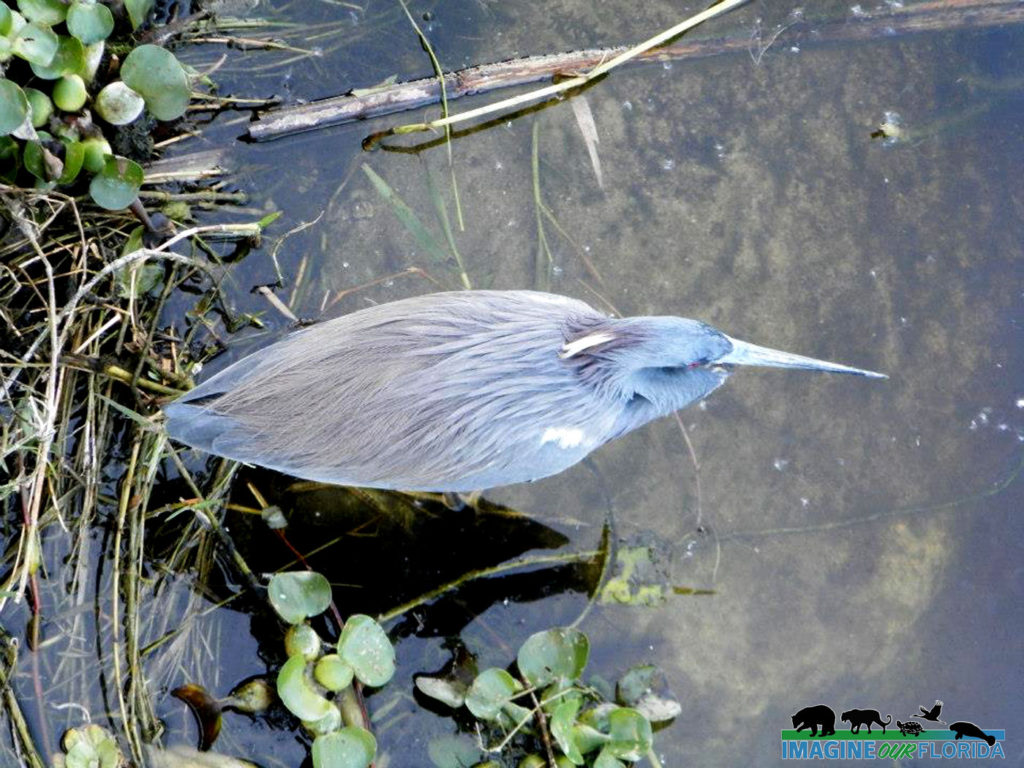
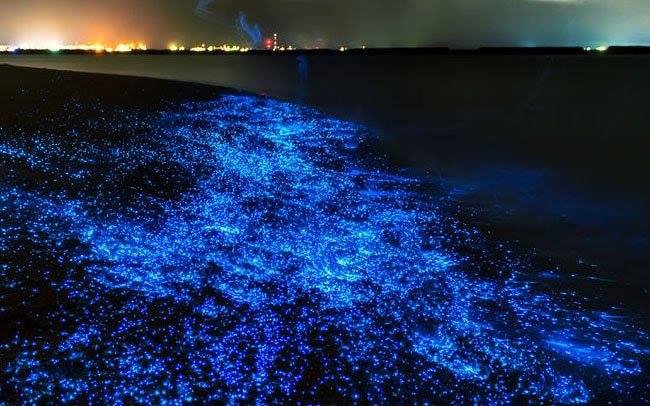
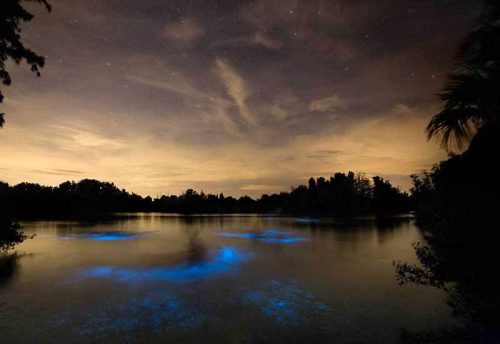
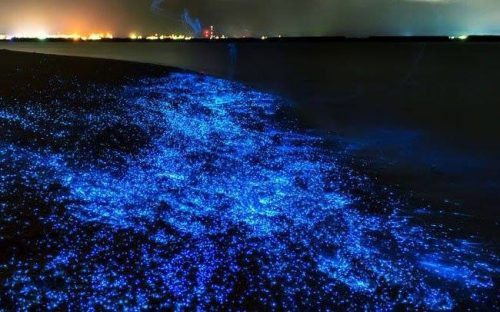
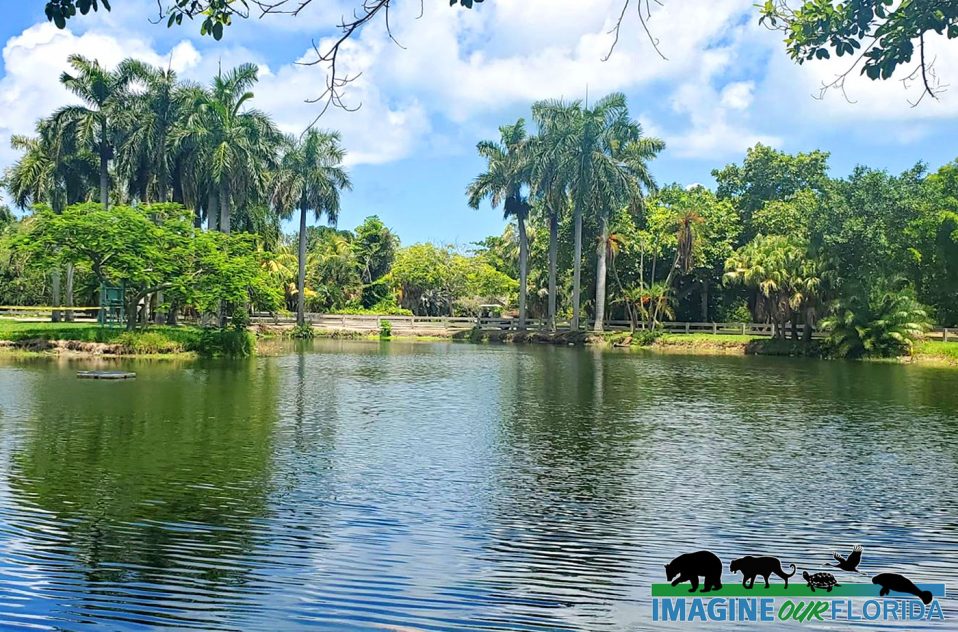
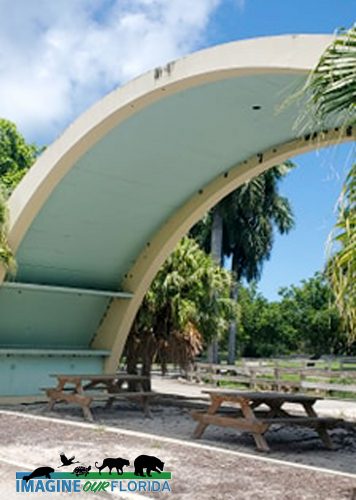
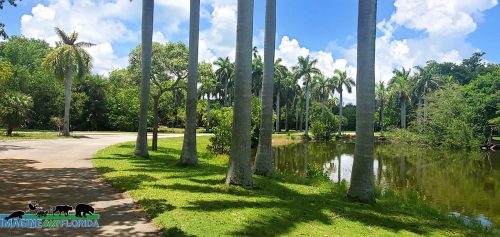
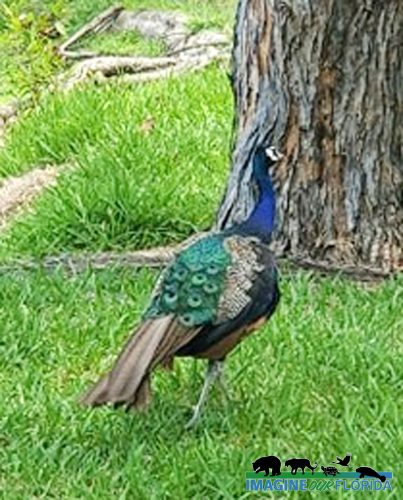
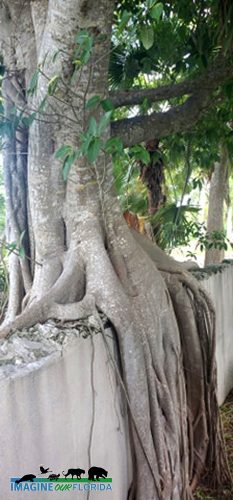
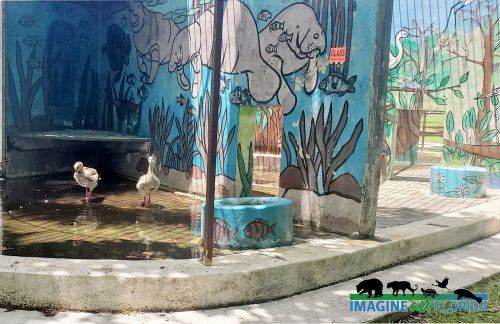

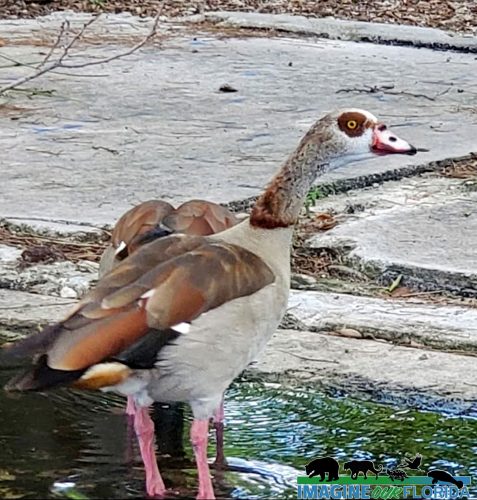
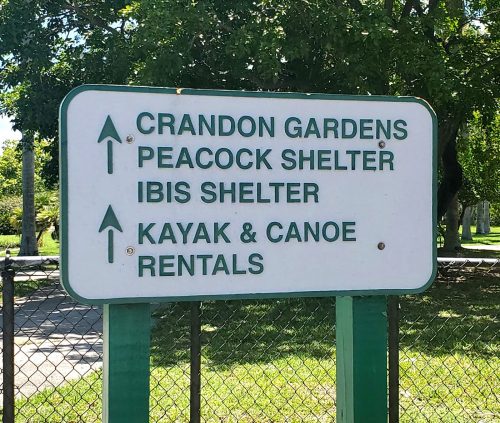
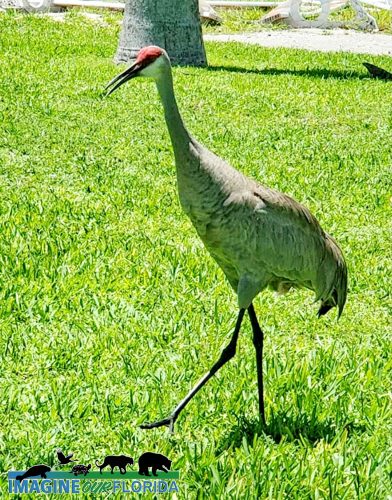
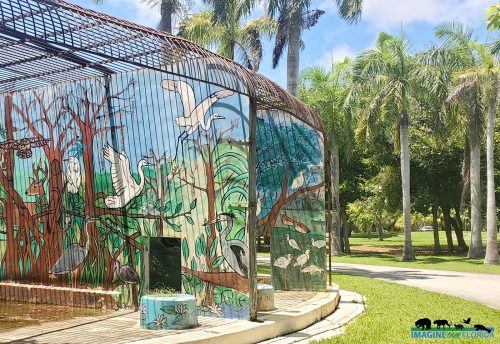

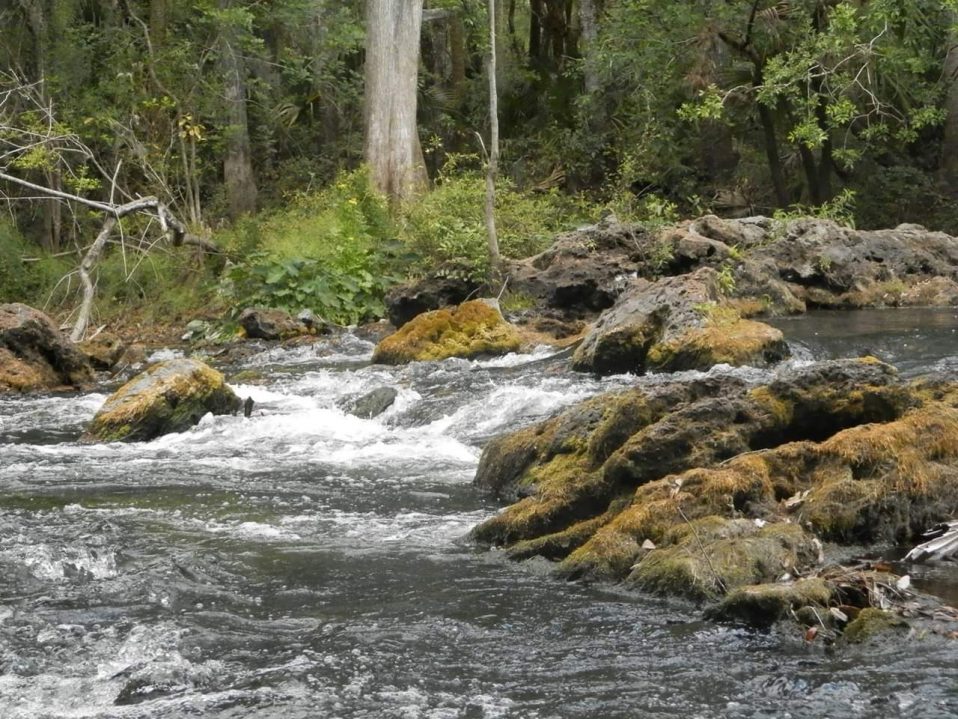
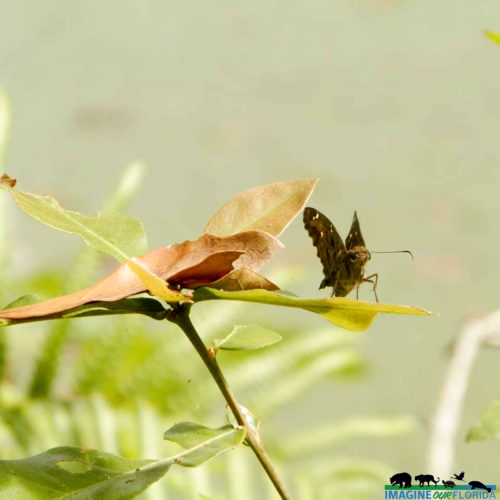
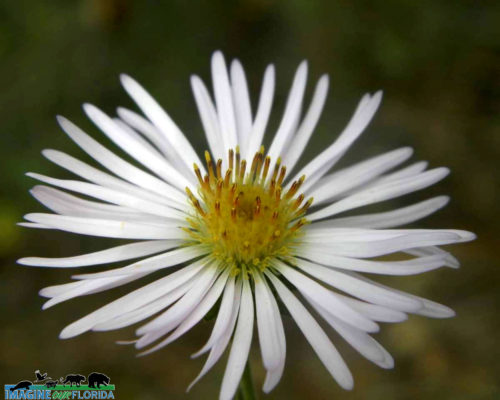
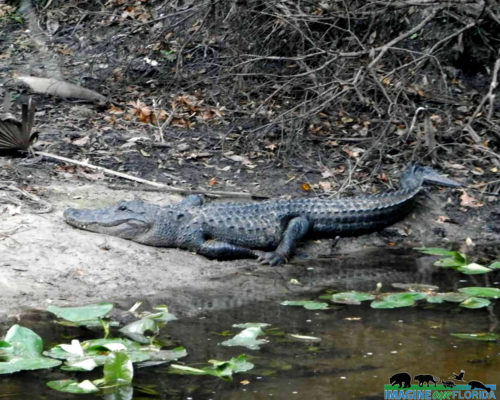
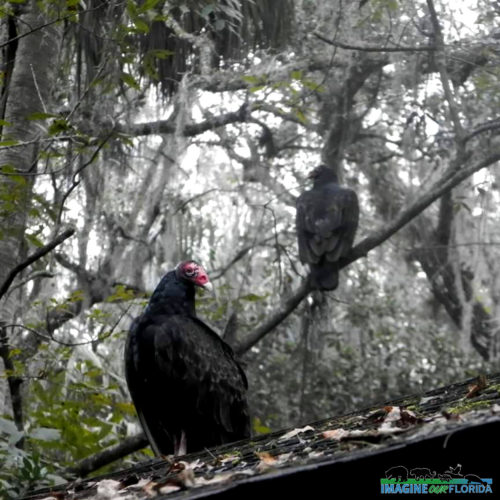

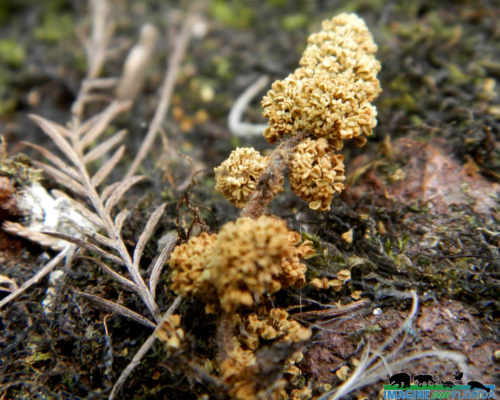
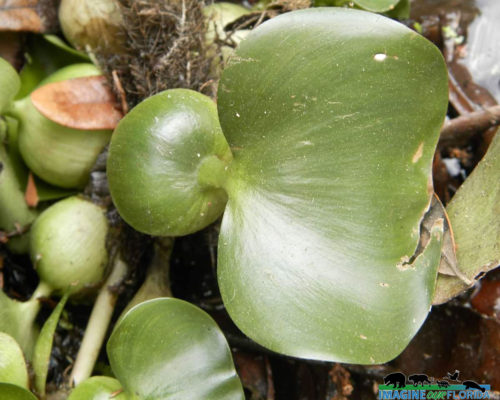
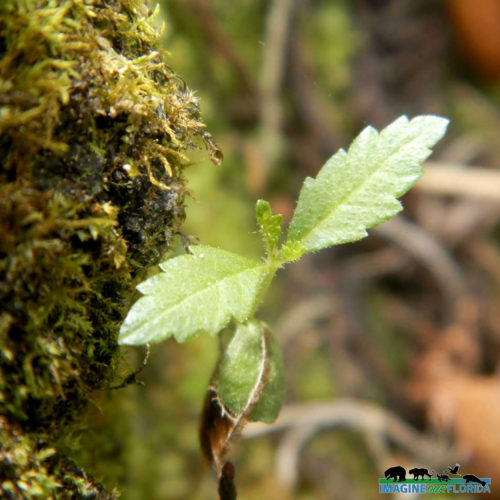
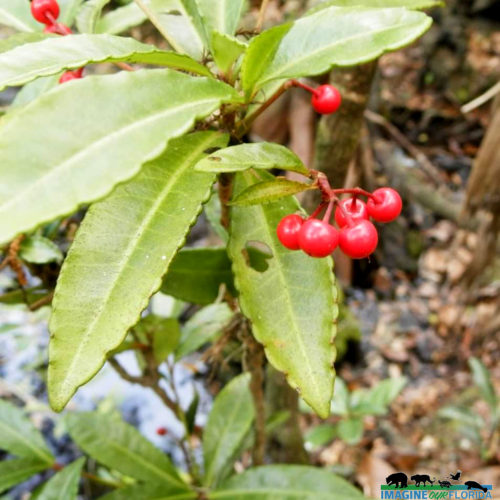
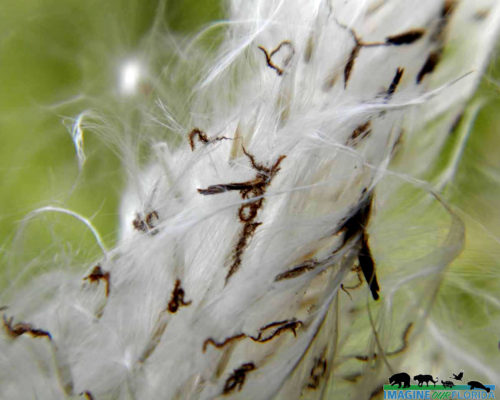
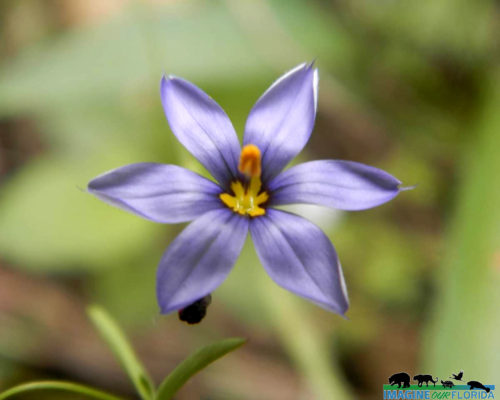
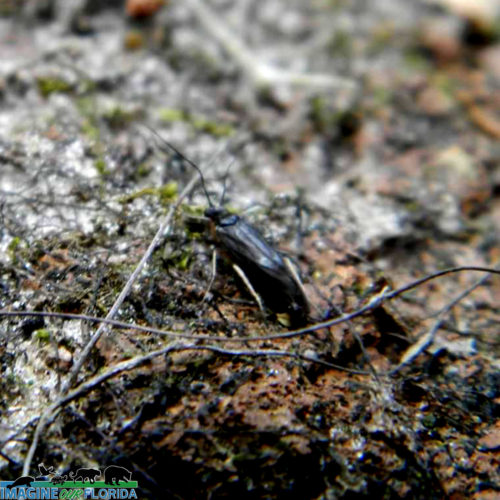
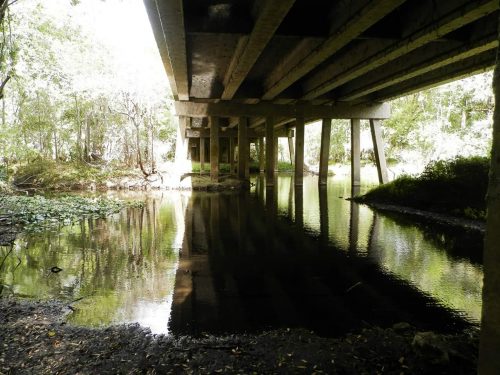
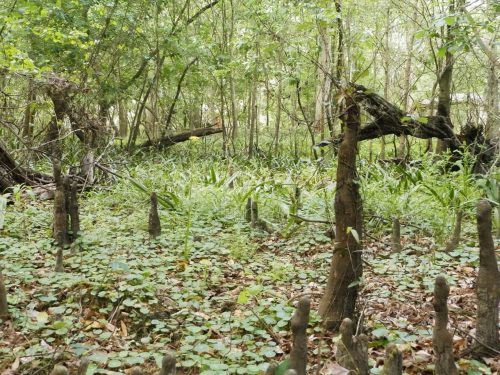
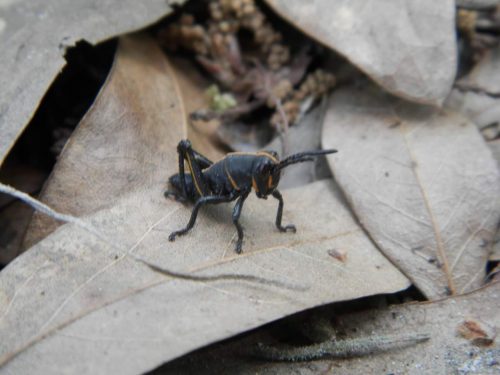
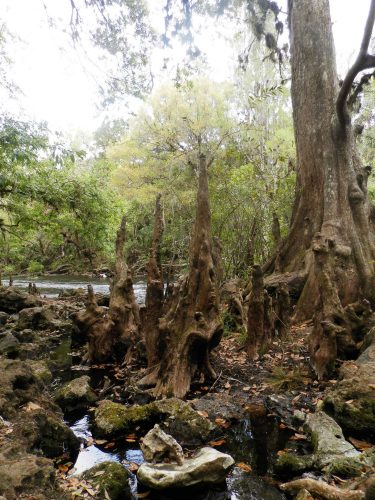
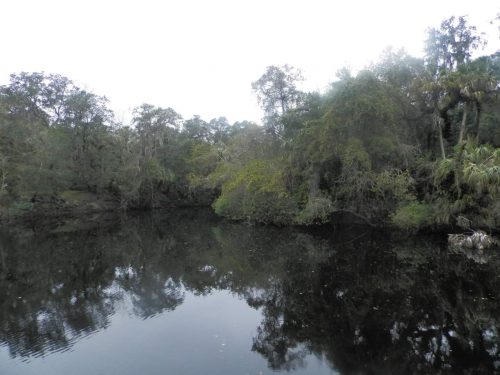
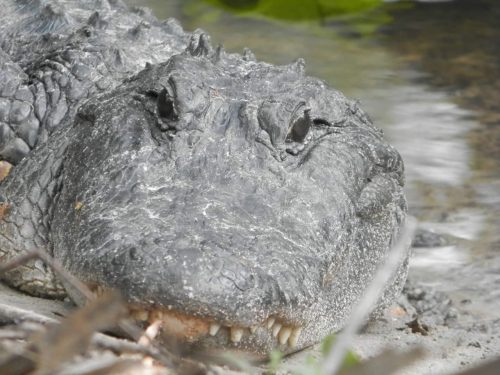
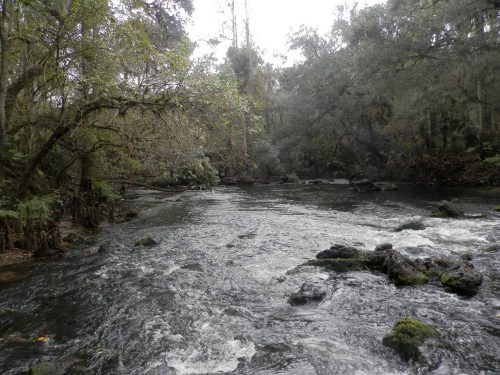
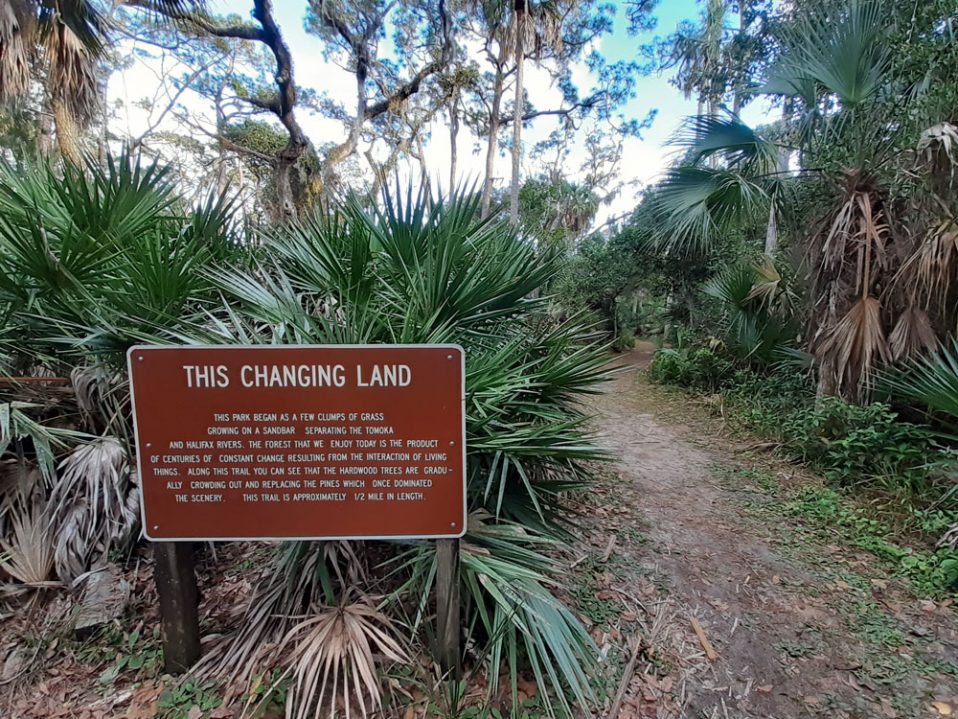
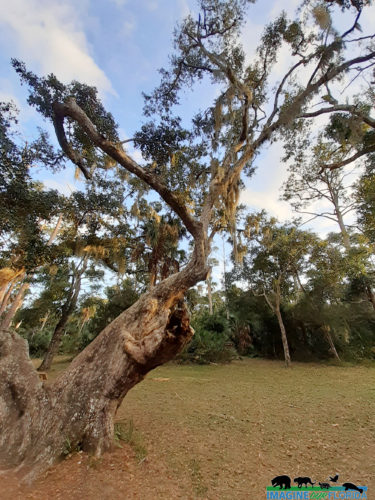
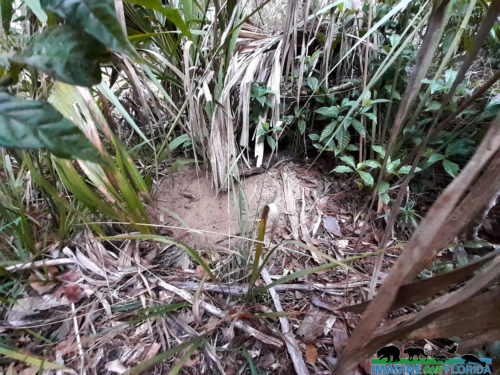
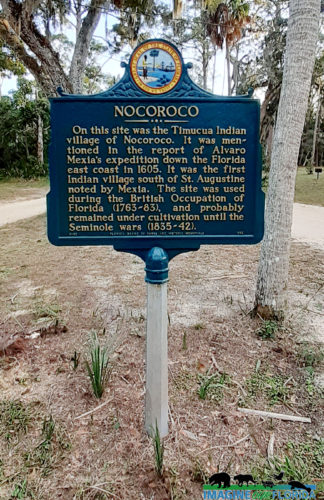
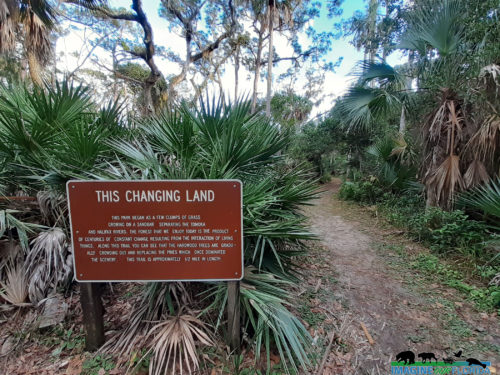
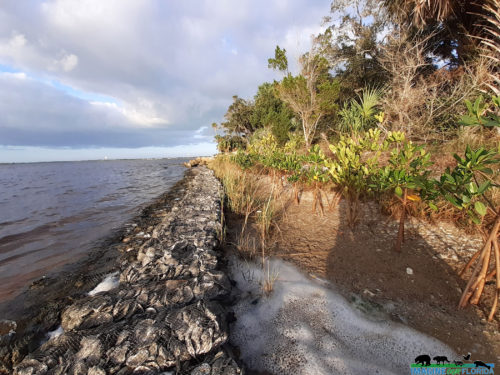
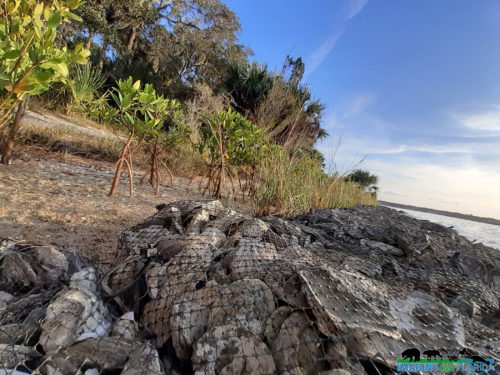
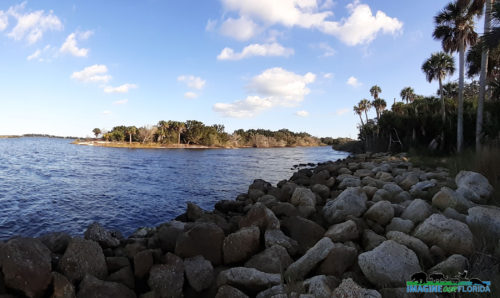

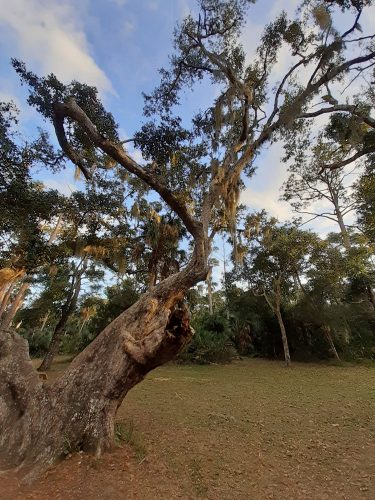
Recent Comments